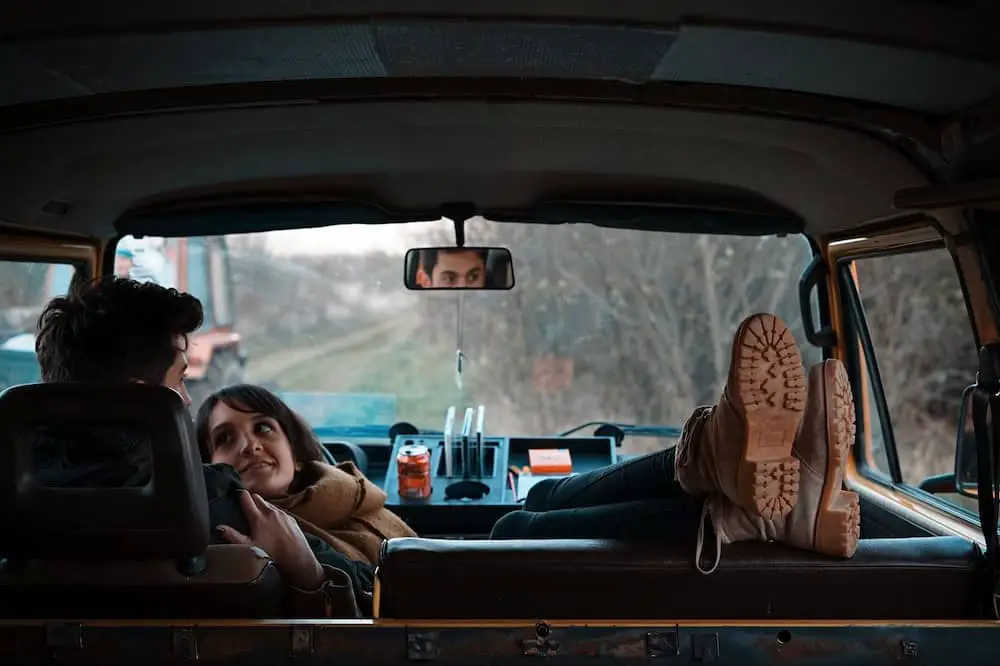Road trip stories are basically mythic journeys. Usually, a group of friends or family are travelling together instead of alone. As well as meeting a succession of opponents along the way they argue among themselves. The Minotaur opponent who comes in from outside either binds them together or (in a tragedy) drives them apart. Occasionally a single character embarks upon a road trip, such as the butler in The Remains of the Day. This man has no family, and that is the point. But characters from his past travel ‘with’ him in the car; they are there in his memory. This story necessarily relies heavily on flashback.
The road trip is a specifically American story form:
[The road trip is] a Hollywood genre that catches peculiarly American dreams, tensions, and anxieties, even when imported by the motion picture industries of other nations.
Steven Cohan and Ina Rae Hark
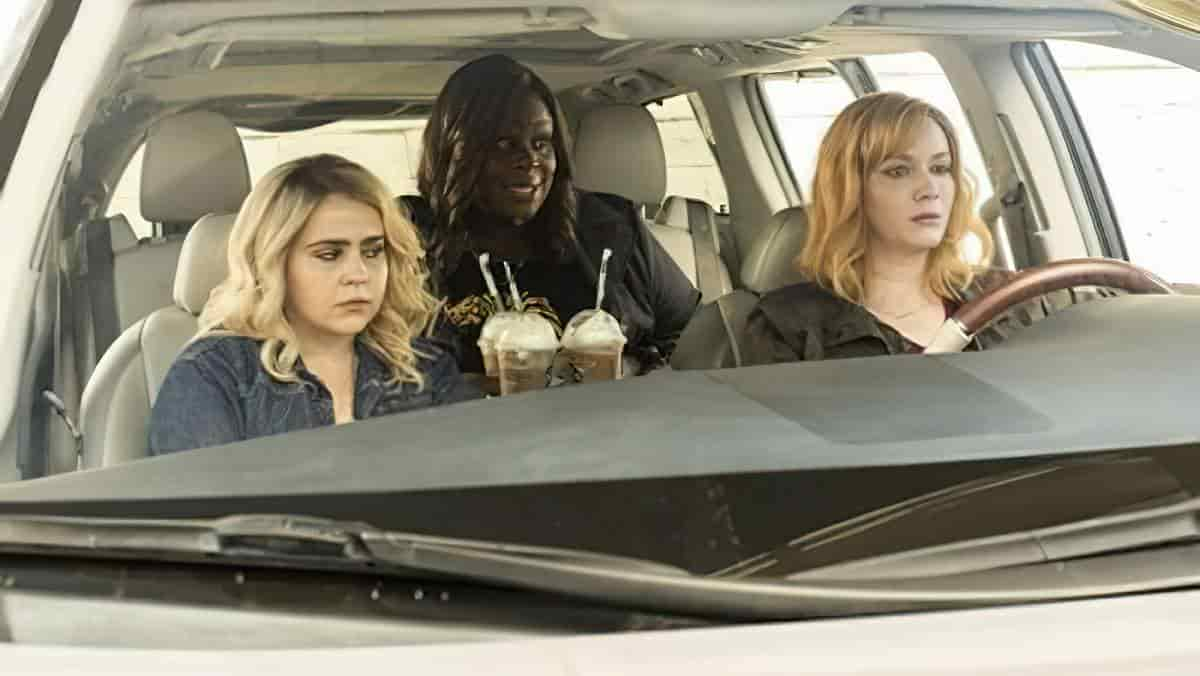
MOTIFS AND SYMBOLS ASSOCIATED WITH THE ROAD TRIP
- Famous highways such as Route 66
- Side roads
- Beat-up classic convertibles
- (Abandoned) gas stations
- (Spooky) motels
- Diners
- (Menacing) trucks
- (Criminal) highwaymen
- UFO sightings
- Rock n roll playing on the car radio
- Long, deserted roads
- Road signs
Sometimes the ‘road’ of a road trip is actually a river. (In stories, a river can function symbolically as a road.) In an American (or Australian) road trip story especially, hotels and motels may play a significant role within the setting.
Having apparently graduated from their secret schools, today’s YA-novel teens are all headed to the stars on colonial trips… when they’re not on road trips, but same thing, right?
@RogerReads
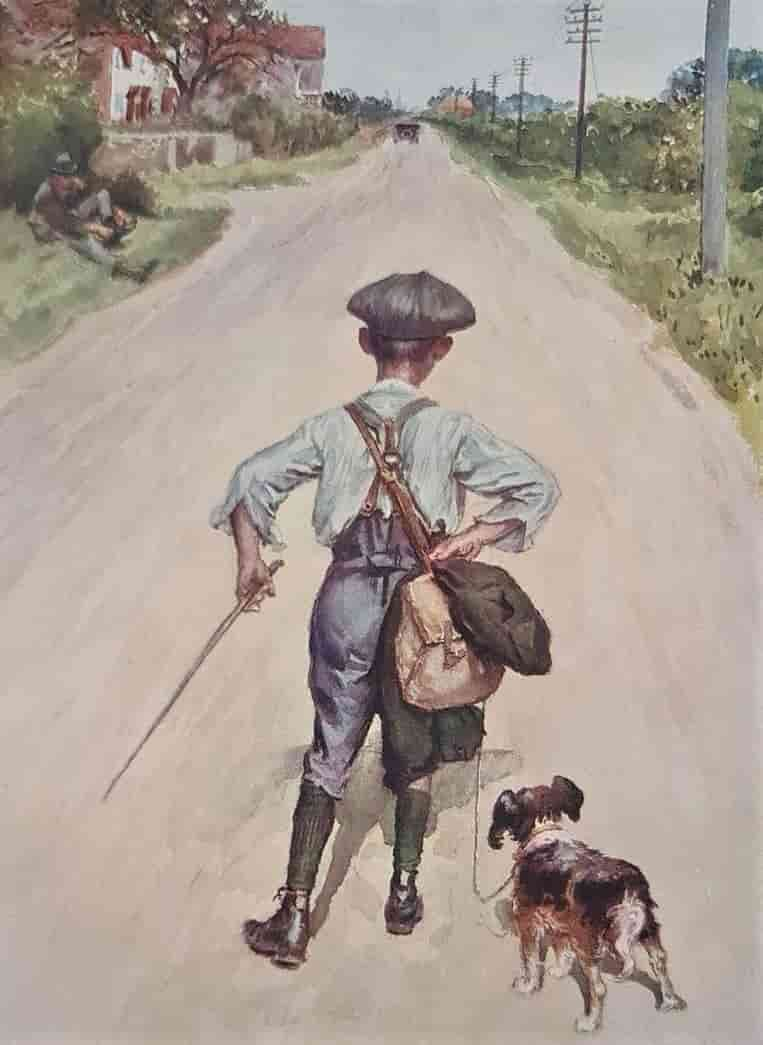
The trip to the stars is not so much a ‘road trip’. Think of it like this: The trip to the stars and the road trip are both subcategories of the Odyssean mythic journey. This story is at least 3000 years old. The hero is a traveller. After getting in touch with the unknown in his wanderings, the traveller experiences a mythological and ontological shift. (Ontological: to do with the nature of being.) The road trip is a type of transgression. The traveller leaves home (known) and ventures into the unknown, where they will encounter the other. These two basic groups go by various other names.
Travellers: Wanderers, radicals and nomads.
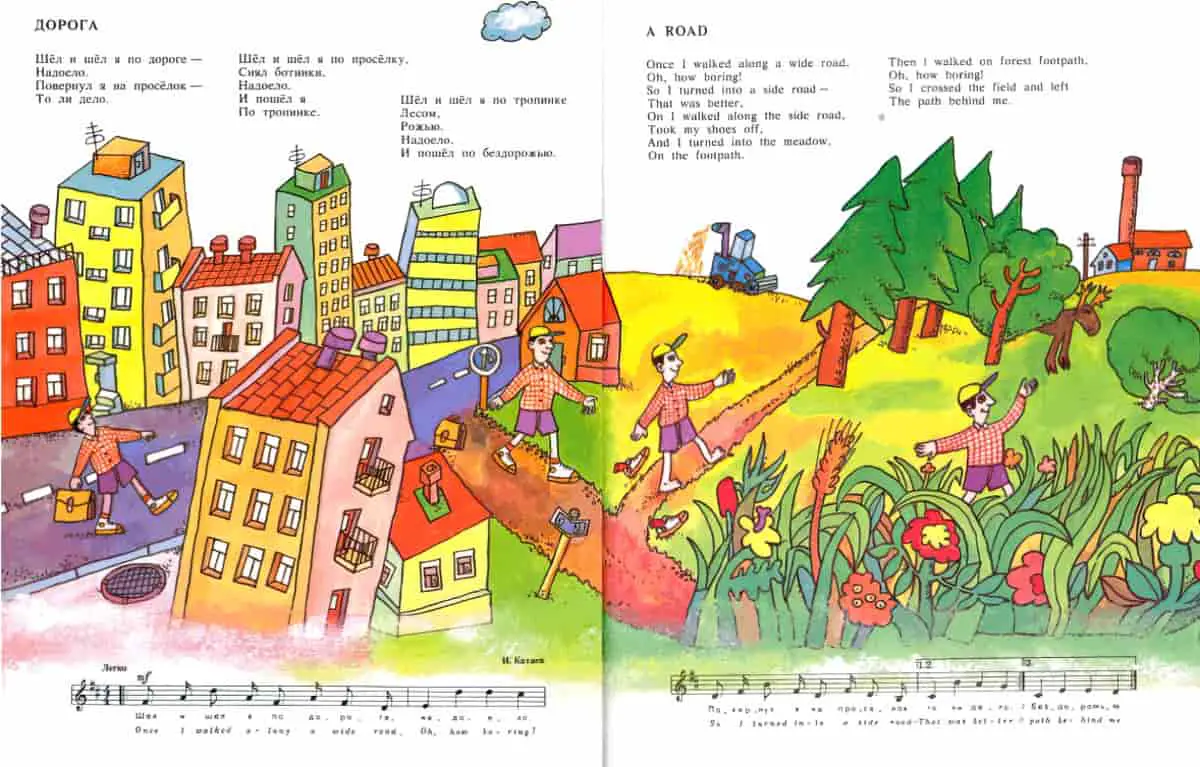
Home-bodies: Cave-dwellers, static, conservatives.
THE DIFFERENCE BETWEEN THE ROAD AND THE TRAIL
Before road networks were developed, many stories (in fact most) centred around a journey. But there’s a marked difference between what we might call a ‘trail’ journey and a journey which takes place on a highway or well-maintained road.
The trail is for nomadic forms of travel. The nomad moves freely, both spatially and mentally.
The principle of a nomadic journey is the trajectory, not the points, which arise only as a consequence of the journey. Nomadism thus represents a different approach to space than sedentary life. The essential difference can be demonstrated using the example of a road in opposition to a nomadic trail. The road represents the sedentary way of life “to parcel out a closed space to people”, whereas the trail does the exact opposite: it “distributes people (or animals) in an open space.” A sedentary space is “striated” by walls, enclosures and roads while nomad space, marked only by temporary traits displaced with the trajectory remains “smooth”. The nomadic journey is variable; it involves changes of direction because they are determined not only by the oases but also by nature as such: the road can be shifted by temporary vegetation or local rains etc.
Concepts of Space in Victorian Novels
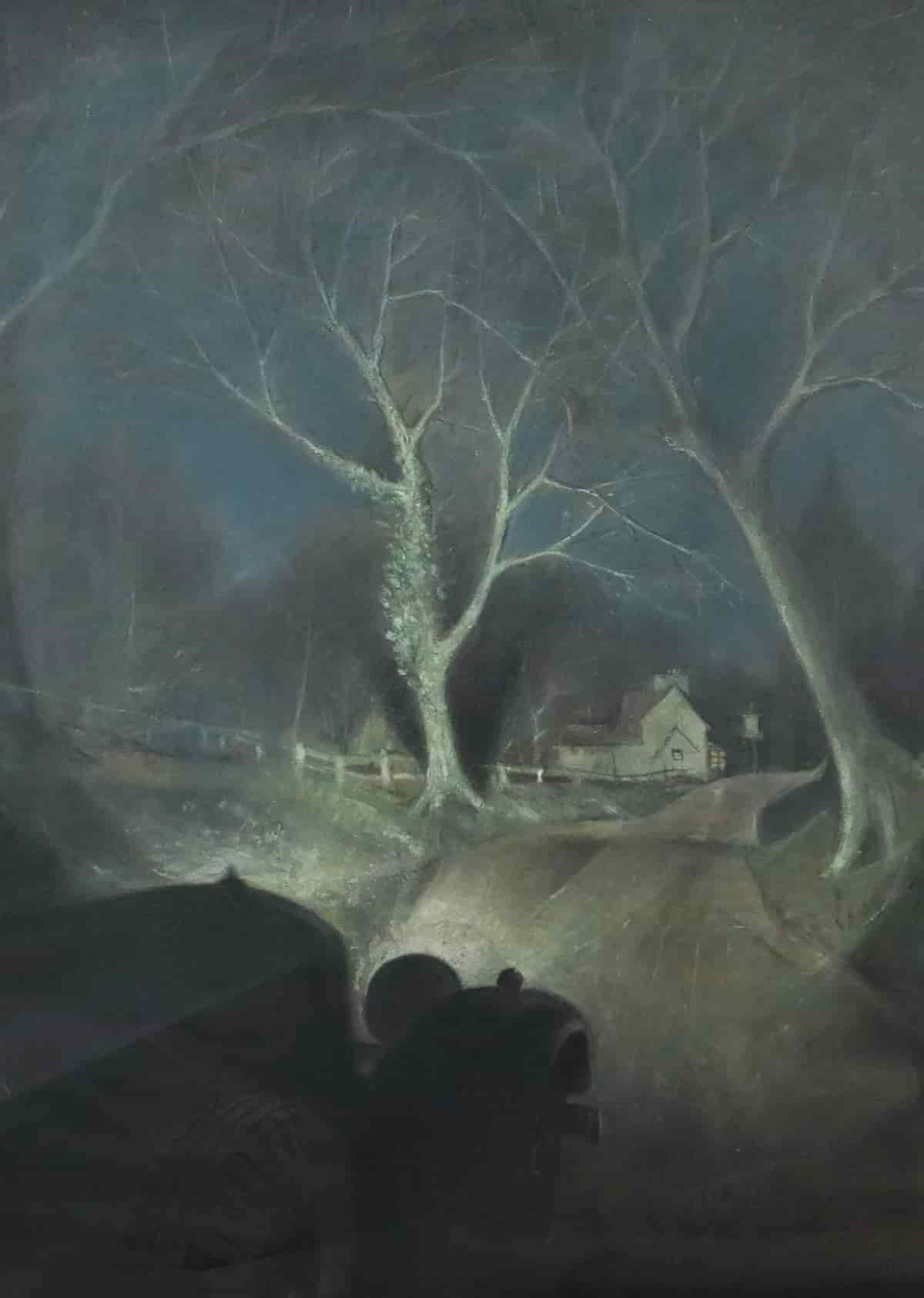
ODD COUPLE ROAD TRIPS
Some critics consider road trips, especially odd couple road trips (where two conflicting characters are stuck in a cramped space together, a ‘lazy genre’. Adam Mars-Jones said that of Lorrie Moore’s odd couple road trip short stories in her Birds of America collection, while acknowledging that the form provides her with some needed structure. He uses the phrase ‘basically travelogue picaresque’.
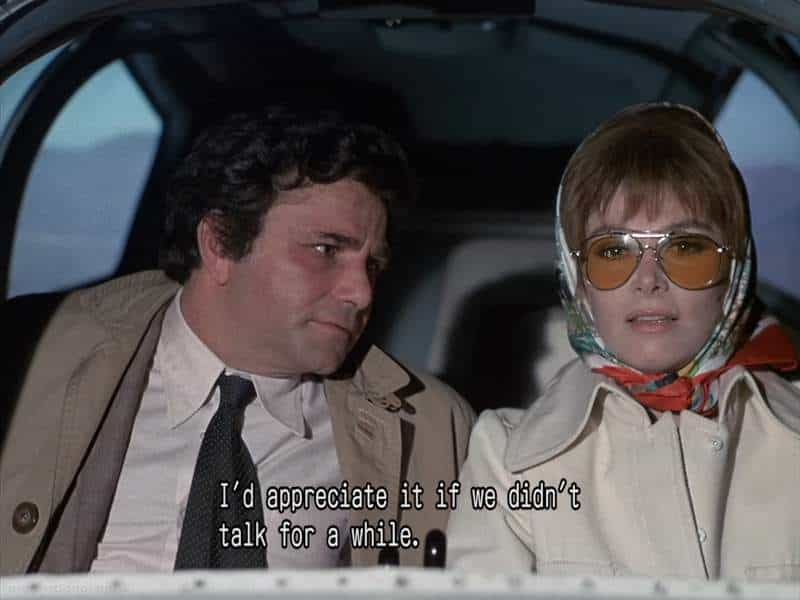
THE PICARESQUE
Why is ‘picaresque’ a borderline insult?
PICARESQUE: relating to an episodic style of fiction dealing with the adventures of a rough and dishonest but appealing hero. This hero is called a ‘picaro’. He is from one of the lower strata of society. In old Romance stories, his function is to subvert and parody chivalric medieval knights. He’s a deceitful trickster and morally dubious, but he survives with his resourcefulness, which makes the picaro so fun to watch. (Macgyver was the ultimate resourceful guy, and he was super popular back in the 1980s.)
Picaresque stories comprise a series of loosely linked episodes. The ‘road trip’ serves as the through-line of the story, but there are regular digressions in the narrative.
Therein lies the main issue with road trip stories, because modern audiences don’t have a huge tolerance for episodic fiction. Road trips are inherently episodic, because the characters are travelling from one location (episode) to the next. Unless the episodic feel is overcome by the writer, road trip stories can feel like ‘one damn thing after another’.
The episodic feel can be overcome in a few different ways, but one of the most popular is to make an opponent keep cropping up. In Thelma & Louise this is the Brad Pitt character. Even after her is gone from Thelma and Louise’s life, we still see what happens to him. Then there’s the truck driver who ends up getting his truck burned out. We see him more than once.
The road trip story can also be unified with a separate plot thread. Thelma & Louise also utilises this trick, with the story of the police officers stationed at Thelma’s house. In contrast to Thelma and Louise, who are up to all sorts of crimes, the officers are sitting in front of the TV, waiting around the house for a traceable phone call.
Traveler, there is no path. Paths are made by walking.
Antonio Machado (1875-1939)

A BRIEF HISTORY OF AMERICA’S ROAD CONSTRUCTION
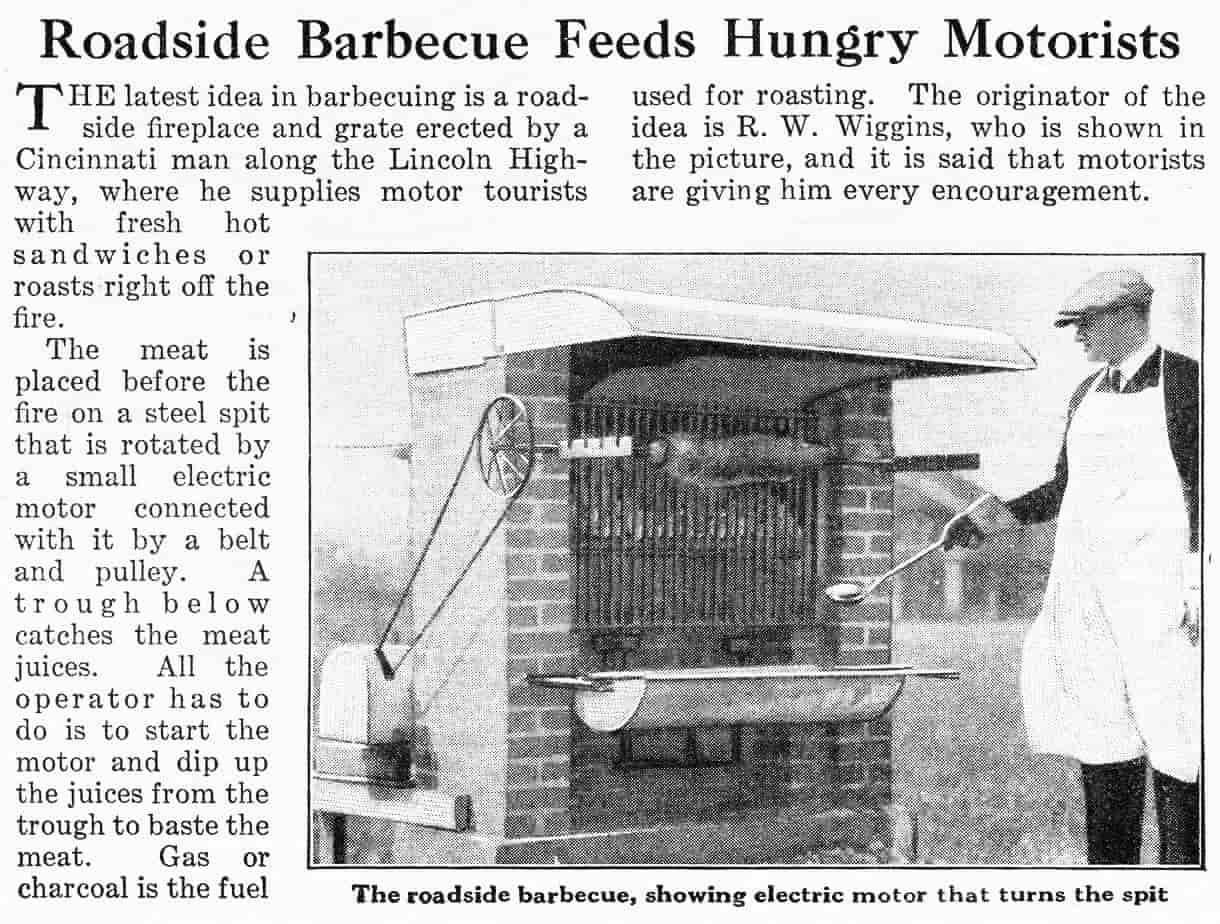
- America’s road network first comprised highways asphalted in the 1930s during the New Deal policy of Roosevelt.
In Asphalt: A History (U Nebraska Press, 2021), Kenneth O’Reilly provides a history of this everyday substance. By tracing the history of asphalt—in both its natural and processed forms—from ancient times to the present, O’Reilly sets out to identify its importance within various contexts of human society and culture. Although O’Reilly argues that asphalt creates our environment, he believes it also eventually threatens it. Looking at its role in economics, politics, and global warming, O’Reilly explores asphalt’s contribution to the history, and future, of America and the world.
Asphalt: A History, interview at New Books Network
- 1955: Funding approved for the National System of Interstate and Defense Highways, the most expensive road network ever built. This will traverse USA and pass through urban centers.
- 1957- mid 1980s: Construction of the NSIDH
- Highways, like railroads had been, were a very visual statement of technological progress.
In the first half of the twentieth century, urban elevated highways were much more than utilitarian infrastructure, lifting traffic above the streets; they were statements of civic pride, asserting boldly modern visions for a city’s architecture, economy, and transportation network. Yet three of the most ambitious projects, launched in Chicago, New York, and Boston in the spirit of utopian models by architects such as Le Corbusier and Hugh Ferriss, ultimately fell short of their ideals.
Modern Mobility Aloft: Elevated Highways, Architecture, and Urban Change in Pre-interstate America (Temple UP, 2020) is the first study to focus on pre-Interstate urban elevated highways within American architectural and urban history.
interview at New Books Network
- American economy is boosted, especially transport and construction sectors
- Freeways contain urban sprawl, and leads to a new kind of residential environment known as “suburbia”.
- In the space of about 20 years, the majority Americans migrate in to these suburbs. In the 1950s alone, 19 million Americans moved to the suburbs surrounding the six major cities.
- White people were able to buy a nice house in these suburbs through low interest loans. For everyone else, it was impossible. Camps and parks were developed to shelter about a fifth of Americans in mobile and transportable housing.
- America now had a clear three-class housing system: Homeowners, campers and tenants. Over the course of a lifetime, homeowners pay the least for their housing. Homeowners are able to accumulate far more assets.
- The richest Americans were able to buy housing in low density areas which excluded non-housing land use and other social classes.
- At the interchanges of the interstate highway system: office buildings, malls, motels, chain restaurants. These are found at the periphery of cities.
- In order to get around, families really need a car. Car ownership became affordable for the majority of Americans in the 1920s and took off from there.
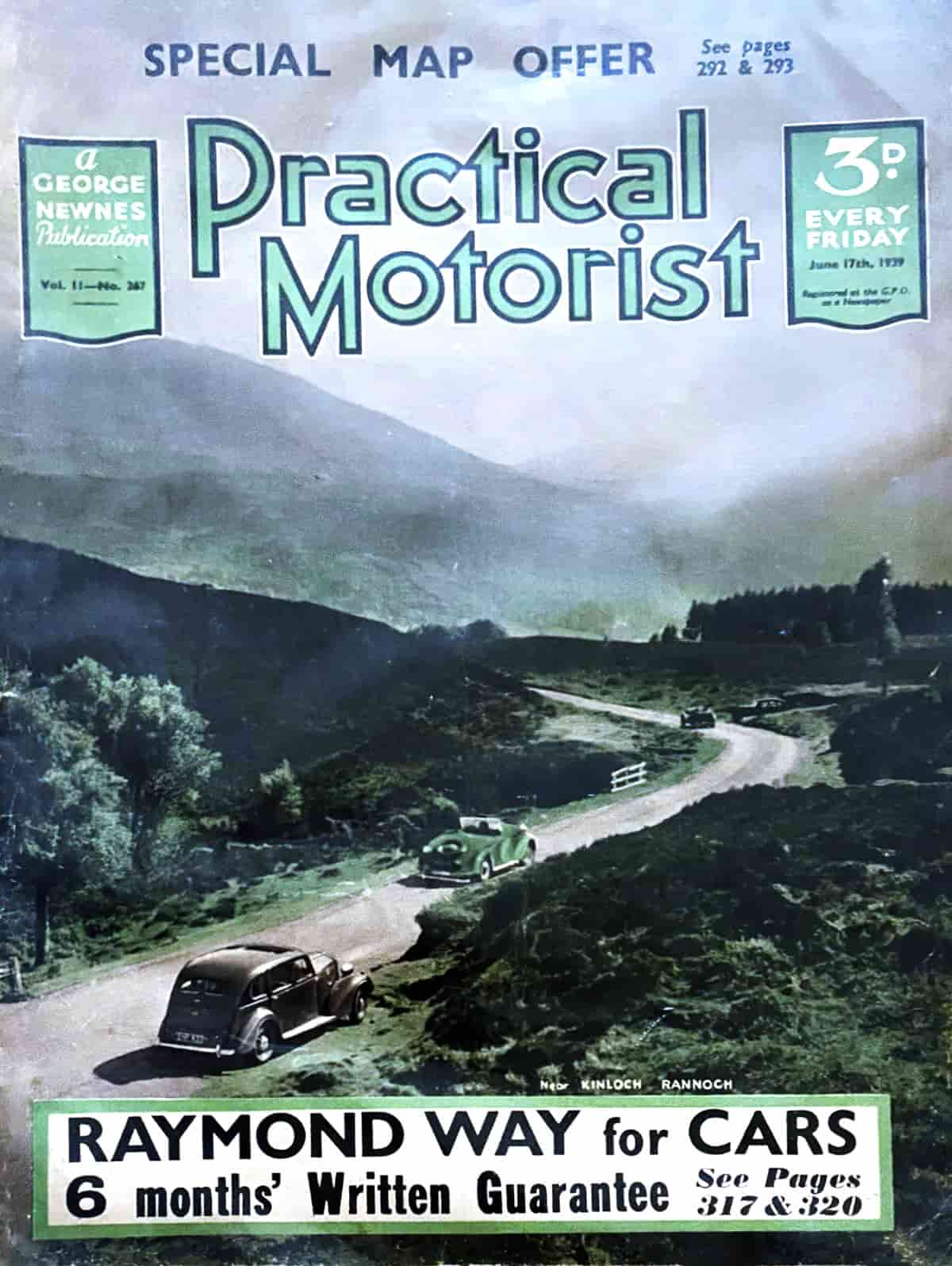
- Those who didn’t move in to the cities and suburbs now experienced financial and social decline. Towns surrounding the old road network (the highways) were affected. Towns which depended on through-traffic for survival were abandoned. (Examples: Shamrock in Texas and Two Guns, Arizona.)
- Suburbs became the theatre stage of social conformity and hives of social interaction. (In this context, ‘theatre’ refers to a ‘safe’ setting where things play out predictably, in contrast to the wilderness.)
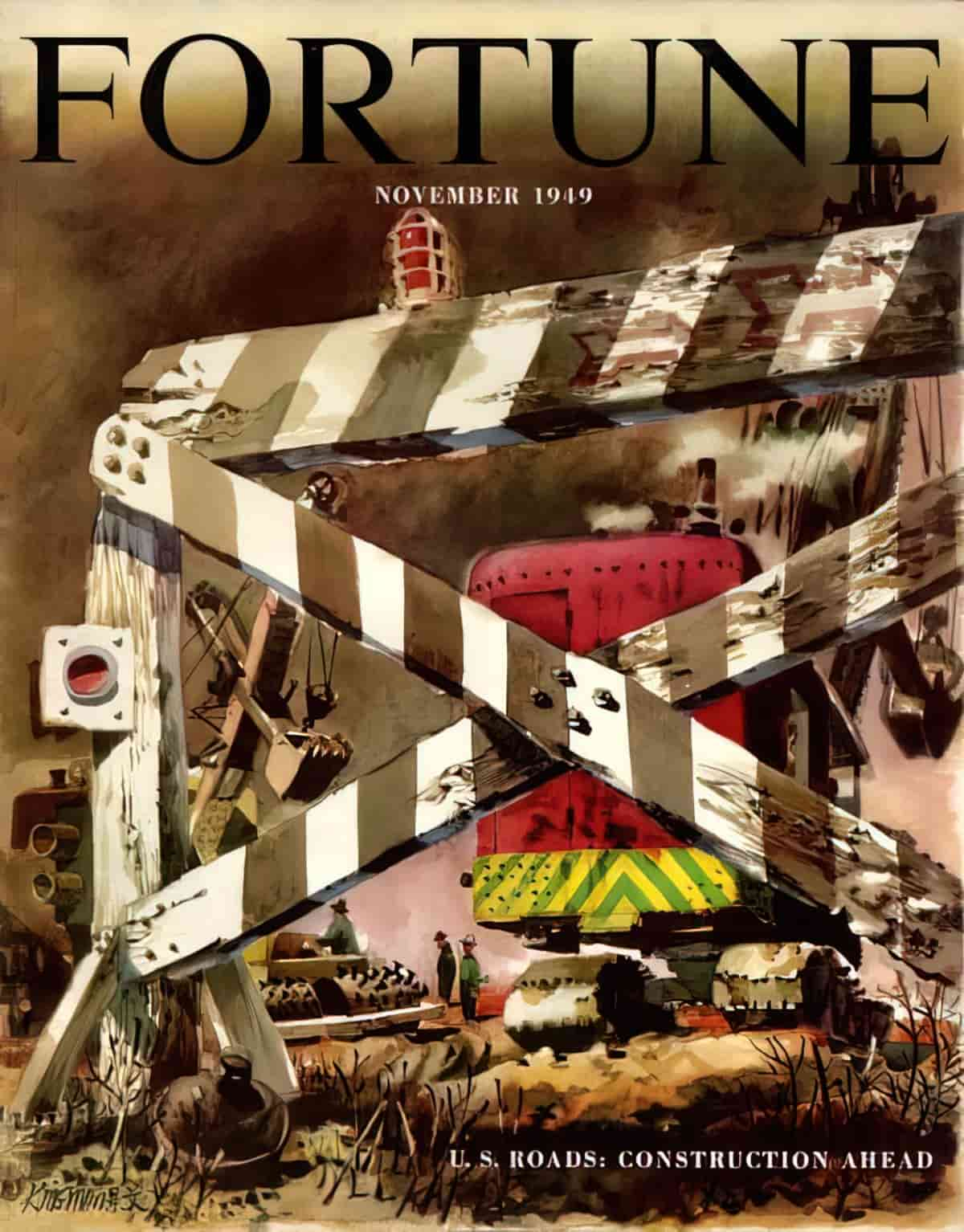
THE VANISHING HITCH-HIKER
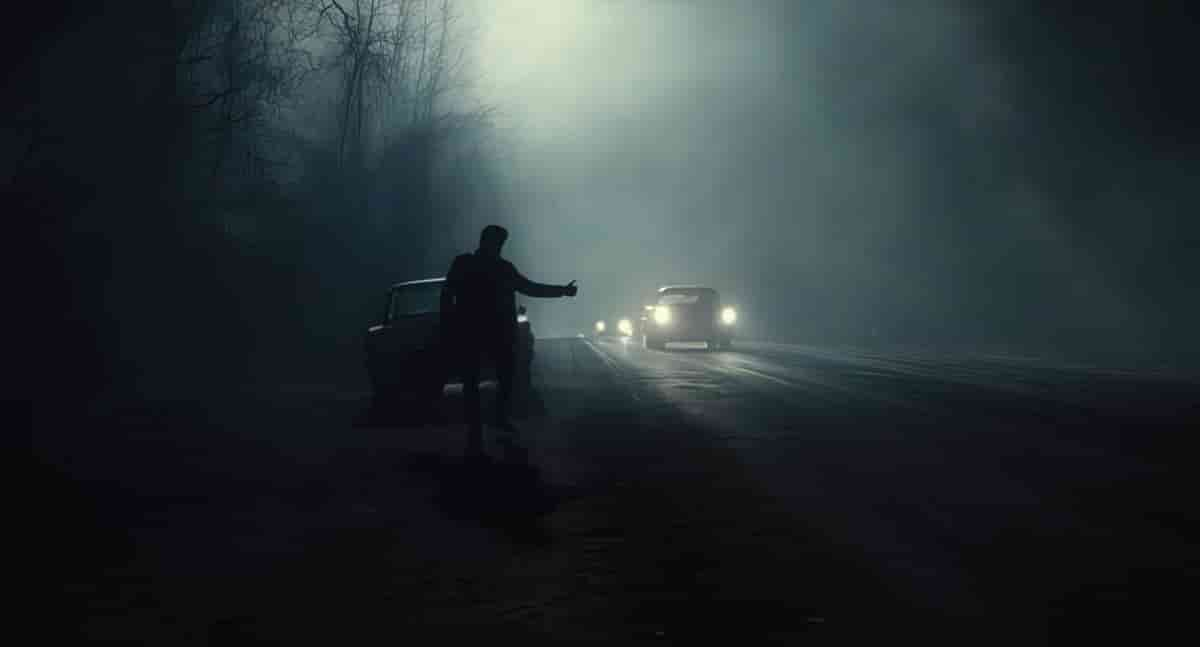
The road trip story is especially popular in America. The construction of the road network transformed the American landscape, and this had an effect on stories as well. The very old mythic journey was now pasted onto sprawling, urbanised landscapes, and it works equally well.
The story of the vanishing hitch-hiker is an example of a story-type which came out of the sprawling, urbanised America, but its origin is very old:
The origin of the story of the vanishing hitchhiker can be traced all the way back to a passage in the New Testament, where the Apostle Philip has an encounter with an Ethiopian whom he picks up in his chariot; Philip goes on to baptize the Ethiopian and then, mysteriously, disappears. (cf. New Testament, Acts 8: 26-39). This motif has been followed in almost every road myth, and the traveler has often represented a particular type of “Wisser” [wanderer]: even if he’she has not yet found satisfying answers to questions, he has certainly won the right to spin tales and narratives of strange and faraway places and transcendental experiences.
The archetypal road-myth: from the highway to the Matrix
Once Americans started to own cars in large numbers, the hitch-hiker story came back as an urban legend. First traces of the new permutation were found in Southern California in the 1930s. (SoCal had the highest rate of 1930s car ownership.)
Basic Structure of a Vanishing Hitch-hiker Story
- SHORTCOMING: A car driver travels at night to an unfamiliar place.
- OPPONENT: They notice a hitch-hiker and pick them up.
- PLAN: The hitch-hiker asks to be dropped off a few miles away.
- But before this happens, the hitch-hiker disappears from the car.
- ANAGNORISIS: Later, the driver finds out (somehow) that the hitch-hiker was a dead person, ie. the hitch-hiker was a ghost.
Road trip (or journey) stories in general allow characters to become someone else entirely by removing themselves from their ordinary day-to-day lives.
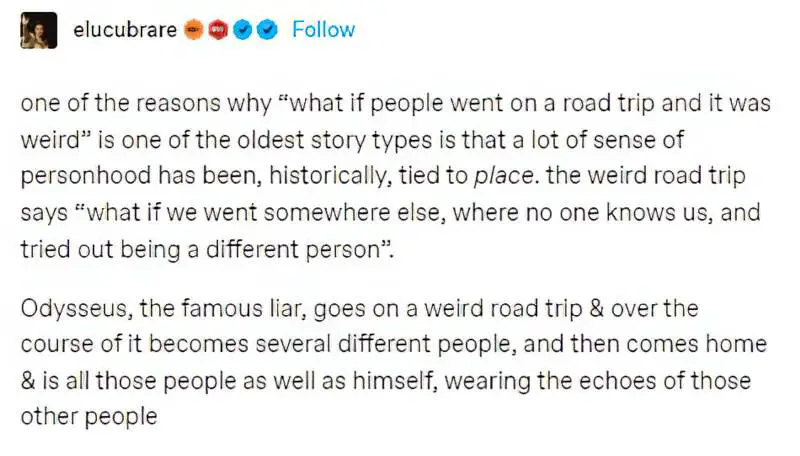
La manía de viajar viene de topofobía y no de filotopía; el que viaja mucho va huyendo de cada lugar que deja y no buscando cada lugar a que llega.
The mania for travel comes from topophobia and not from philotopia; one who travels a great deal does so fleeing each place that they leave and not seeking each place they come to.
Miguel de Unamuno, from Niebla/Mist
(Even hunter gatherers didn’t wander aimlessly. Many migration patterns were seasonal or annual. The movement of peoples does not mean their personhood was not tied to place or land. Instead, nomadic lives offered them a broader piece of the world to develop a relationship with.)
SETTING OF A VANISHING HITCH-HIKER STORY
Once America had its new interstate and defense highways, leaving a whole network of old highways with ghost towns behind, the hitch-hiker story changed to incorporate abandoned places into its setting. Ghost cities, abandoned gas stations and road houses are perfect horror spaces. The Texas Chainsaw Massacre (1973) is a film example. “You Know They Got A Hell Of A Band” (1992) by Stephen King is a short story example.
Now to the metaphorical setting. These stories function as cautionary tales. The message is simple: Stay on the Interstate and you’ll be safe, enclosed within the status quo. The Interstate is a ‘theater’, where safe and predictable social practices play out. In contrast, the (old) highway is a ghostly, magical, unpredictable and if you go there, bad things will happen to you.
But the old highway also offers adventurous (or unwitting) visitors a glimpse at ‘the truth’, which can only be glimpsed by deviating from the expected, predictable path. If you’re lucky enough to come out alive, you’ll come out with some deeper truth. You’ll come face to face with the metaphysical and your life will be changed forever (maybe cursed).
Interstate: the ‘frontier’, legitimate American space
Off the Interstate: ‘bridge’ to the unknown, to abandoned places, alien exteriors
The story that punishes travellers from wandering off the beaten track serves to discourage people from social transgressions which jeopardise the stability of the individual in society.
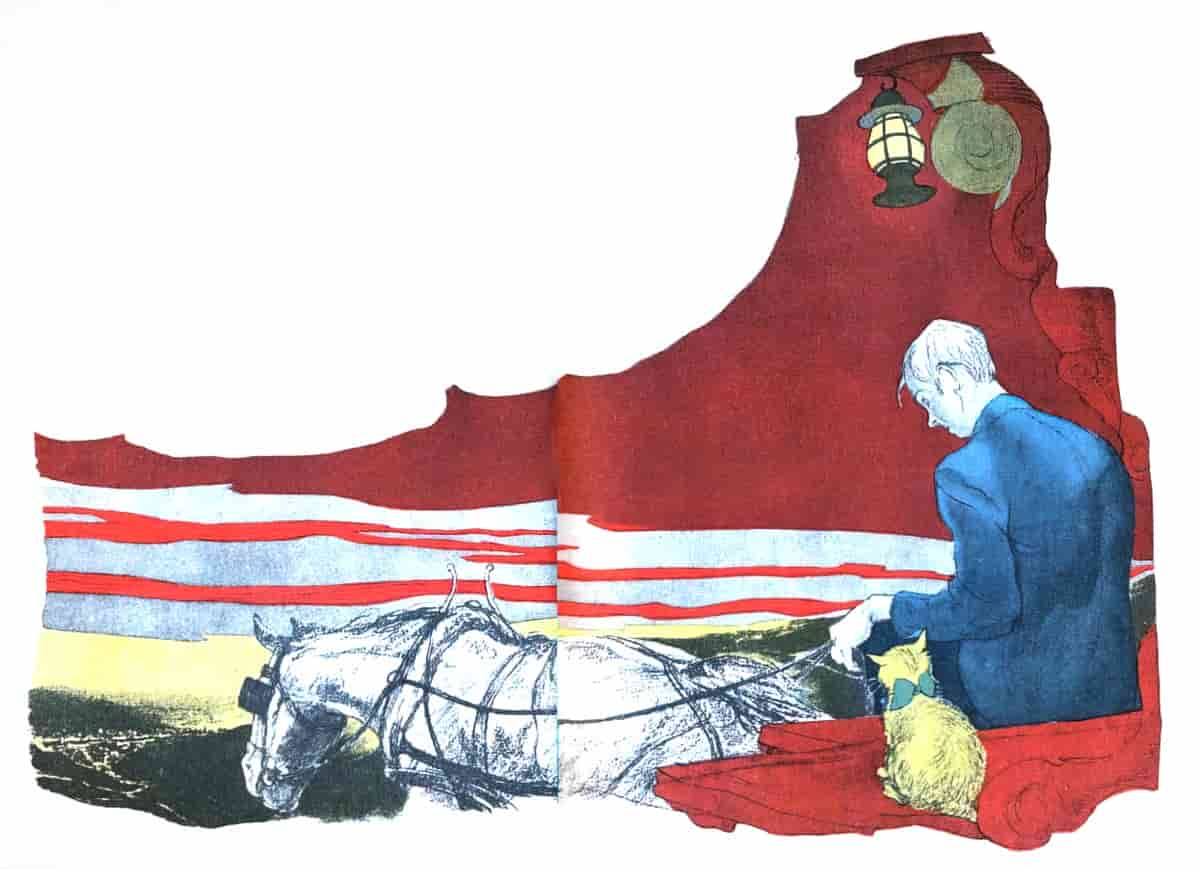
SUB CATEGORIES OF ROAD TRIP STORIES
I mark the signature of classic and contemporary Westerns, sundry types of road film (doomed/outlaw/lovers subgenre in particular), and the seventies “buddy” movie.
The Many Faces of Thelma & Louise
DOOMED ROAD TRIPS
In some of these stories the characters escape doom. In other stories they lose their lives. We don’t know the outcome until the end.
- Duel: Steven Spielberg’s first feature film, commonly regarded as “Jaws set on land”.
- Breakdown: An action thriller from the 1990s, obviously inspired by Duel.
- Wolf Creek: An Australian horror story in which young people on a driving tour encounter a psychopathic murderer. The Final Girl trope is used.
- “The Half-skinned Steer” by Annie Proulx is a darkly comic short story inversion of the picaresque road trip.
OUTLAW ROAD TRIPS
- The Homesman: Think of The Homesman as a Road Movie with a Western setting. The Homesman has more in common with Little Miss Sunshine (2006) than with The Great Train Robbery (1903).
- Tallulah: Elliot Page’s character is a bit of a trickster, criminal type. It starts out as a lovers’ trip but the boyfriend soon deserts her, which allows for a more feminist character arc.
LOVERS’ road trips
- American Honey which might also be a family road trip, with new, found family.
- The End of the Fxxking World is also a doomed road trip.
- Le Week-end is a road trip, albeit the older couple travel around Paris mostly by foot.
“The Road Looks Long”, a song by Soul Scratch, combines a love story with classic mythic structure.
BUDDY road trips
FAMILY road trips
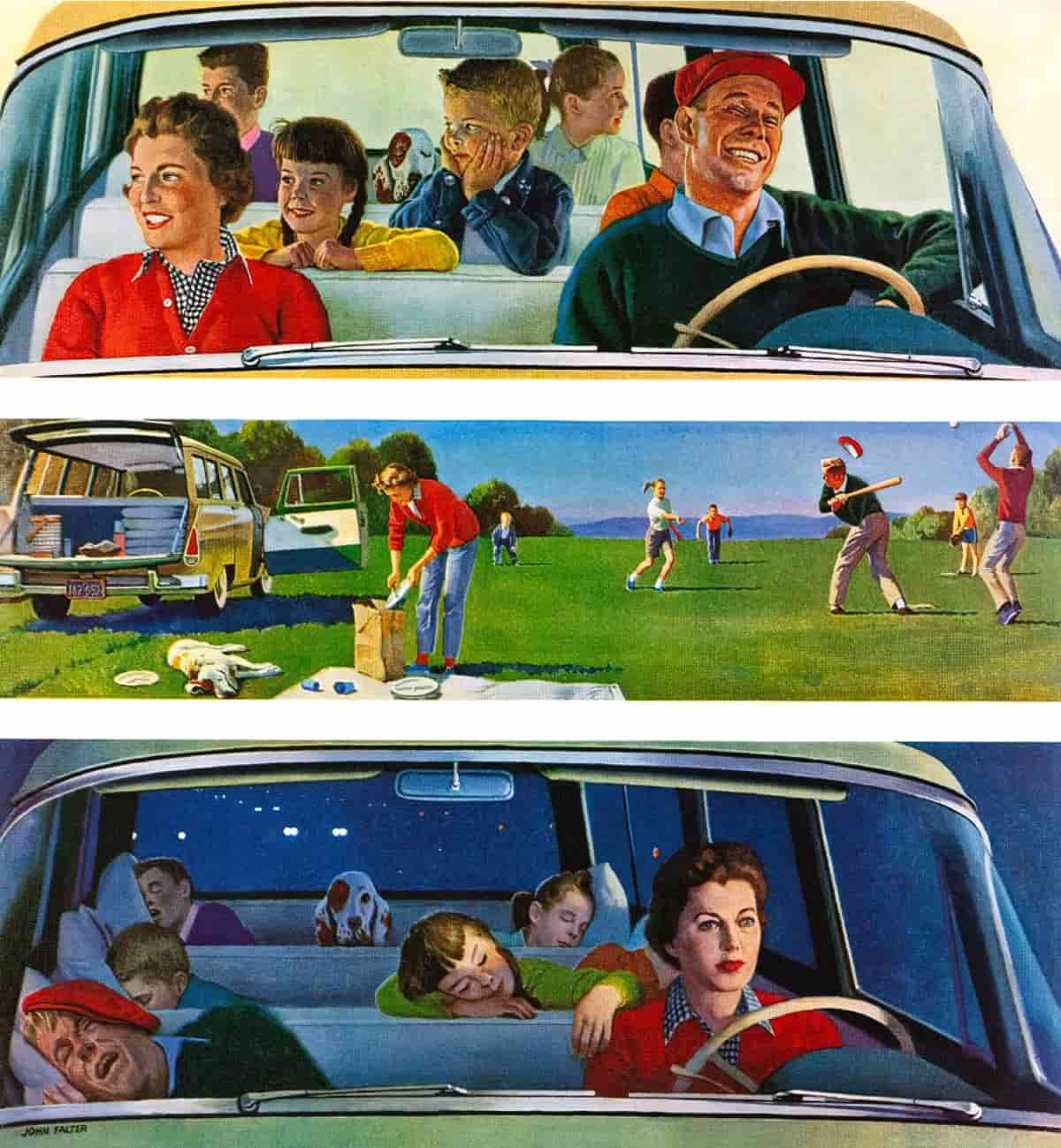
- Little Miss Sunshine
- Big Love, when the family go on a pilgrimage to historical Mormon sites.
- Gilmore girls is another series in which the characters go on a few trips together. These parts of the story follow the Road Trip rules of story.
- The River Wild is set on a river but might as well be a road, like many river journeys, including Deliverance, which is about a group of man friends.
- Diary of a Wimpy Kid, The Long Haul
- The River Between Us by Richard Peck
- Gilmore girls take a number of road trips together, such as “The Road Trip To Harvard”.
- See You In The Cosmos by Jack Cheng: 11-year-old Alex Petroski loves space and rockets, his mom, his brother, and his dog Carl Sagan—named for his hero, the real-life astronomer. All he wants is to launch his golden iPod into space the way Carl Sagan (the man, not the dog) launched his Golden Record on the Voyager spacecraft in 1977. From Colorado to New Mexico, Las Vegas to L.A., Alex records a journey on his iPod to show other lifeforms what life on earth, his earth, is like.
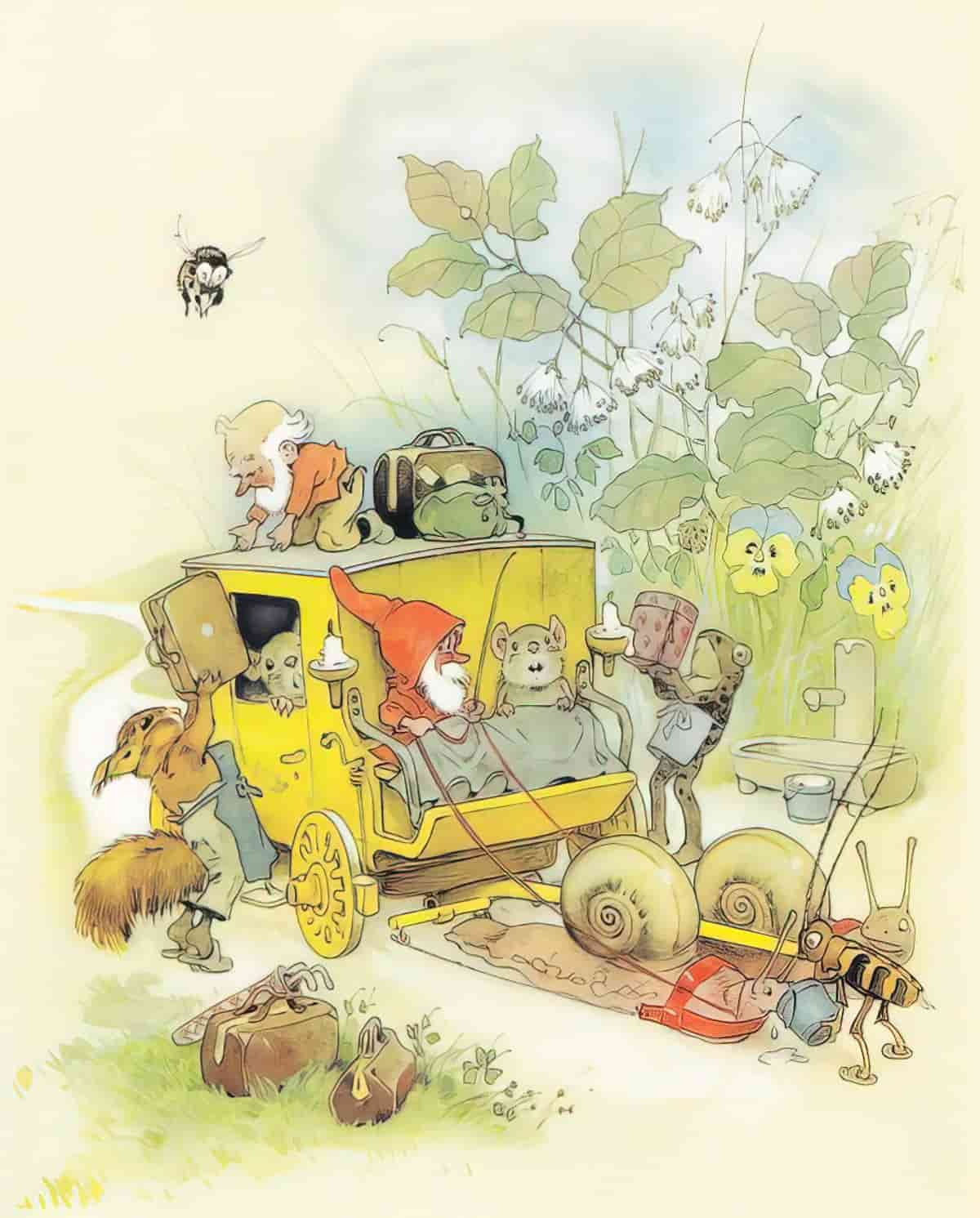
APOCALYPTIC ROAD TRIPS
A common feature of stories set in apocalyptic times: Cocooning.
Cocooning is probably familiar to everyone who lived through the covid-19 pandemic. It refers to the act of insulating yourself from outside threat. An apocalyptic story often has a specific place where characters cocoon. In The Road, the father and son come across a store of food. However, they don’t stay there.
A large number of American apocalyptic stories feature cars as a place to cocoon.
In The Walking Dead, characters have a SUV which helps the group travel across the country. In Survivors, characters use a Land Rover. (The cars say something about American car culture, and are specifically American ways of cocooning.)
But this isn’t new to the 21st century. A much earlier example can be seen in the novel Damnation Alley by Roger Zelanzny (1969). A film loosely based on the book was released in 1977. Survivors drive around in a post-nuclear, disaster-storm America filled with giant scorpions. They drive a huge twelve-wheel, all-terrain vehicle called a ‘Landmaster’.
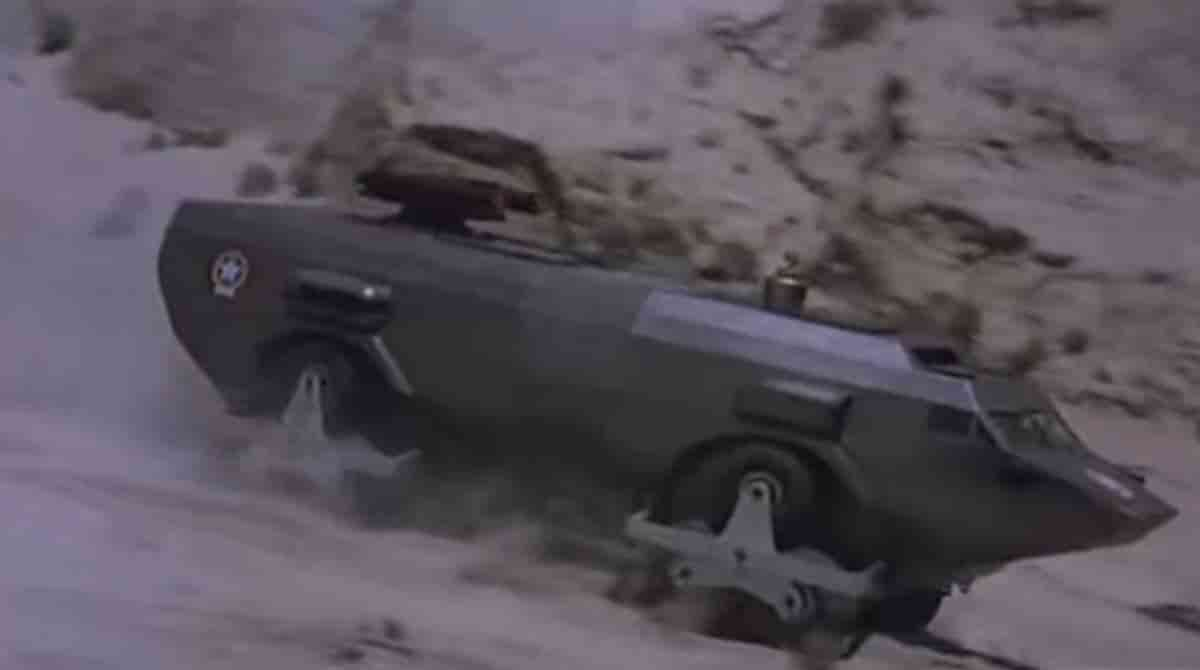
This borrows from the iconography of road trip stories. (Although this story has an apocalyptic setting, it is really a family adventure road trip.) From inside their vehicle, the family gets to enjoy the spectacle of disaster through the frame of their car windows, creating a mise en abyme effect with the audience, who also watches a ravaged America through a screen for entertainment purposes.
Let’s consider the journey a motif. (A motif is any kind of recurring pattern.) The journey is of course essential to plot because journeys move characters from one venue to another. But at a symbolic level, the journey motif is a constant reminder of loss. Every new place is unfamiliar, the previous world gone forever. In post-apocalyptic fiction, characters frequently move from the centre of civilisation to the ‘edgelands’, or to the fairytale forest.
Post-apocalyptic road trip stories are also frequently about conquest. As in Western stories from the 20th century, characters move outward from civilisation to an untamed place. Their goal is to appropriate and tame it.
MAZE-SHAPED ROAD TRIPS VS KNOT-SHAPED ROAD TRIPS
Related symbolically to the labyrinth is the knot. Both labyrinths and knots symbolise journeys. The difference is that labyrinths comprise two mirror-image journeys — the journey into the darkest parts of the soul (death) and the journey back out (rebirth). But in knotwork design there is no beginning and no end. (The branch of mathematics known as knot theory also studies knots with no beginnings and endings. The simplest mathematical knot is a ring.)
- A story like Andrea Arnold’s American Honey resembles a knot more than a labyrinth because the ending suggests our main character will be on the road forever.
STORIES WHICH END ON THE BEGINNING OF A ROAD TRIP
These tend to be coming-of-age stories, in which the main character has matured, but just enough to allow them to set off into the world alone. The majority of the maturation process is yet to happen.
- Fish Tank is another Andrea Arnold movie and ends with the main character leaving in a car with a new boyfriend.
- Six Feet Under ends with Claire Fisher driving to New York to try and make her way in the arts. In this story, as in Fish Tank, we worry for her, because her concrete New York plans have fallen through, leaving her in a vulnerable position, but drawn into the spiritual journey to the point where adventure no longer feels like a choice but a compulsion.
ROAD TRIP TROPES
Thelma & Louise took a masculine story and challenged stereotypically masculine tropes. According to Shari Roberts, in these earlier masculine road trip stories, if women existed, they tended to fit one of the following character tropes:
- foil to the laconic, macho, male actor
- morally correct wife or daughter (an example of female maturity formula)
- otherwise helpless, parasitic embellishments
THE NEW ROAD TRIP IS IMAGINARY
Road trip stories changed in the second half of the 20th century because of America’s new Interstate roads and affordable car ownership. Now, another big change is taking place. New telecommunications reduce the need for massive trips. We can expect this change to reflect in stories.
Francois Ascher coined the word ‘Metapolis’, literally meaning ‘post-city’.
‘Metapolis’ is the new urban form comprising vast networks of cities and towns. The original metropolis now extends beyond its suburbs and its sphere of influences extends to financial activities, social practices and cultural symbolism of people living far beyond its centre. The concept of “commuting” now also includes the abstract notion of tele-commuting as well … Through the use of cellular phone networks and internet superhighways playing the role of ‘spokes’ in a network of sparsely placed ‘hubs’, people can actually partake in the life of a metapolis and influence its functions, without being physically present in it. … it is getting more and more difficult to define the frontiers of this new urban form currently emerging.
The archetypal road-myth: from the highway to the Matrix
The space between cities is the new ‘No-man’s Land’. No one needs to go there when tele-commuting. It’s as if we’ve passed through a tunnel — the spaces between are invisibilised. We don’t give them a second thought.
People don’t realize how much they hate commuting. A nice house farther from work is not worth the fraction of your life you are giving to boredom and fatigue.
Less Wrong
THE ROAD TRIP AND RELATIONSHIP TO LAND
The protagonist [of Attraction by Ruby Porter], her oldest friend Ashi and her girl-friend/friend Ilana drive from Auckland to Whāngārā in Te Tairāwhiti, to stay at the family bach [holiday shack]. The road-trip continues to Levin where the narrator’s grandmother is unwell in a hospice. Porter uses this typical Kiwi ‘summer holiday road-trip’ trope to examine, in ‘woke’ millennial speak, New Zealand’s complicated relationship with the whenua, and with tangata whenua [people of the land] along the way.
The Biggest Raupatu, Landfall Online Review: Aotearoa New Zealand books in review
CONTEMPORARY ROAD TRIP STORIES
THE LAST TRUE LOVE STORY BY BRENDAN KIELY (2016)
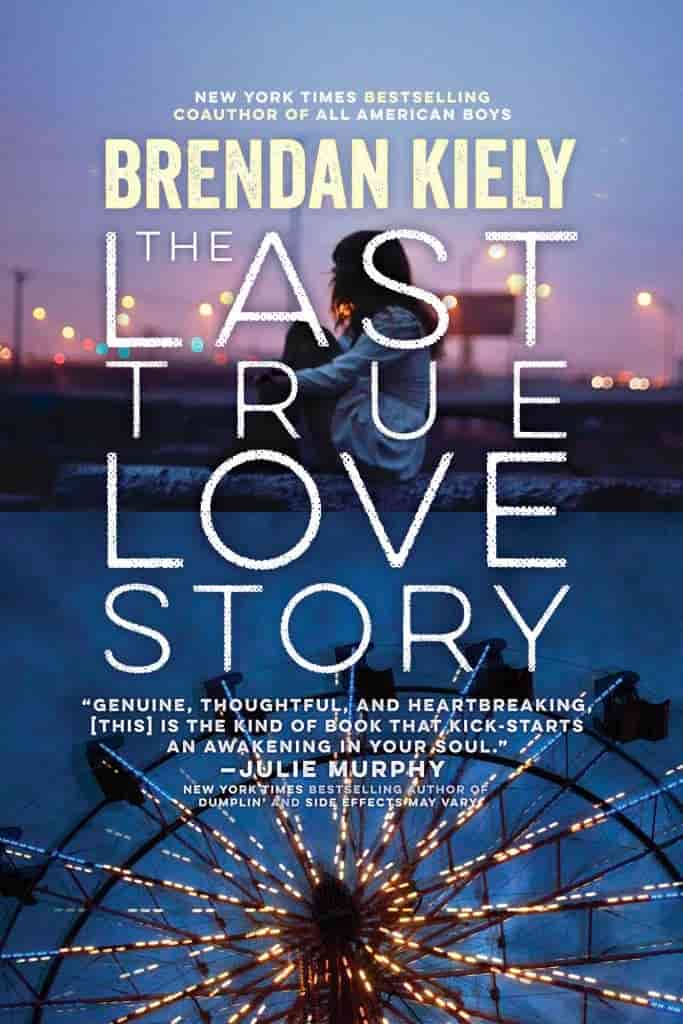
The point of living is learning how to love.
That’s what Gpa says. To Hendrix and Corrina, both seventeen but otherwise alike only in their loneliness, that sounds like another line from a pop song that tries to promise kids that life doesn’t actually suck. Okay, so: love. Sure.
The thing about Corrina—her adoptive parents are suffocating, trying to mold her into someone acceptable, predictable, like them. She’s a musician, itching for any chance to escape, become the person she really wants to be. Whoever that is.
And Hendrix, he’s cool. Kind of a poet. But also kind of lost. His dad is dead and his mom is married to her job. Gpa is his only real family, but he’s fading fast from Alzheimer’s. Looking for any way to help the man who raised him, Hendrix has made Gpa an impossible promise—that he’ll get him back east to the hill where he first kissed his wife, before his illness wipes away all memory of her.
One hot July night, Hendrix and Corrina decide to risk everything. They steal a car, spring Gpa from his assisted living facility, stuff Old Humper the dog into the back seat, and take off on a cross-country odyssey from LA to NY. With their parents, Gpa’s doctors, and the police all hot on their heels, Hendrix and Corrina set off to discover for themselves if what Gpa says is true—that the only stories that last are love stories.
DUST LANDS #1: BLOOD RED ROAD BY MOIRA YOUNG (2011)
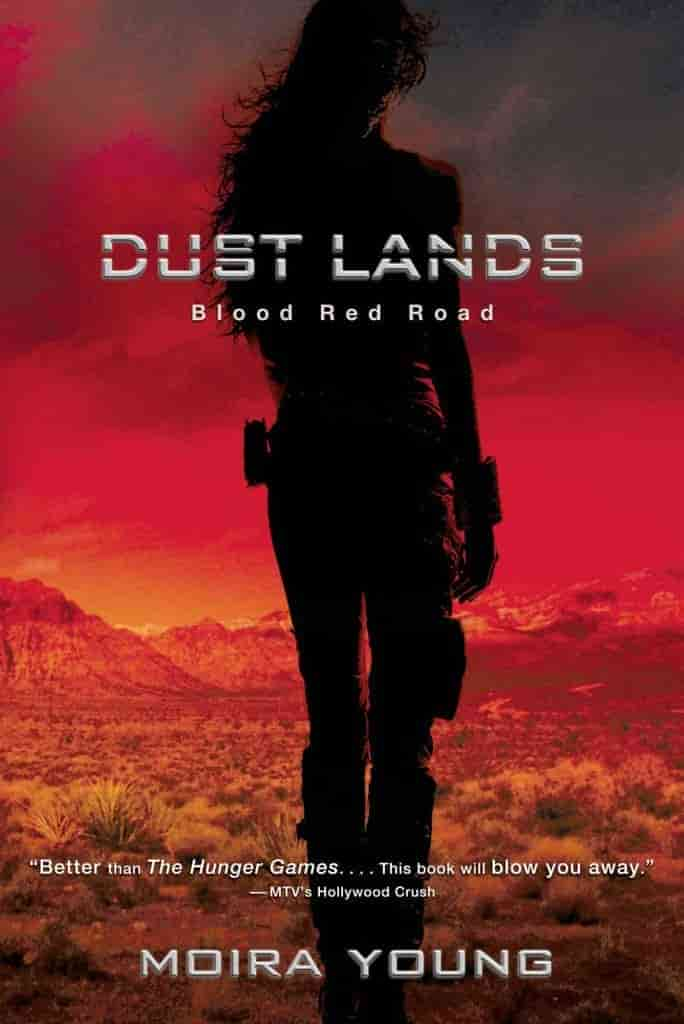
Saba has spent her whole life in Silverlake, a dried-up wasteland ravaged by constant sandstorms. The Wrecker civilization has long been destroyed, leaving only landfills for Saba and her family to scavenge from. That’s fine by her, as long as her beloved twin brother Lugh is around. But when four cloaked horsemen capture Lugh, Saba’s world is shattered, and she embarks on a quest to get him back.
Suddenly thrown into the lawless, ugly reality of the outside world, Saba discovers she is a fierce fighter, an unbeatable survivor, and a cunning opponent. Teamed up with a handsome daredevil named Jack and a gang of girl revolutionaries called the Free Hawks, Saba’s unrelenting search for Lugh stages a showdown that will change the course of her own civilization.
YOUR DESTINATION IS ON THE LEFT BY LAUREN SPIELLER (2018)
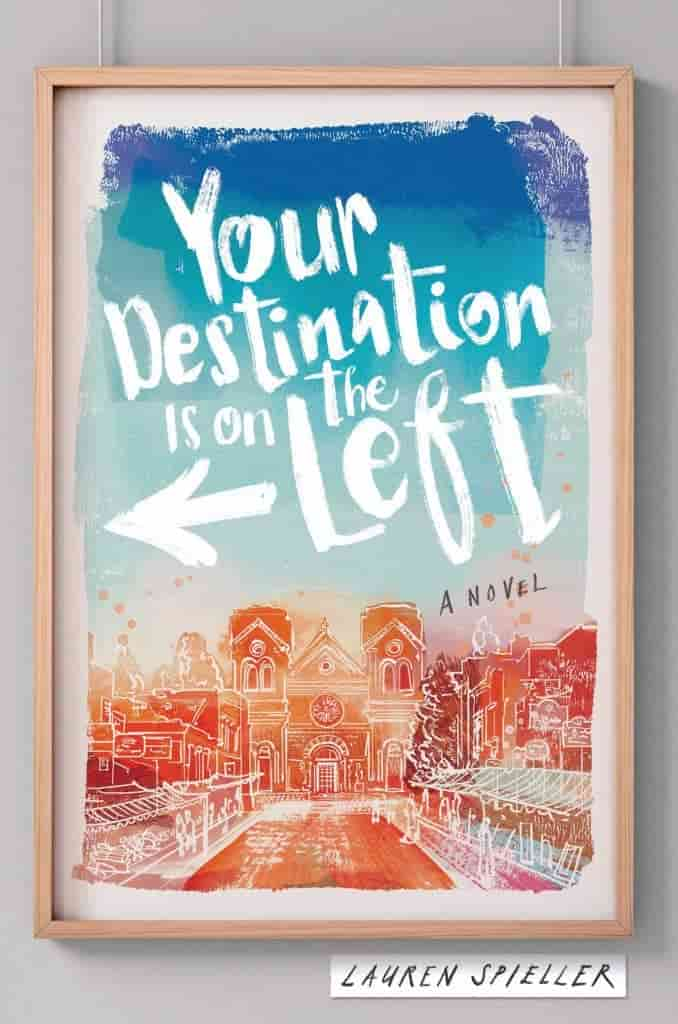
Dessa Rhodes is a modern day nomad. Her family travels in an RV, their lives defined by state lines, exit signs, and the small communal caravan they call home. Among them is Cyrus, her best friend and long-time crush, whom she knows she can never be with. When your families are perpetually linked, it’s too dangerous to take a risk on romance.
Instead, Dessa looks to the future. She wants to be a real artist and going to art school is her ticket to success and a new life. There’s just one problem: she hasn’t been accepted…anywhere. Suddenly her future is wide open, and it looks like she’s going to be stuck traveling forever.
Then an unexpected opportunity presents itself: an internship working with a local artist in Santa Fe. Dessa struggles to prove to her boss—and herself—that she belongs there, but just as she finally hits her stride, her family suffers an unexpected blow. Faced with losing everything that she has worked for, Dessa has a difficult decision to make. Will she say goodbye to her nomadic lifestyle and the boy she loves? Or will she choose to never stop moving?
AMY AND ROGER’S EPIC DETOUR BY MORGAN MATSON (2010)
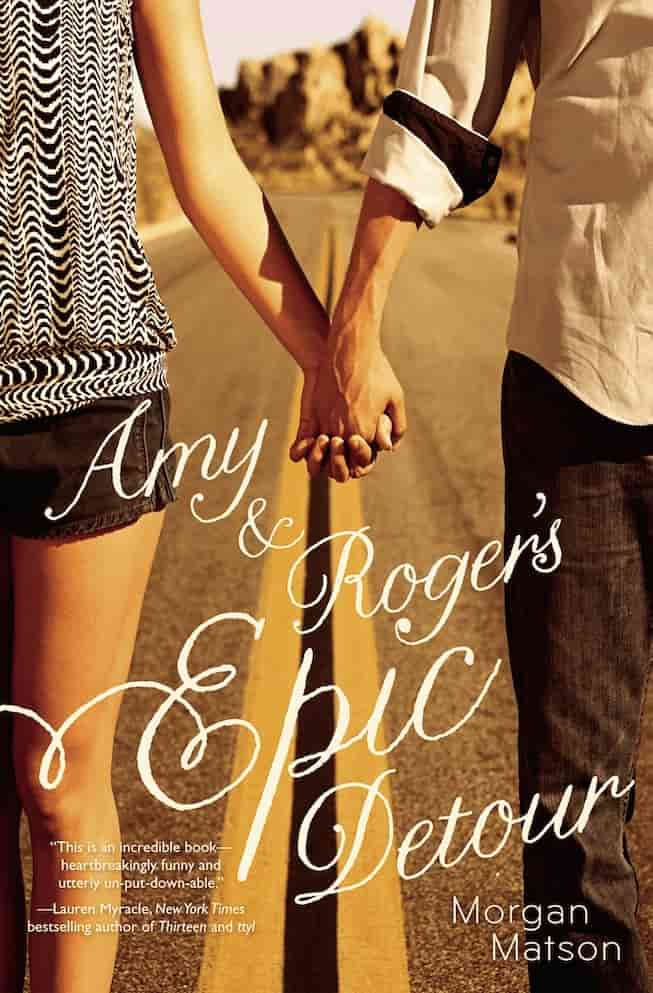
When you’re on a road trip, life is all about the detours. . . .
Amy Curry is having a terrible year. Her mother has decided to move across the country and needs Amy to get their car from California to Connecticut. There’s just one small problem: Since her father died this past spring, Amy hasn’t been able to get behind the wheel. Enter Roger, the nineteen-year-old son of an old family friend, who turns out to be unexpectedly cute … and dealing with some baggage of his own.
Meeting new people and coming to terms with her father’s death were not what Amy had planned on this trip. And traveling the Loneliest Road in America, seeing the Colorado mountains, crossing the Kansas plains, and visiting diners, dingy motels, and Graceland were definitely not on the itinerary. But as they drive, Amy finds that the people you least expected are the ones you may need the most—and that sometimes you have to get lost in order to find your way home.
THE GEOGRAPHY OF LOST THINGS BY JESSICA BRODY (2018)
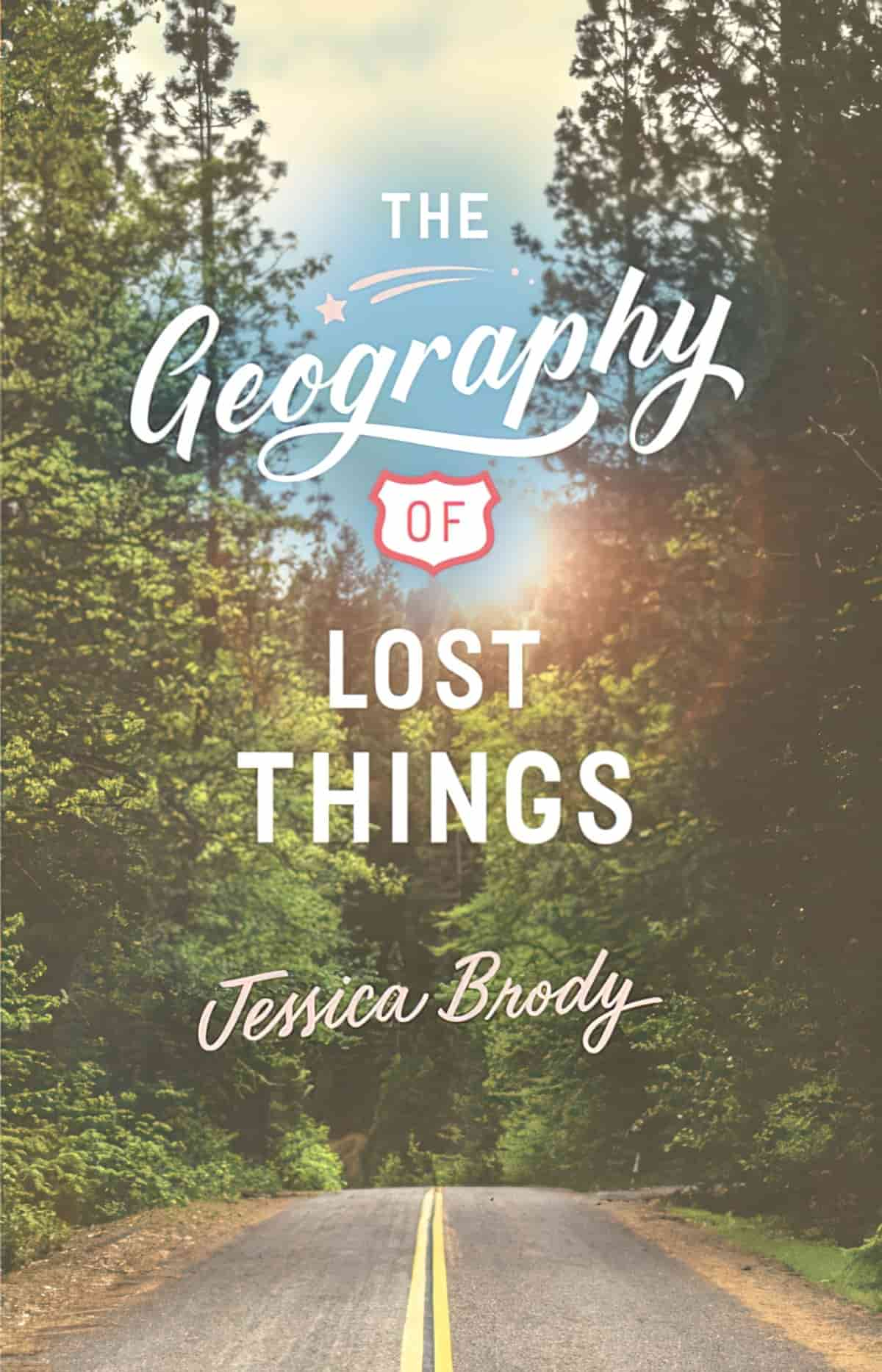
After Ali’s father passes away, he leaves his one and only prized possession—a 1968 Firebird convertible—to his daughter. But Ali doesn’t plan on keeping it. Not when it reminds her too much of all her father’s unfulfilled promises. So when she finds a buyer three hundred miles up the Pacific coast willing to pay enough money for the car to save her childhood home, Ali can’t wait to get going. Except Ali has no idea how to drive a stick shift. But guess who does?
Ali’s ex-boyfriend, Nico. And Nico has other plans.
He persuades Ali that instead of selling the car, they should “trade up” the items they collect on their trip to eventually reach the monetary amount Ali needs. Agreeing with Nico’s crazy plan, Ali sets off on a unique adventure that is unlike anything she ever could have expected.
And it’s through Ali’s travels, through the strangers she meets and the things that they value—and why they value them—that Ali eventually comes to understand her father and how his life may not have been as easy and carefree as she previously thought. Because just like the seemingly insignificant objects Ali collects, not everything is exactly as it appears.
ROAD TRIPPED BY PETE HAUTMAN (2019)
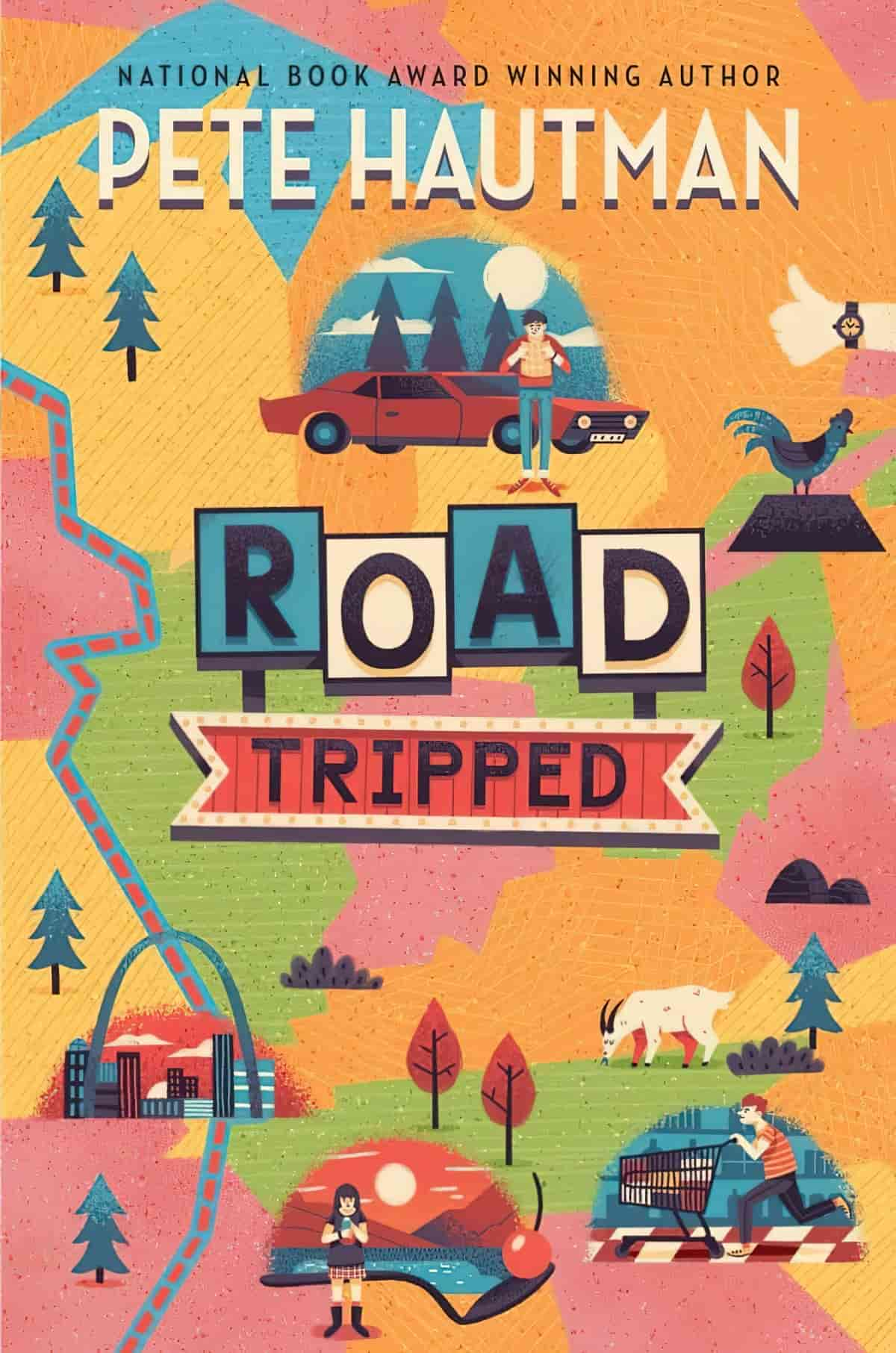
Steven Gerald Gabel—a.k.a. Stiggy—needs to get out of Minnesota. His father recently took his own life, his mother is a shell of the person she used to be, and his sort-of-girlfriend ghosted him and skipped town. What does he have left to stick around for? Armed with his mom’s credit card and a tourist map of Great River Road, Stiggy sets off in his dad’s car.
The only problem is, life on his own isn’t exactly what he expected and, soon enough, he finds himself at a crossroads: keep running from his demons, or let them hitch a ride back home with him.
BARELY MISSING EVERYTHING BY MATT MENDEZ (2019)
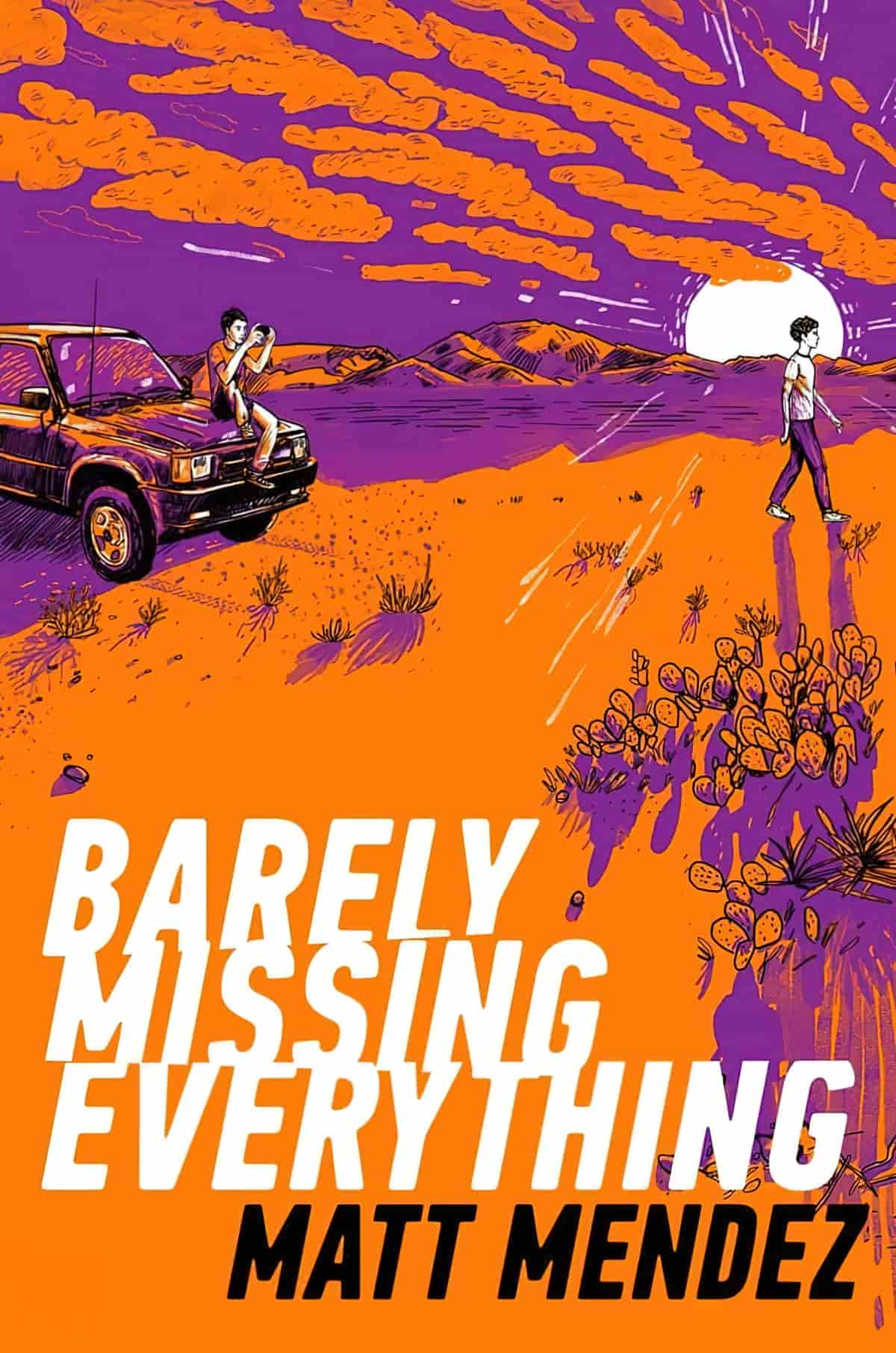
Juan has plans. He’s going to get out of El Paso, Texas, on a basketball scholarship and make something of himself—or at least find something better than his mom Fabi’s cruddy apartment, her string of loser boyfriends, and a dead dad. Basketball is going to be his ticket out, his ticket up. He just needs to make it happen.
His best friend JD has plans, too. He’s going to be a filmmaker one day, like Quinten Tarantino or Guillermo del Toro (NOT Steven Spielberg). He’s got a camera and he’s got passion—what else could he need?
Fabi doesn’t have a plan anymore. When you get pregnant at sixteen and have been stuck bartending to make ends meet for the past seventeen years, you realize plans don’t always pan out, and that there some things you just can’t plan for…
Like Juan’s run-in with the police, like a sprained ankle, and a tanking math grade that will likely ruin his chance at a scholarship. Like JD causing the implosion of his family. Like letters from a man named Mando on death row. Like finding out this man could be the father your mother said was dead.
Soon Juan and JD are embarking on a Thelma and Louise–like road trip to visit Mando. Juan will finally meet his dad, JD has a perfect subject for his documentary, and Fabi is desperate to stop them. But, as we already know, there are some things you just can’t plan for…
THE REMARKABLE JOURNEY OF COYOTE SUNRISE BY DAN GEMEINHART (2019)
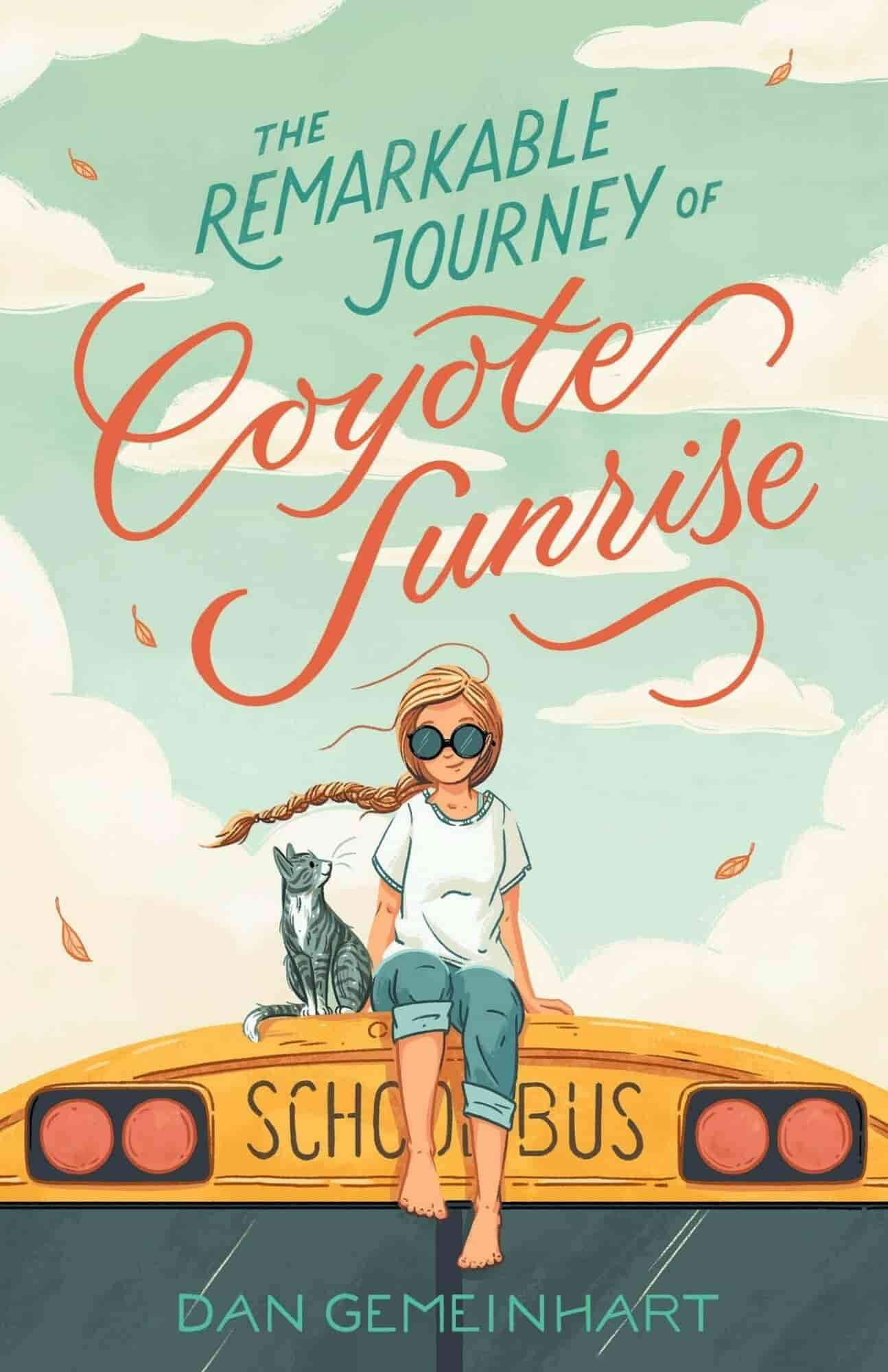
Five years. That’s how long Coyote and her dad, Rodeo, have lived on the road in an old school bus, crisscrossing the nation. It’s also how long ago Coyote lost her mom and two sisters in a car crash.
Coyote hasn’t been home in all that time, but when she learns the park in her old neighborhood is being demolished – the very same park where she, her mom, and her sisters buried a treasured memory box – she devises an elaborate plan to get her dad to drive 3,600 miles back to Washington state in four days…without him realizing it.
Along the way, they’ll pick up a strange crew of misfit travelers. Lester has a lady love to meet. Salvador and his mom are looking to start over. Val needs a safe place to be herself. And then there’s Gladys….
Over the course of thousands of miles, Coyote will learn that going home can sometimes be the hardest journey of all…but that with friends by her side, she just might be able to turn her “once upon a time” into a “happily ever after”.
CLEAN GETAWAY BY NIC STONE (2020)
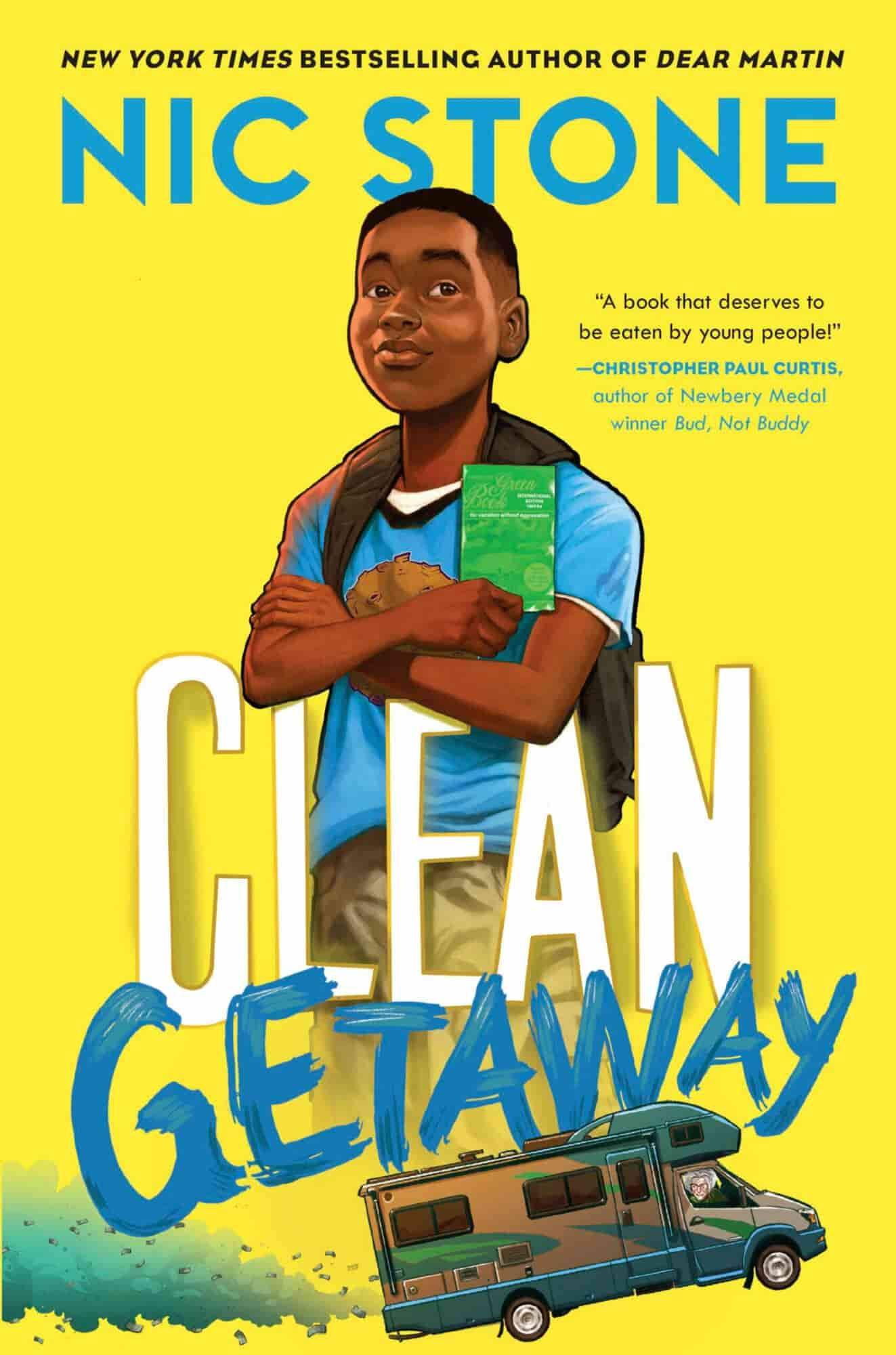
How to Go on an Unplanned Road Trip with Your Grandma:
* Grab a Suitcase: Prepacked from the big spring break trip that got CANCELLED.
* Fasten Your Seatbelt: G’ma’s never conventional, so this trip won’t be either.
* Use the Green Book: G’ma’s most treasured possession. It holds history, memories, and, most important, the way home.
What Not to Bring:
* A Cell Phone: Avoid contact with Dad at all costs. Even when G’ma starts acting stranger than usual.
Set against the backdrop of the segregation history of the American South, take a trip with New York Times bestselling Nic Stone and an eleven-year-old boy who is about to discover the world hasn’t always been a welcoming place for kids like him, and things aren’t always what they seem–his G’ma included.
RUTH AND THE GREEN BOOK BY CALVIN ALEXANDER RAMSEY WITH GWEN STRAUSS ILLUSTRATIONS BY FLOYD COOPER (2010)
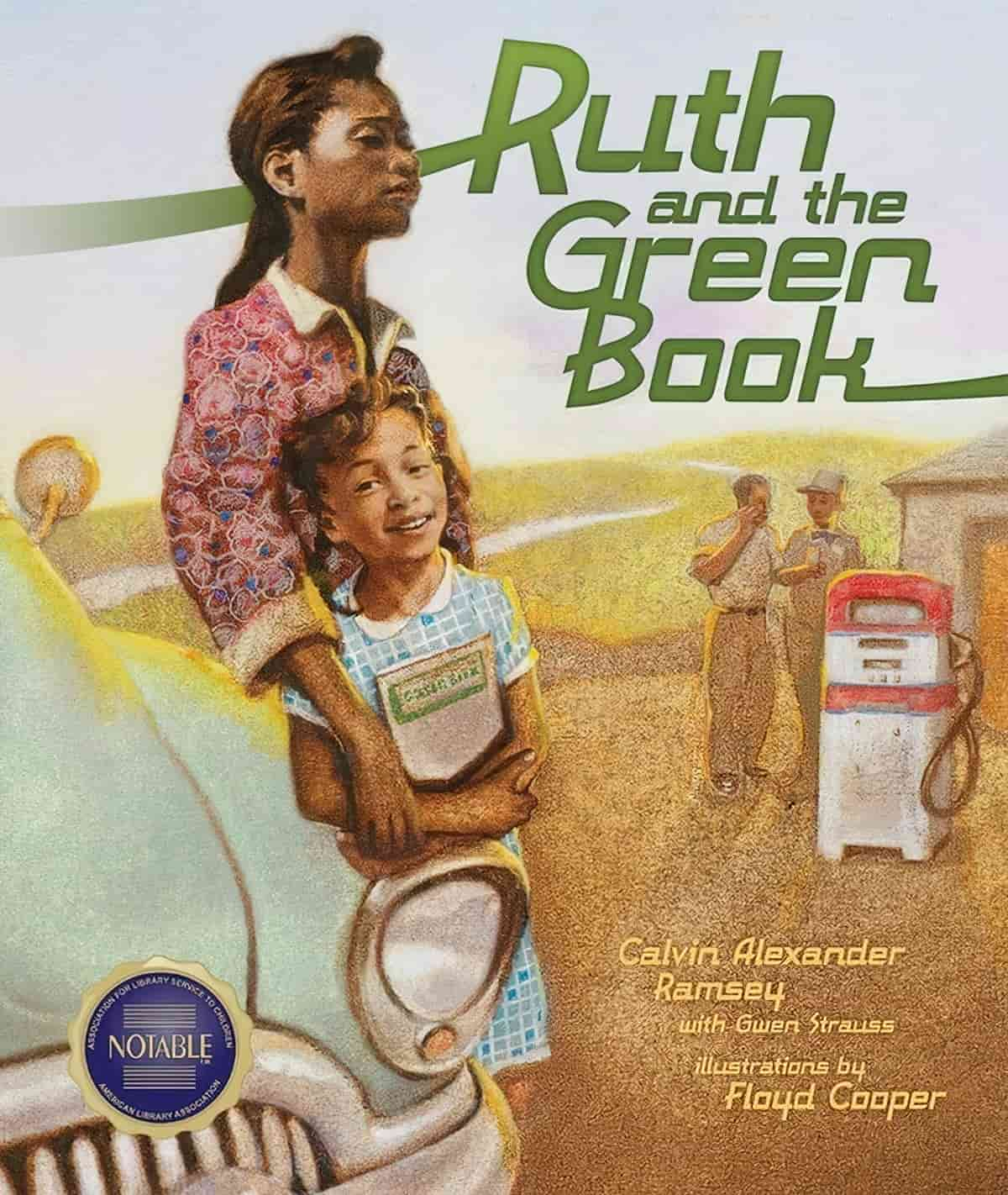
Ruth and the Green Book is the story of one black family’s trip from Chicago to Alabama by car in the late 1940s. Along the way they encounter prejudice, but they also discover The Green Book, a real guide to accommodations which was published for decades to aid African-American travelers as they faced prejudice on the roads across the country.
TWO WAY STREET BY LAUREN BARNHOLDT (2007)
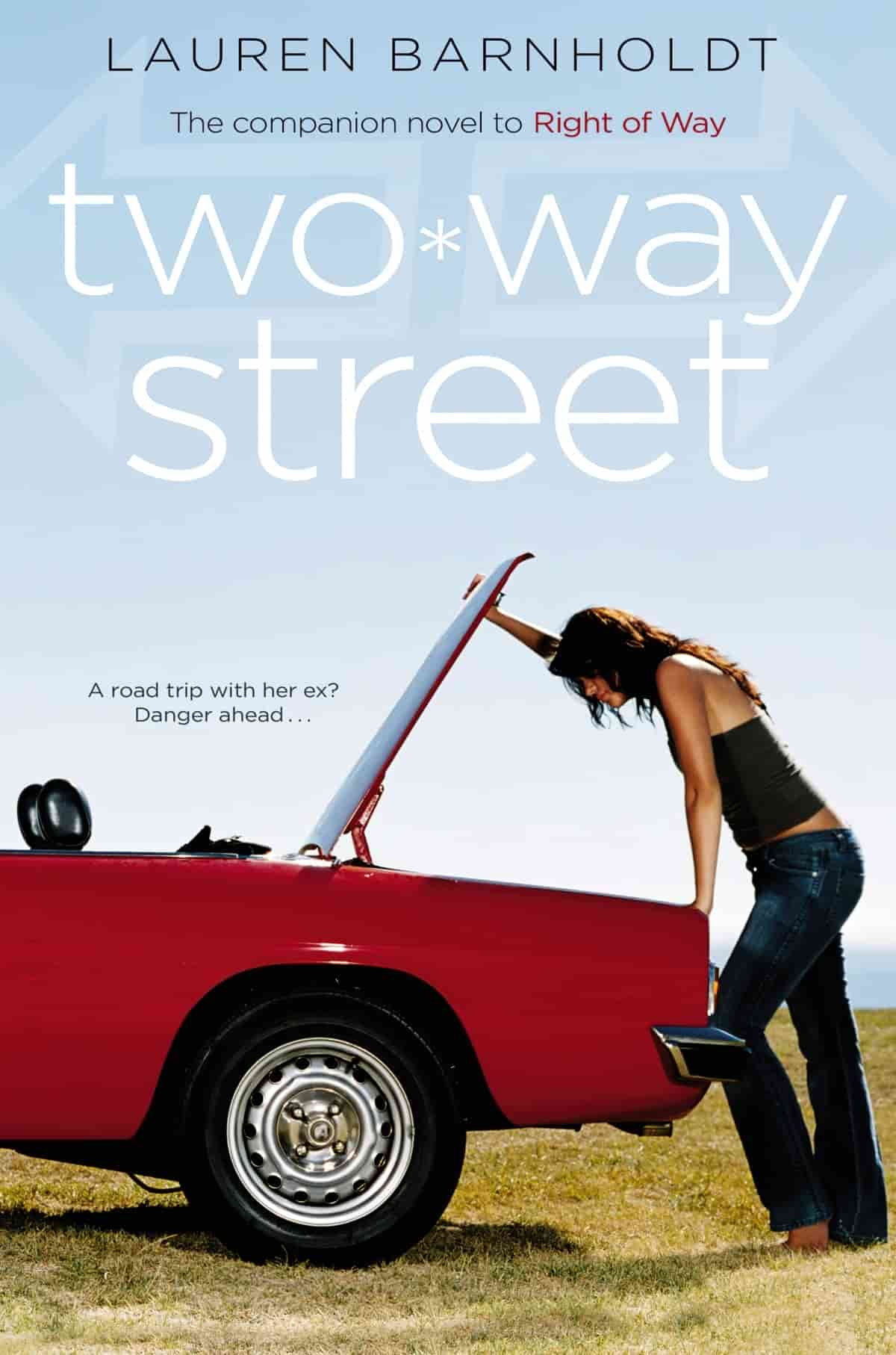
There are two sides to every breakup.
This is Jordan and Courtney, totally in love. Sure, they were an unlikely high school couple. But they clicked; it worked. They’re even going to the same college, and driving cross-country together for orientation.
Then Jordan dumps Courtney — for a girl he met on the Internet.
It’s too late to change plans, so the road trip is on. Courtney’s heartbroken, but figures she can tough it out for a few days. La la la — this is Courtney pretending not to care.
But in a strange twist, Jordan cares. A lot.
Turns out, he’s got a secret or two that he’s not telling Courtney. And it has everything to do with why they broke up, why they can’t get back together, and how, in spite of it all, this couple is destined for each other.
RIGHT OF WAY BY LAUREN BARNHOLDT (2013)
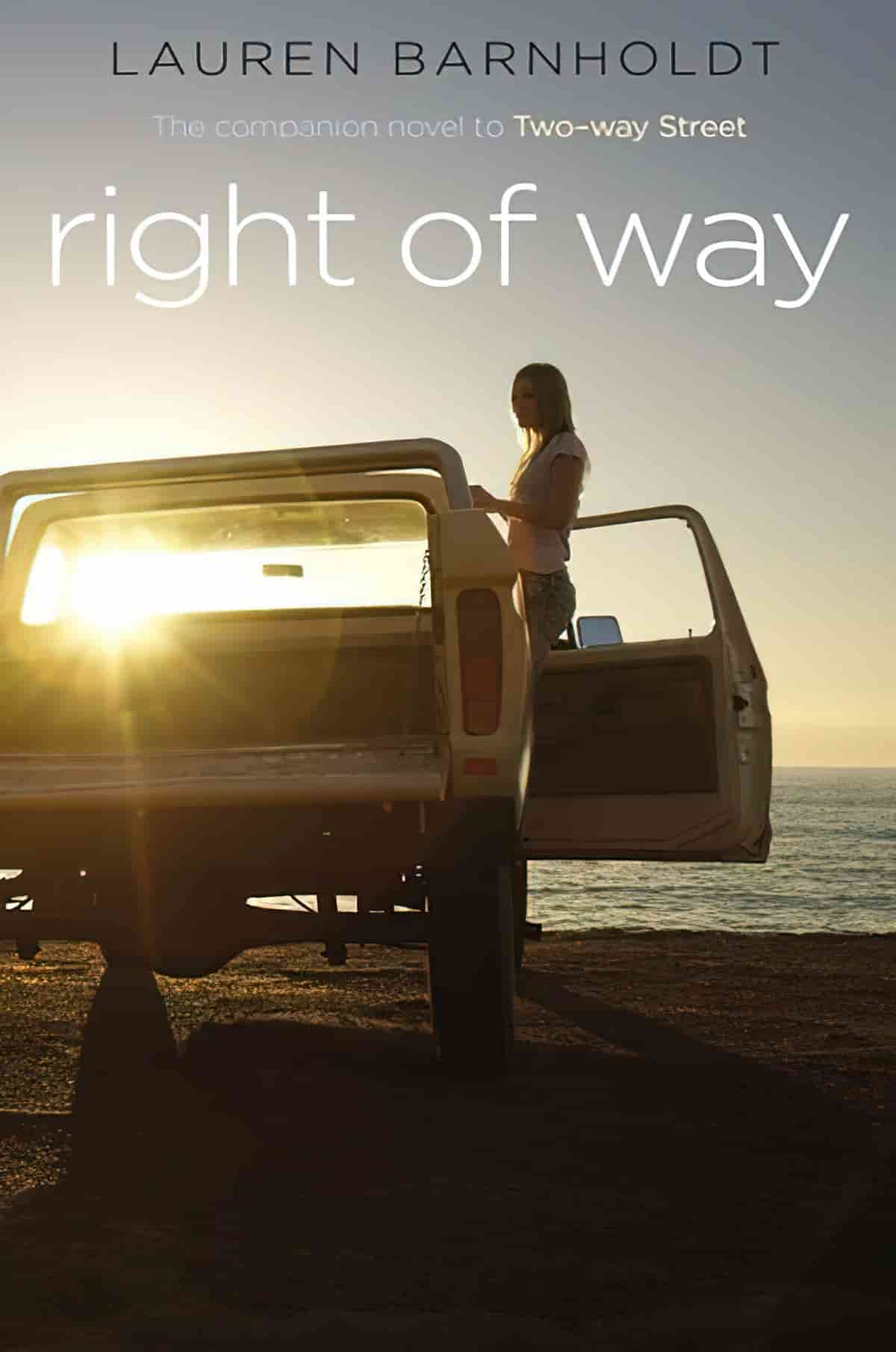
Can a road trip repair a romance gone wrong? Find out in this standalone companion to Lauren Barnholdt’s Two-way Street.
Here are Peyton and Jace, meeting on vacation. Click! It’s awesome, it’s easy, it’s romantic. This is the real deal.
Unless it isn’t. Because when you’re in love, you don’t just stop calling one day. And you don’t keep secrets. Or lie. And when your life starts falling apart, you’re supposed to have the other person to lean on.
Here are Peyton and Jace again, broken up but thrown together on a road trip. One of them is lying about the destination. One of them is pretending not to be leaving something behind. And neither of them is prepared for what’s coming on the road ahead…
HONEY, BABY, SWEETHEART BY DEB CALETTI (2004)
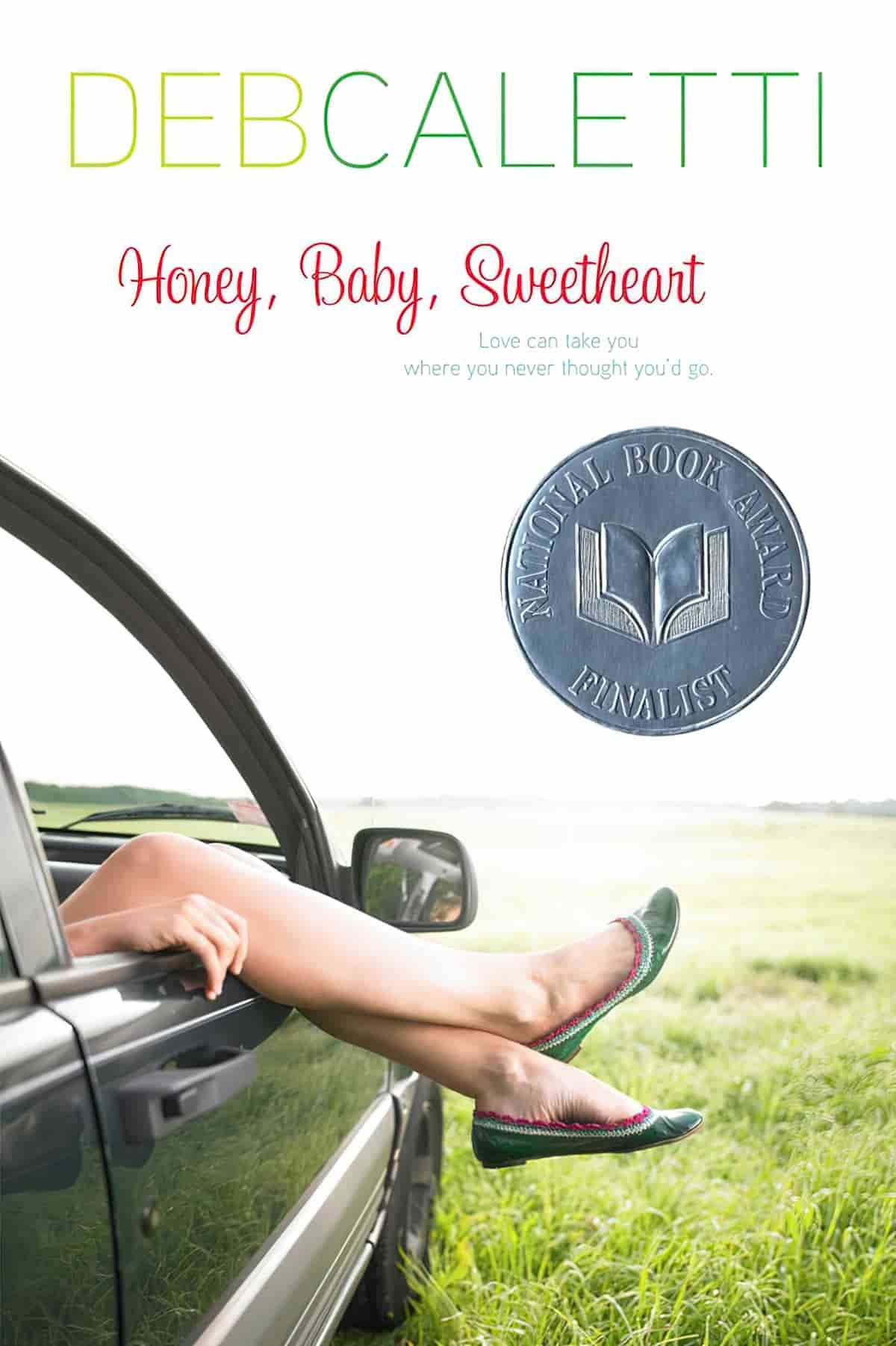
Right away I got that Something About To Happen feeling. Right away I knew he was bad, and that it didn’t matter.
It is summer in the Northwest town of Nine Mile Falls, and sixteen-year-old Ruby McQueen, ordinarily dubbed The Quiet Girl, finds herself hanging out with gorgeous, rich, thrill-seeking Travis Becker. But Ruby is in over her head, and finds she is risking more and more when she’s with him.
In an effort to keep Ruby occupied, Ruby’s mother Ann drags Ruby to the weekly book club she runs. When it is discovered that one of the group”s own members is the subject of the tragic love story they are reading, Ann and Ruby spearhead a reunion between the long-ago lovers. But for Ruby, this mission turns out to be much more than just a road trip….
RAINBOW TRILOGY #3: RAINBOW ROAD BY ALEX SANCHEZ (2005)
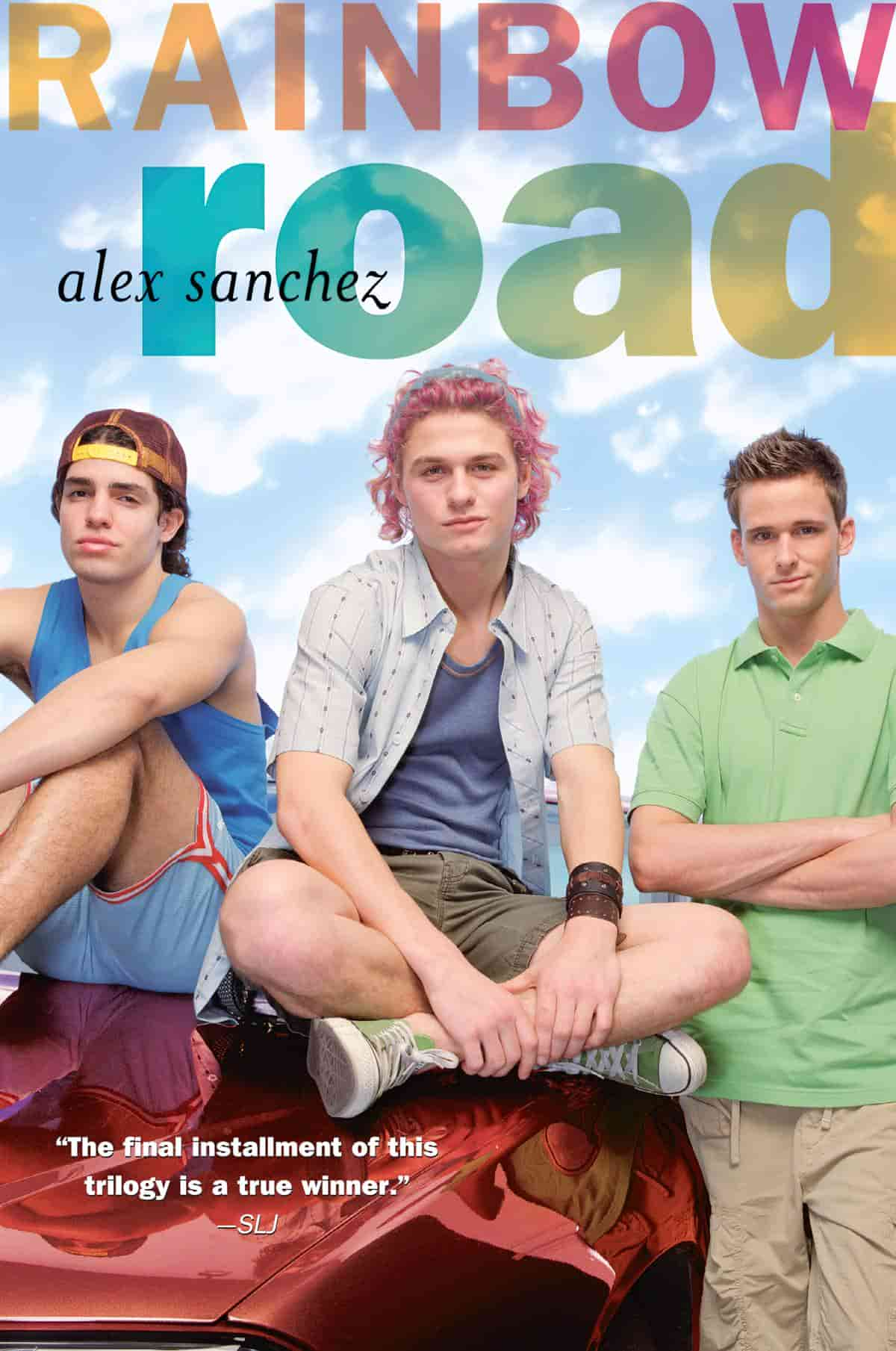
Jason Carrillo came out to his basketball team senior year and lost his university scholarship. Now, with graduation behind him and summer ending, he’s asked to speak at the opening of a gay and lesbian high school across the country. But after spending years in the closet and losing his scholarship dream, what message can he offer?
Kyle Meeks is getting ready to go to Princeton in the fall and trying to see as much as possible of his boyfriend Jason before they have to separate. When Jason tells him about his speaking invitation, Kyle jumps at the chance to drive across country with him. Yet he can’t help worrying: Will their romance survive two weeks crammed together in a car?
Nelson Glassman is happy his best friend Kyle has found love with Jason. Now he’s looking for his own true love — and hopes he might find his soul mate during the road trip. But will being the “third wheel” in a trio ruin his friendships with Kyle and Jason?
During an eye-opening postgraduation summer road trip, each of the three very different boys also embarks on a personal journey across a landscape of love, sexuality, homophobia, and above all, friendship.
IN HONOR BY JESSI KIRBY (2012)
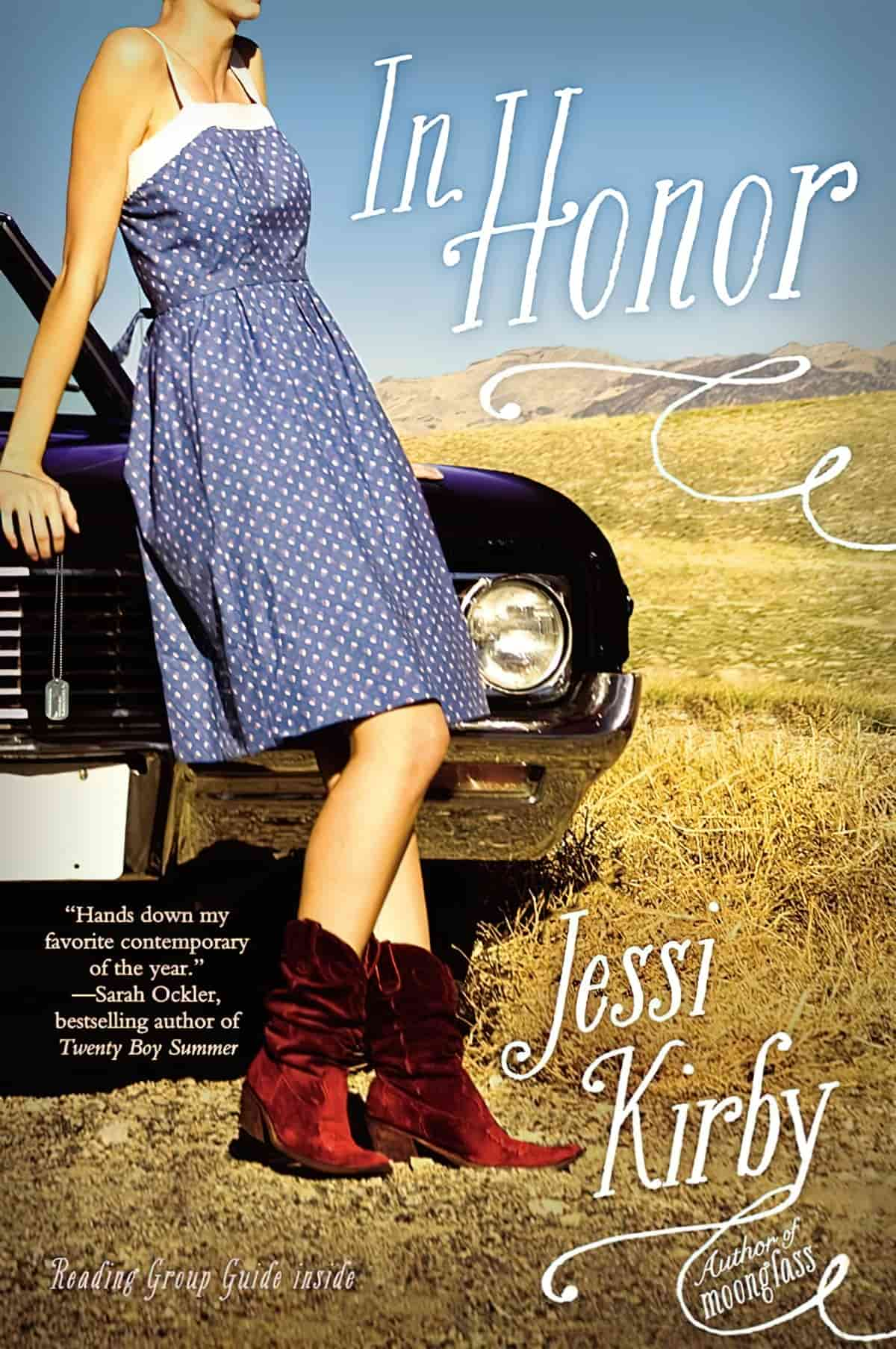
Honor receives her brother’s last letter from Iraq three days after learning that he died, and opens it the day his fellow Marines lay the flag over his casket. Its contents are a complete shock: concert tickets to see Kyra Kelly, her favorite pop star and Finn’s celebrity crush. In his letter, he jokingly charged Honor with the task of telling Kyra Kelly that he was in love with her.
Grief-stricken and determined to grant Finn’s last request, she rushes to leave immediately. But she only gets as far as the driveway before running into Rusty, Finn’s best friend since third grade and his polar opposite. She hasn’t seen him in ages, thanks to a falling out between the two guys, but Rusty is much the same as Honor remembers him: arrogant, stubborn . . . and ruggedly good-looking. Neither one is what the other would ever look for in a road trip partner, but the two of them set off together, on a voyage that makes sense only because it doesn’t. Along the way, they find small and sometimes surprising ways to ease their shared loss and honor Finn–but when shocking truths are revealed at the end of the road, will either of them be able to cope with the consequences?
HOW MY SUMMER WENT UP IN FLAMES BY JENNIFER SALVATO DOKTORSKI (2013)
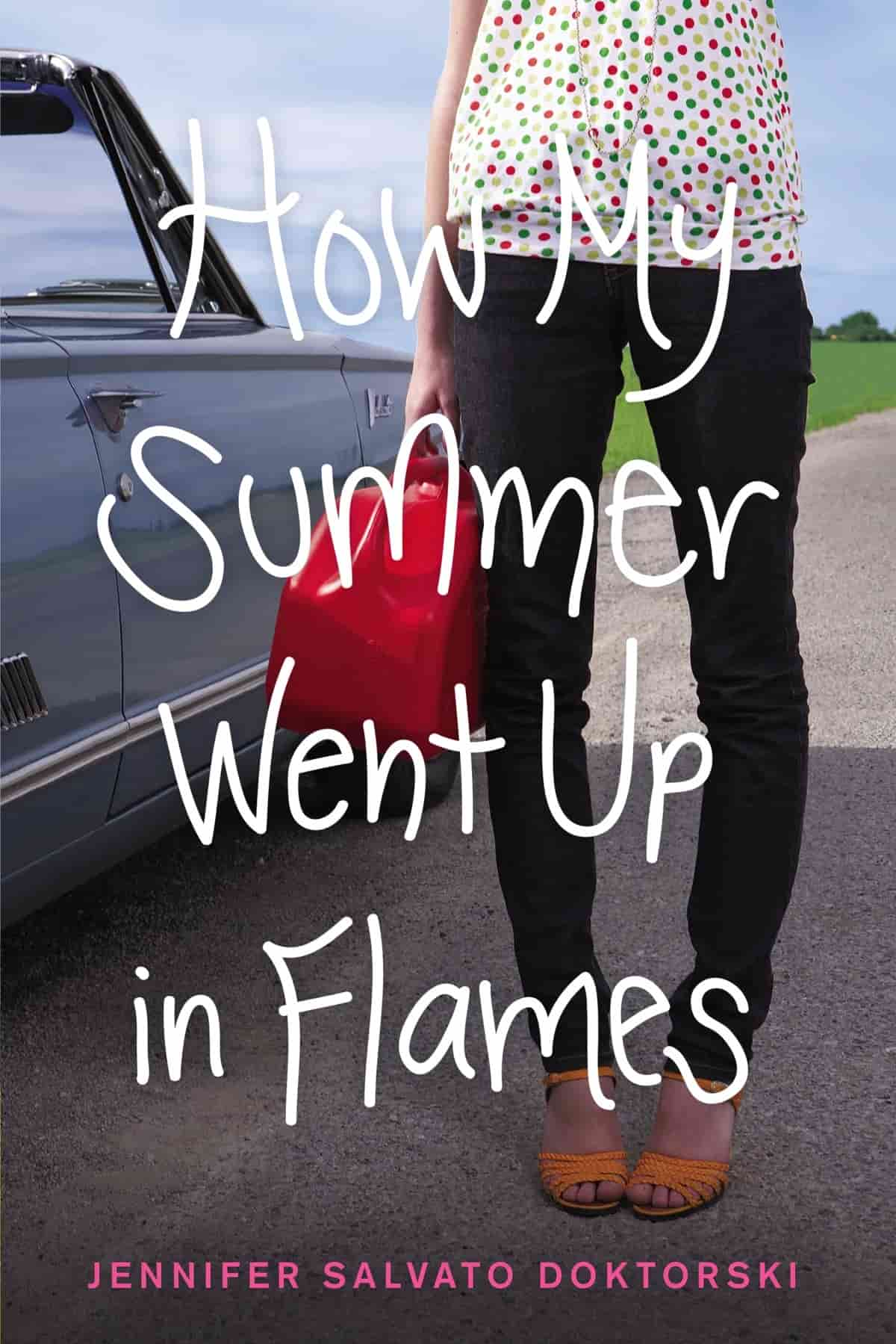
Rosie’s always been impulsive. She didn’t intend to set her cheating ex-boyfriend’s car on fire. And she never thought her attempts to make amends could be considered stalking. So when she’s served with a temporary restraining order on the first day of summer vacation, she’s heartbroken—and furious.
To put distance between Rosie and her ex, Rosie’s parents send her on a cross-country road trip with responsible, reliable neighbor Matty and his two friends. Forget freedom of the road, Rosie wants to hitchhike home and win back her ex. But her determination starts to dwindle with each passing mile. Because Rosie’s spark of anger? It may have just ignited a romance with someone new…
SOMETIMES WE TELL THE TRUTH BY KIM ZARINS (2016)
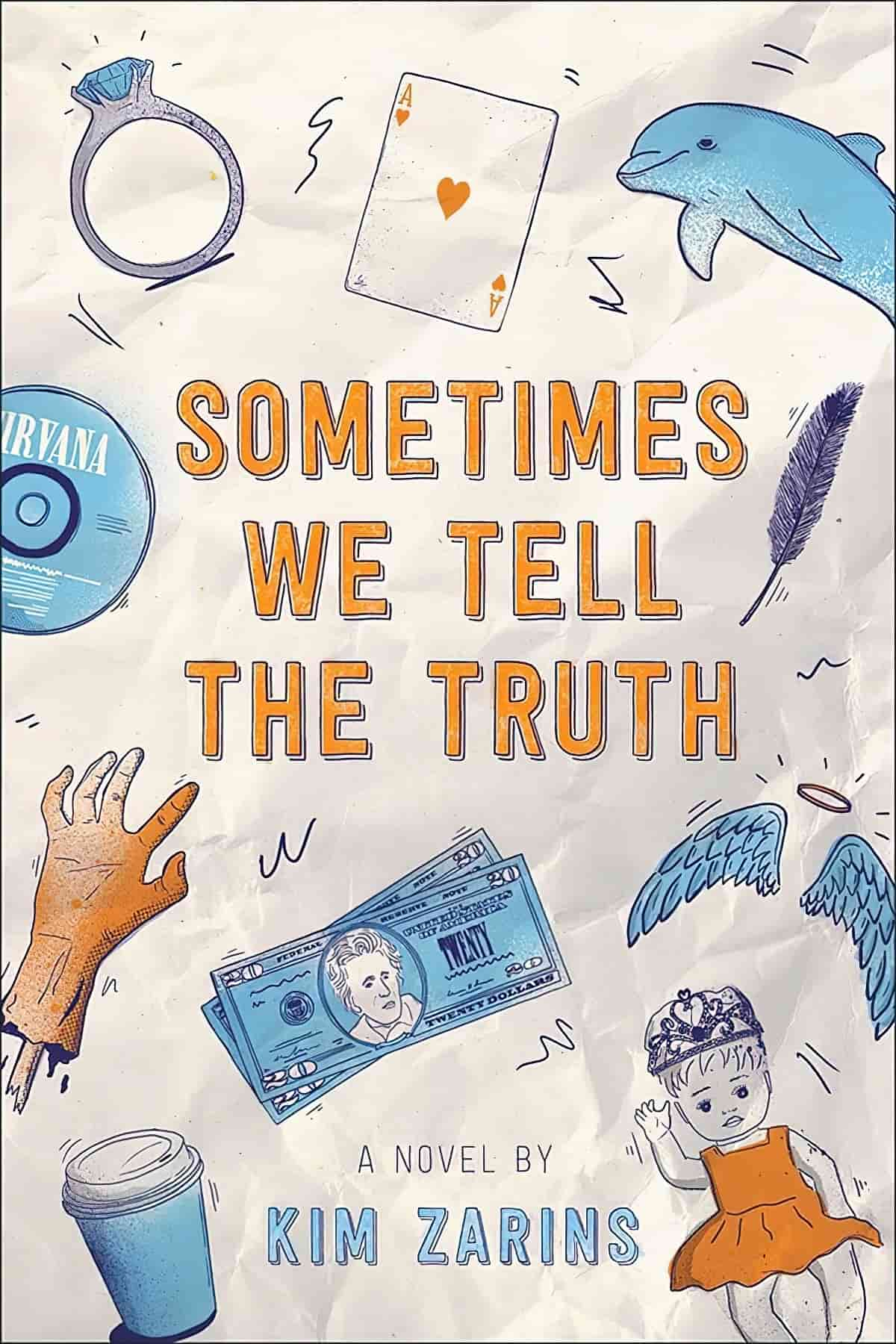
In this contemporary retelling of The Canterbury Tales, a group of teens on a bus ride to Washington, DC, each tell a story—some fantastical, some realistic, some downright scandalous—in pursuit of the ultimate prize: a perfect score.
Jeff boards the bus for the Civics class trip to Washington, DC, with a few things on his mind:
-Six hours trapped with his classmates sounds like a disaster waiting to happen.
-He somehow ended up sitting next to his ex-best friend, who he hasn’t spoken to in years.
-He still feels guilty for the major part he played in pranking his teacher, and the trip’s chaperone, Mr. Bailey.
-And his best friend Cannon, never one to be trusted and banned from the trip, has something “big” planned for DC.
But Mr. Bailey has an idea to keep everyone in line: each person on the bus is going to have the chance to tell a story. It can be fact or fiction, realistic or fantastical, dark or funny or sad. It doesn’t matter. Each person gets a story, and whoever tells the best one will get an automatic A in the class.
But in the middle of all the storytelling, with secrets and confessions coming out, Jeff only has one thing on his mind—can he live up to the super successful story published in the school newspaper weeks ago that convinced everyone that he was someone smart, someone special, and someone with something to say.
In her debut novel, Kim Zarins breathes new life into Chaucer’s The Canterbury Tales in a fresh and contemporary retelling that explores the dark realities of high school, and the subtle moments that bring us all together.
SIGNED, SKYE HARPER BY CAROL LYNCH WILLIAMS (2014)

In trying to reunite with her mother, Winston discovers the many meanings of family and finds friendship in an unexpected place in this coming-of-age novel from the author of Waiting, which Kirkus Reviews, in a starred review, called “exceptional” and Glimpse, which Booklist called “gripping.”
Life is just fine for fourteen-year-old Winston. She loves her dog, Thelma, and although she never knew her dad, and her mom left ten years ago in search of Hollywood fame, Winston has family with Nanny, who is in her forties, and that doesn’t even make her old. But a “just fine” life gets a lot more exciting when a letter arrives from Skye Harper, aka Judith Fletcher, aka Winston’s mother. She needs help, and Nanny says the best way to give it is to take a cross-country road trip—in a “borrowed” motor home—to go find Mama once and for all. Winston’s not so sure about this plan, but with a cute stowaway named Steve along for company and an adventure on the horizon, this is sure to be a summer to remember.
METAL FISH, FALLING SNOW BY CATH MOORE (2020)
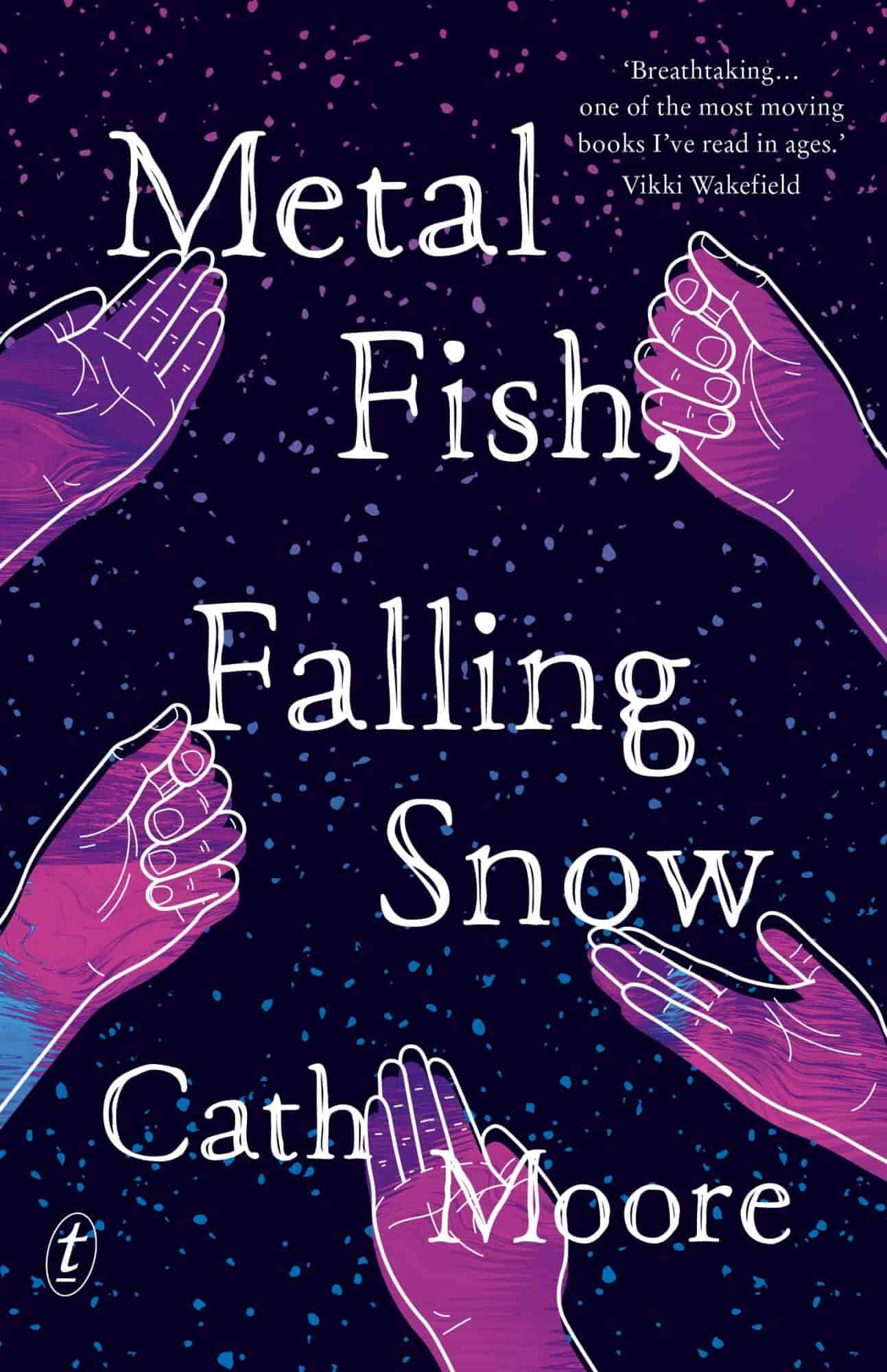
Dylan and her adored French mother dream of one day sailing across the ocean to France. Paris, Dylan imagines, is a place where her black skin won’t stand out, a place she might feel she belongs.
But when she loses her mother in a freak accident, Dylan finds herself on a very different journey: a road trip across outback Australia in the care of her mother’s grieving boyfriend, Pat. As they travel through remote towns further and further from the water Dylan longs for, she and Pat form an unlikely bond. One that will be broken when he leaves her with the family she has never known.
Metal Fish, Falling Snow is a warm, funny and highly original portrait of a Young girl’s search for identity and her struggle to deal with grief. Through families lost and found, this own-voices story celebrates the resilience of the human heart and our need to know who we truly are.
RULES OF THE ROAD BY JOAN BAUER (1998)
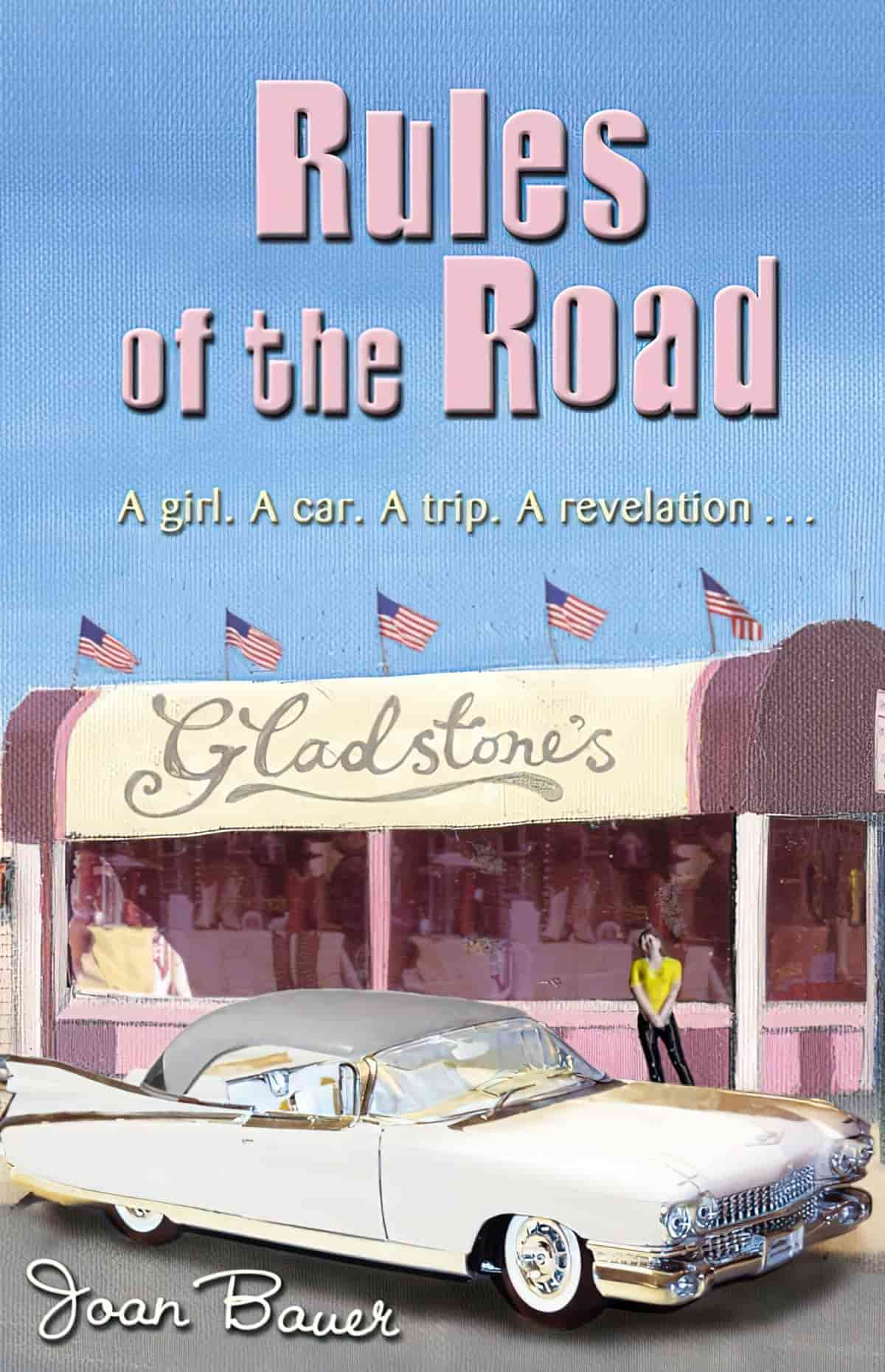
Meet Jenna Boller, star employee at Gladstone Shoe Store in Chicago. Standing a gawky 5’11” at 16 years old, Jenna is the kind of girl most likely to stand out in the crowd for all the wrong reasons. But that doesn’t stop Madeline Gladstone, the president of Gladstone’s Shoes 176 outlets in 37 states, from hiring Jenna to drive her cross country in a last ditch effort to stop Elden Gladstone from taking over his mother’s company and turning a quality business into a shop-and-schlock empire. Now Jenna Boller shoe salesperson is about to become a shoe-store spy as she joins her crusty old employer for an eye-opening adventure that will teach them both the rules of the road and the rules of life.
SWAY BY AMBER MCREE TURNER (2012)
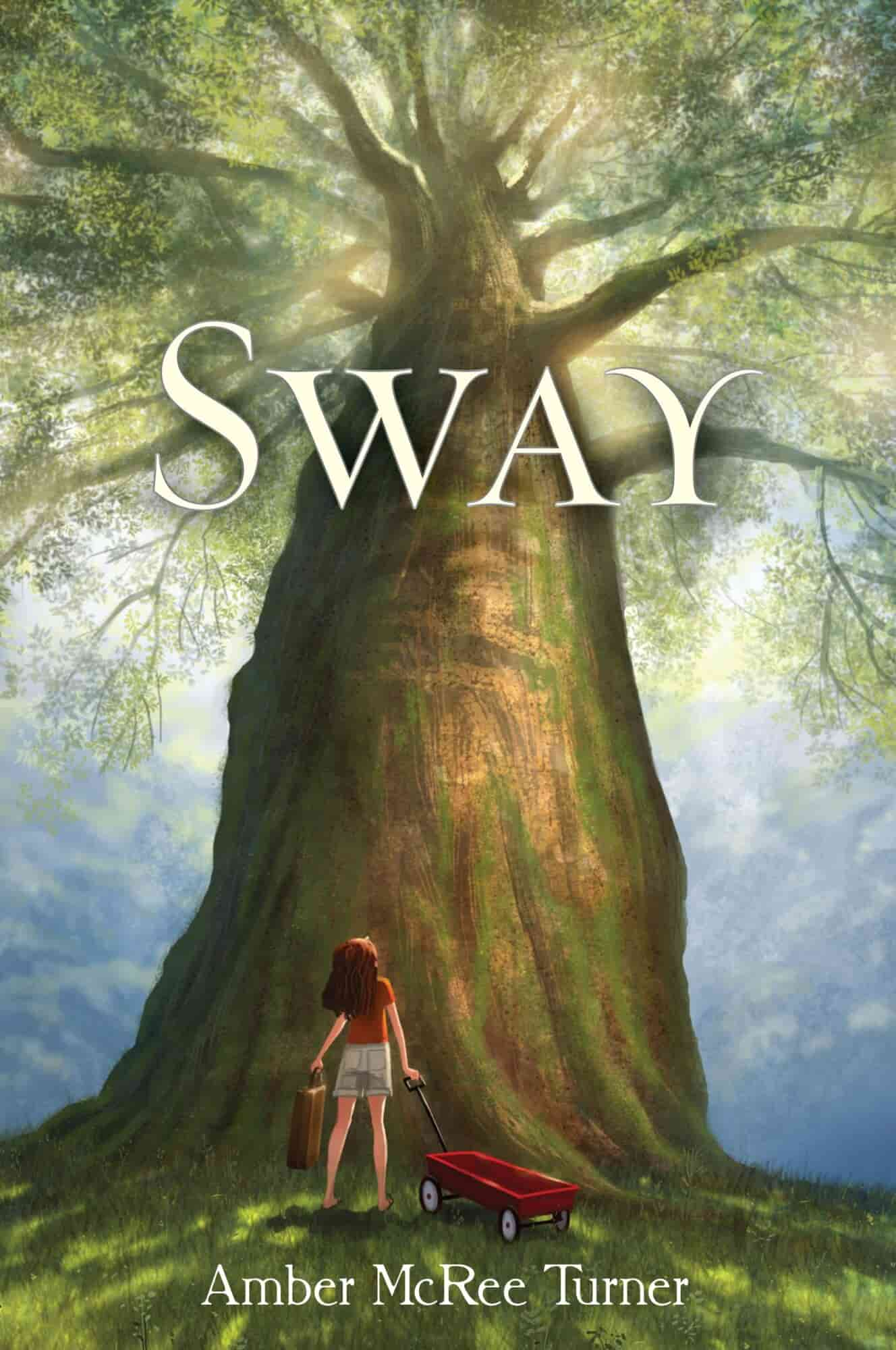
Michael Dorris has crafted a fierce saga of three generations of Indian women, beset by hardships and torn by angry secrets, yet inextricably joined by the bonds of kinship. Starting in the present day and moving backward, the novel is told in the voices of the three women: fifteen-year-old part-black Rayona; her American Indian mother, Christine, consumed by tenderness and resentment toward those she loves; and the fierce and mysterious Ida, mother and grandmother whose haunting secrets, betrayals, and dreams echo through the years, braiding together the strands of the shared past.
DEPICTING ROAD TRIPS AND JOURNEYS IN ILLUSTRATION
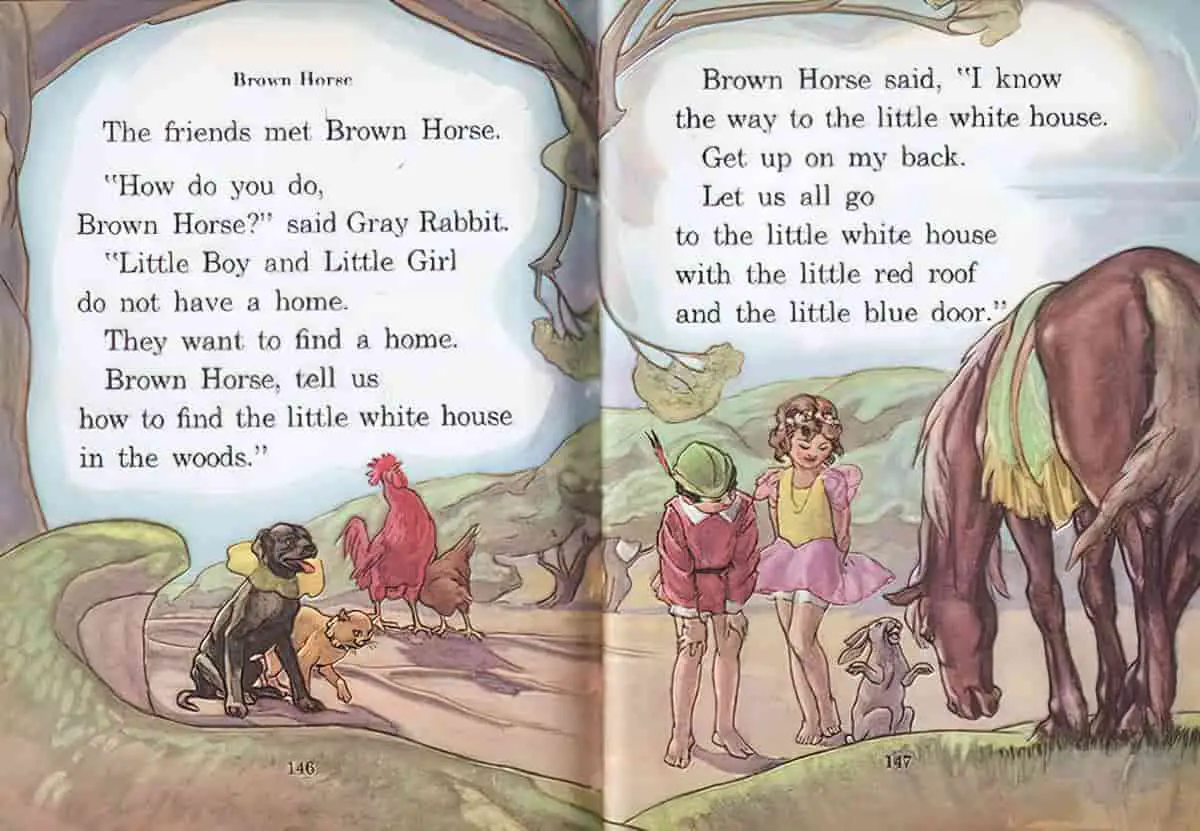
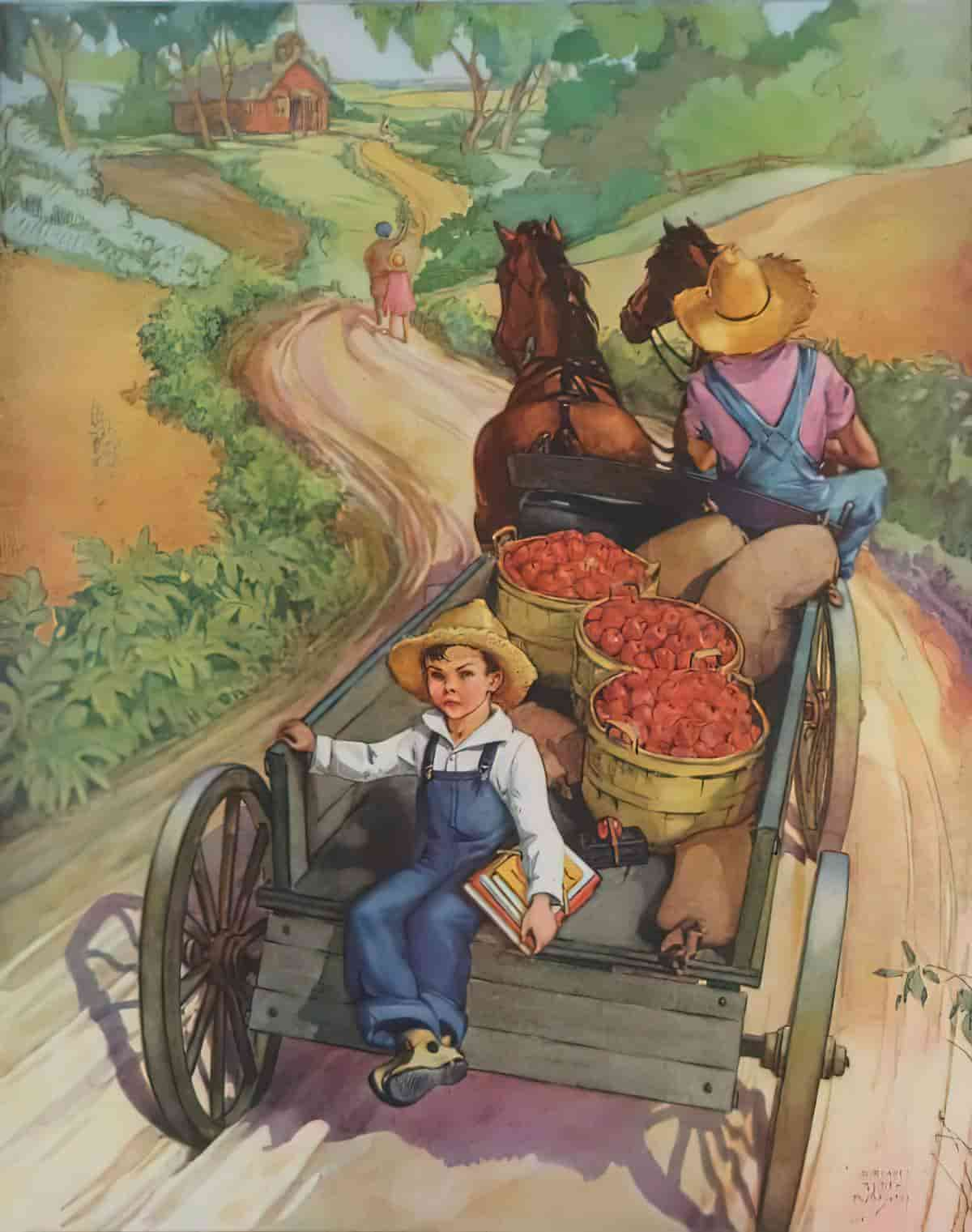
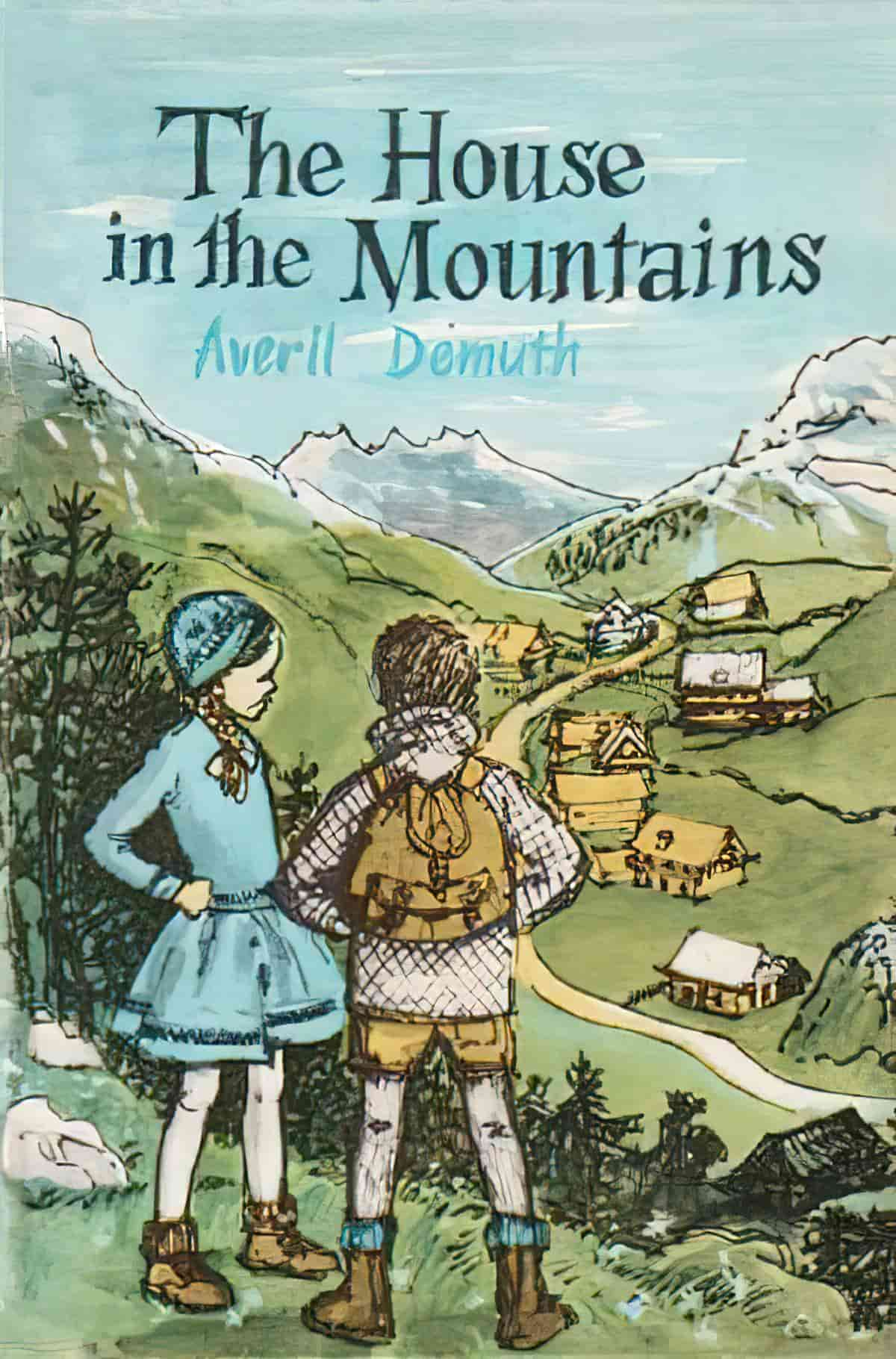
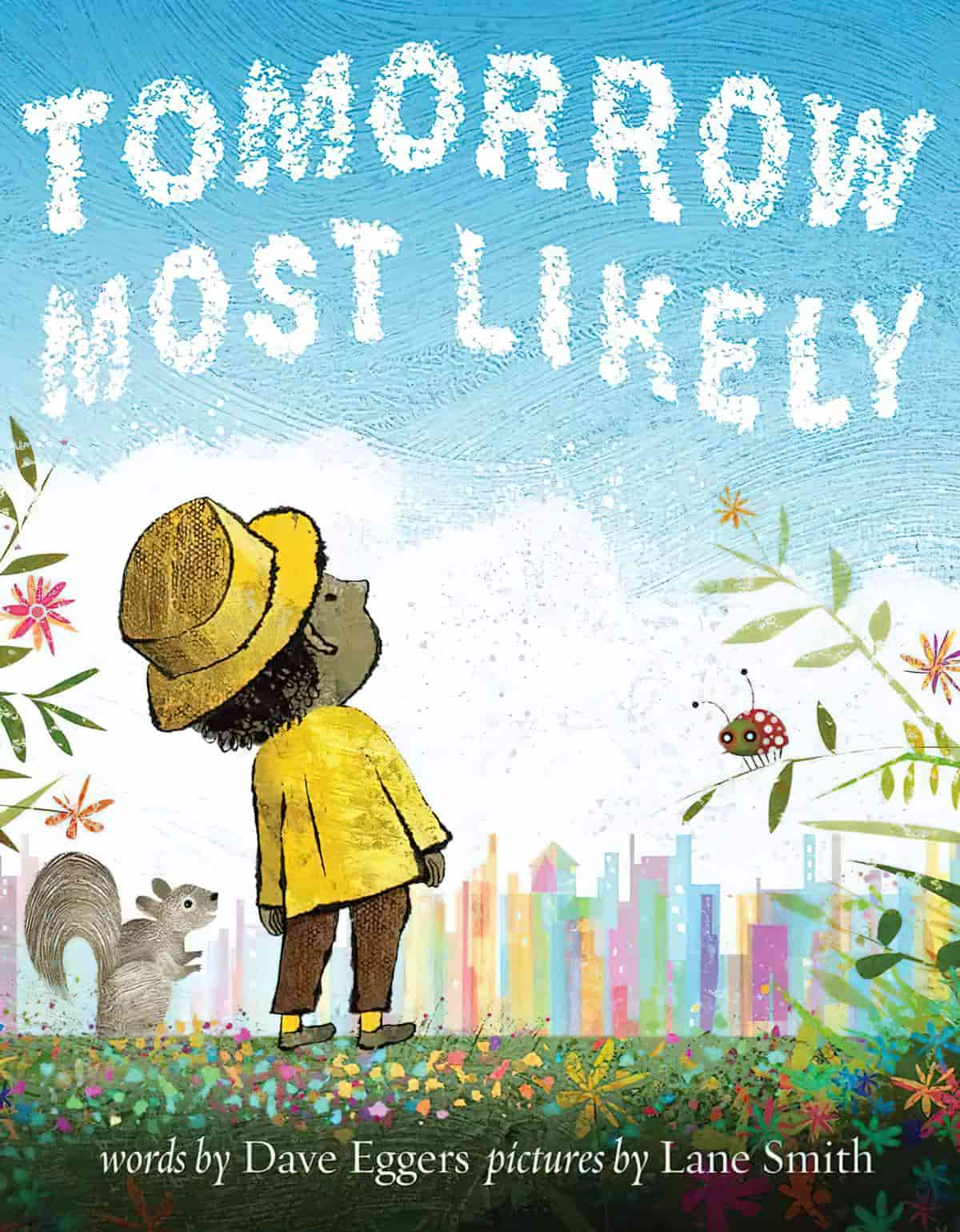
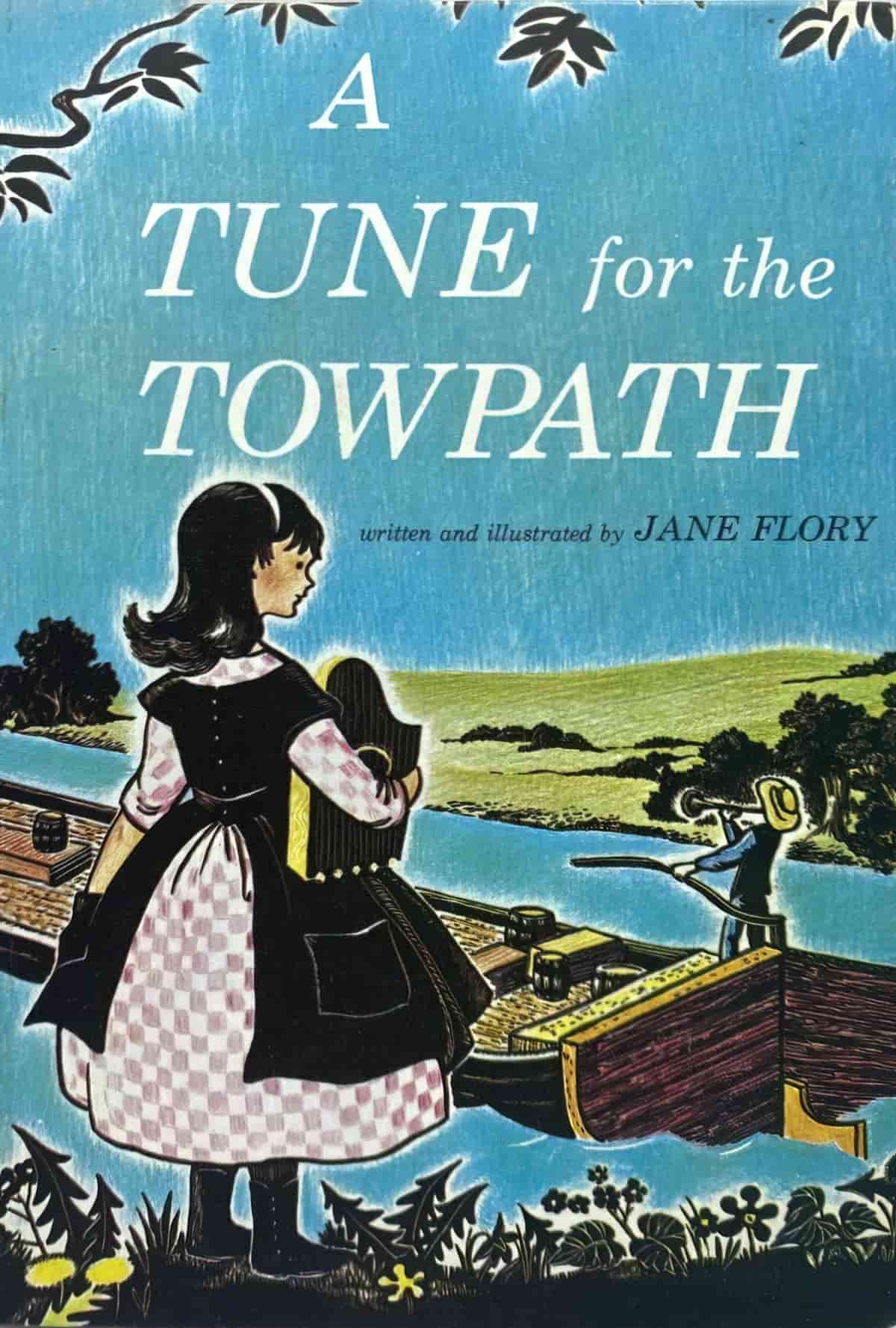
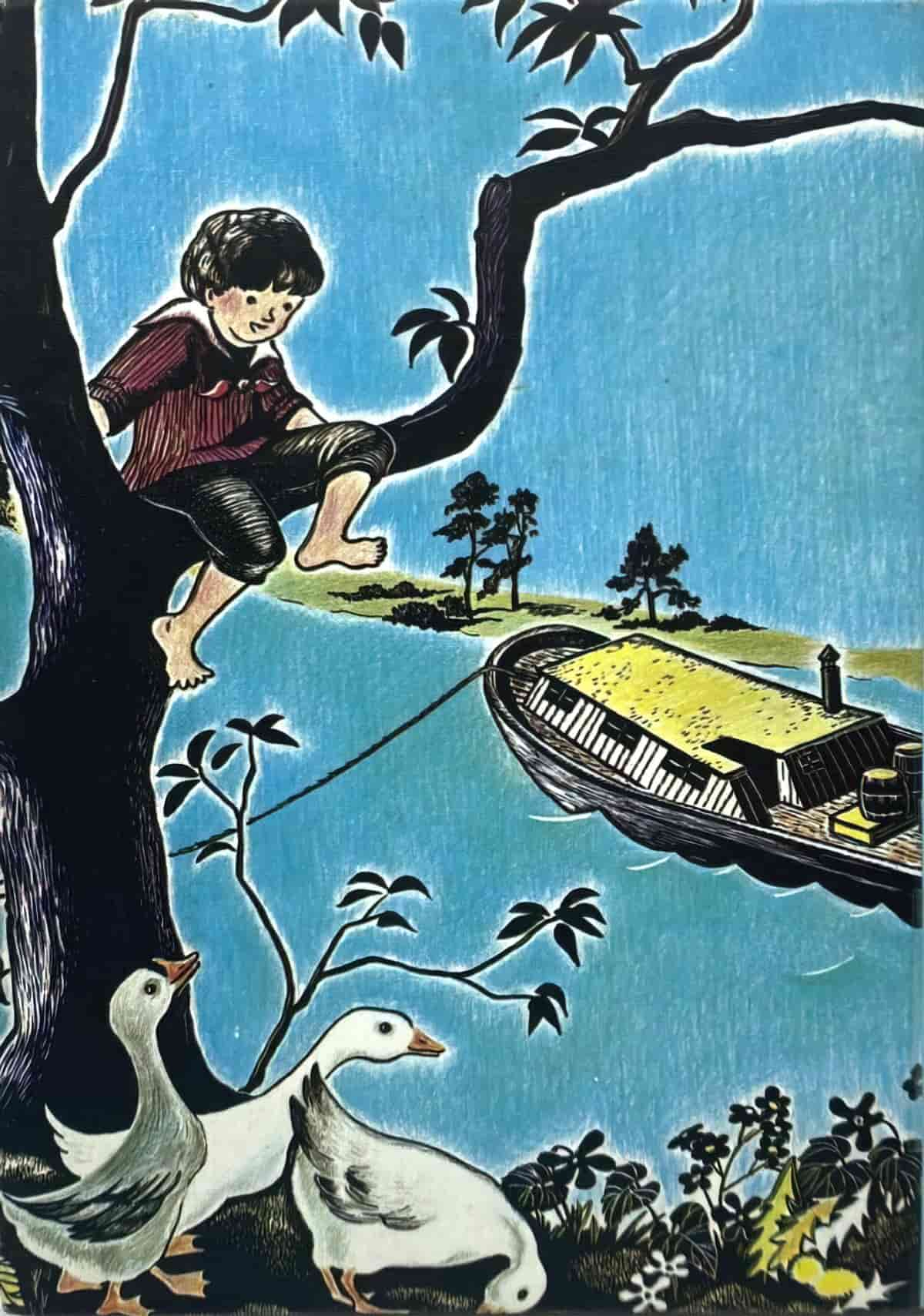
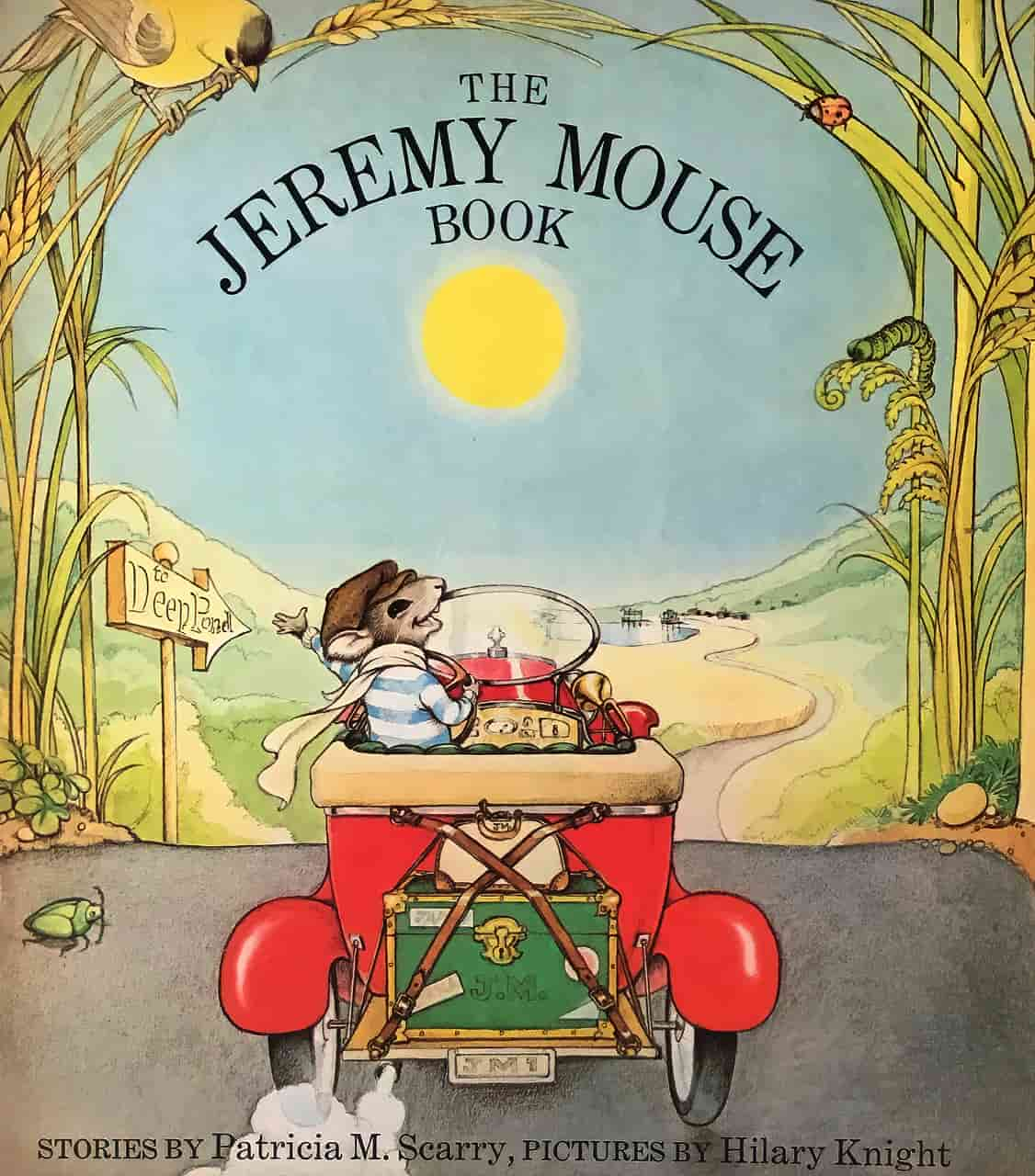

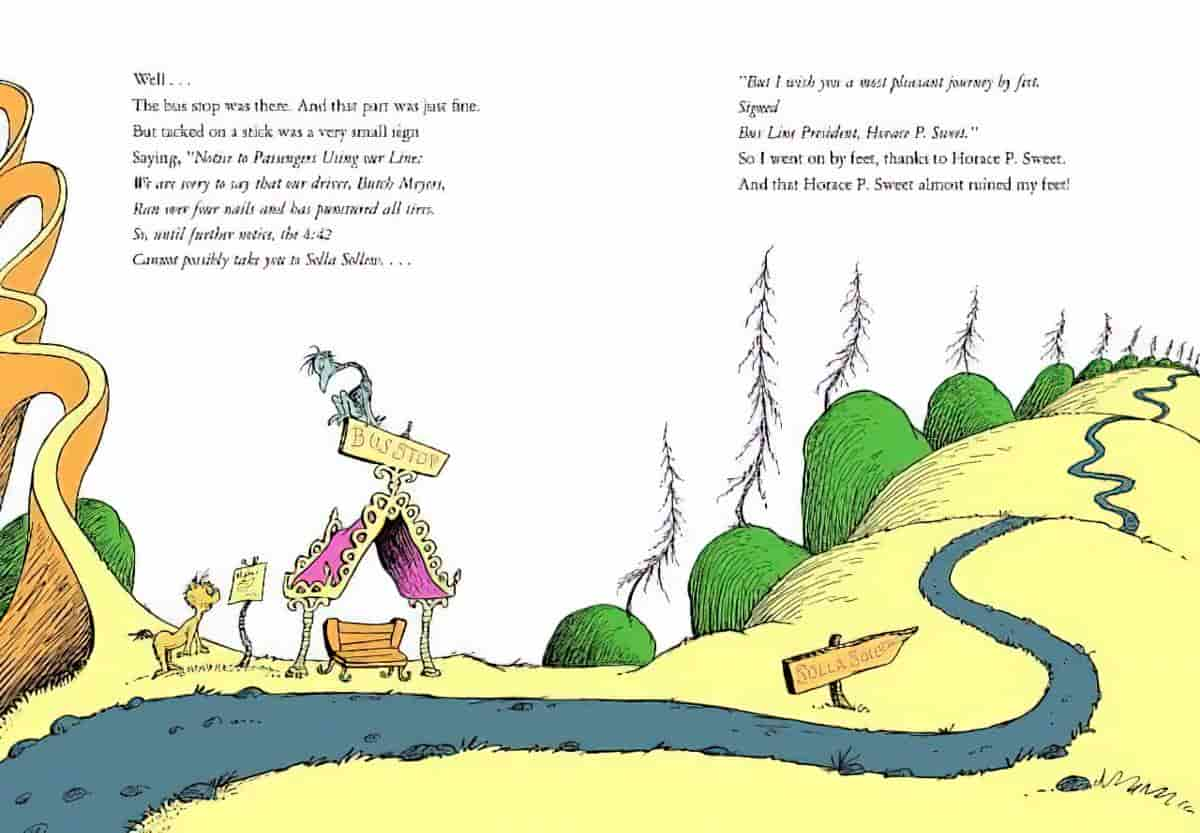
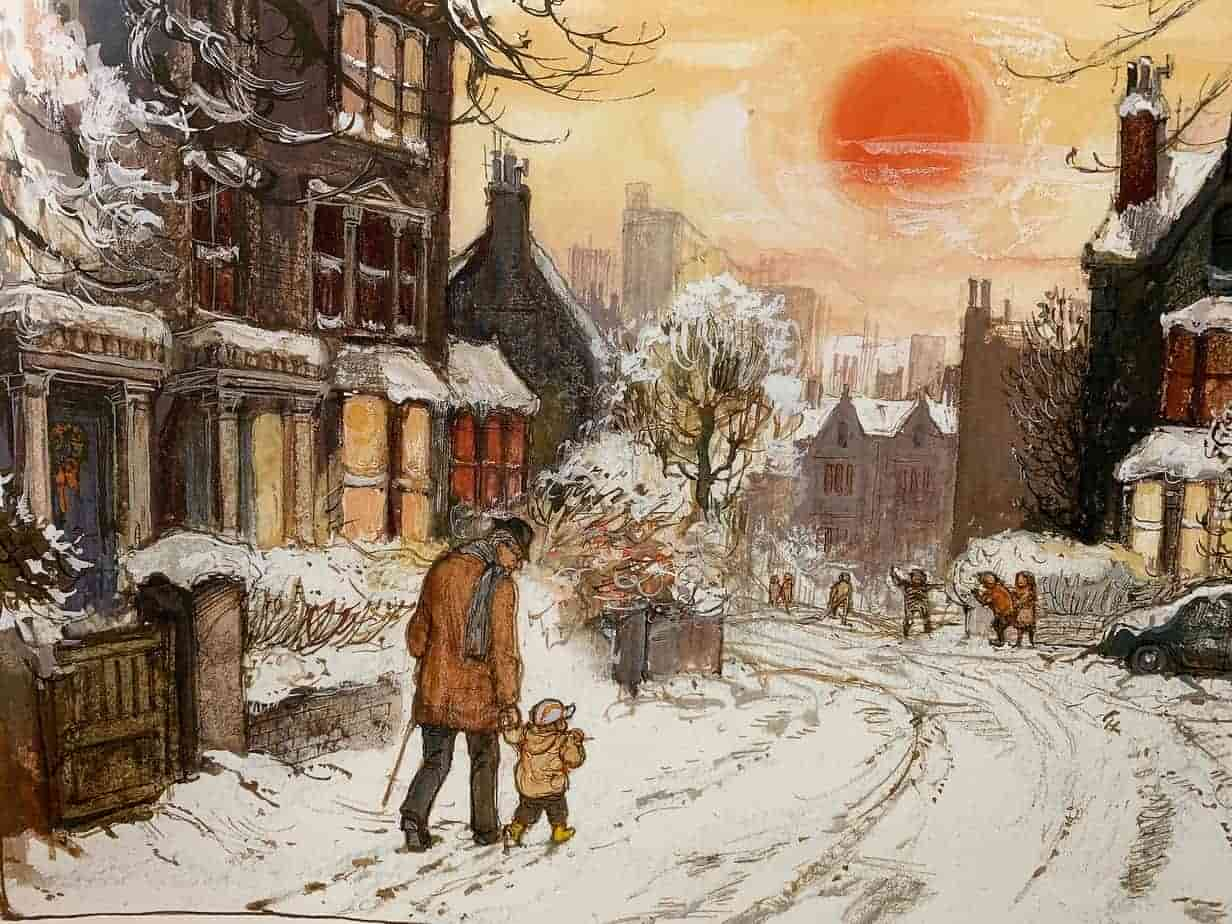
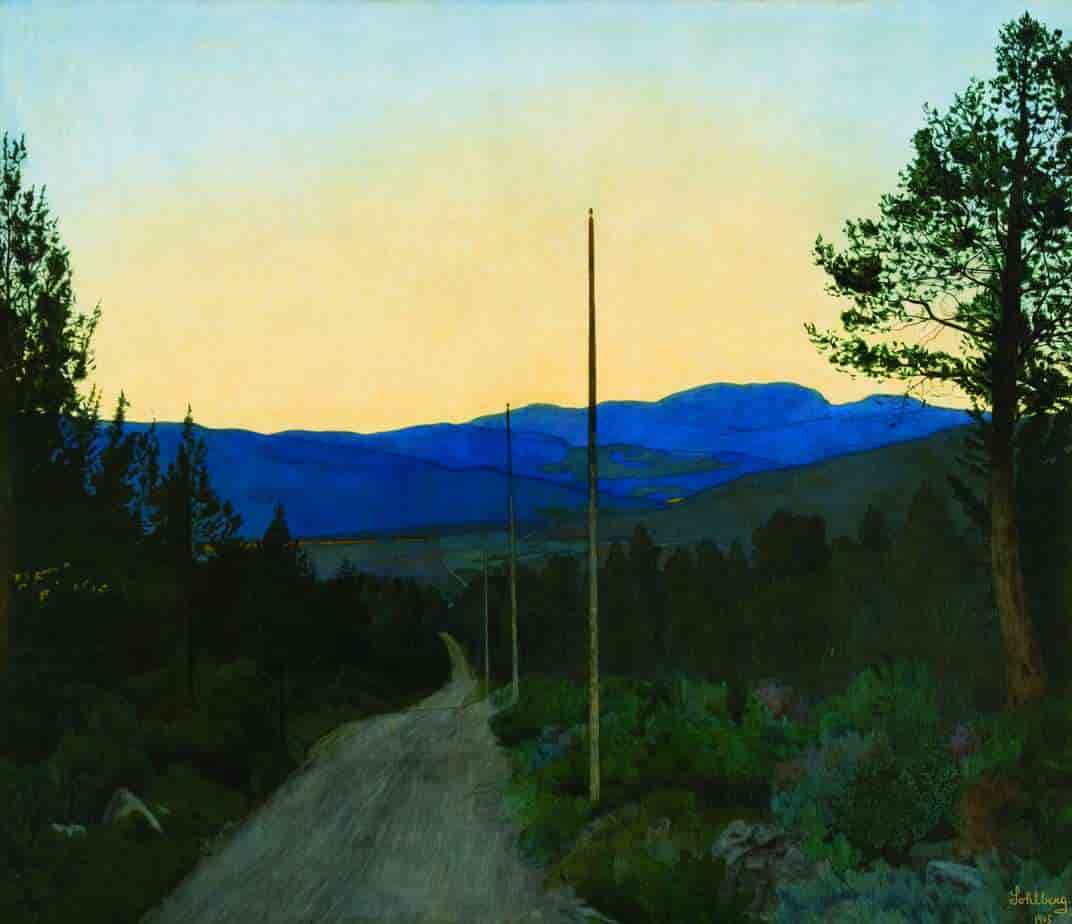
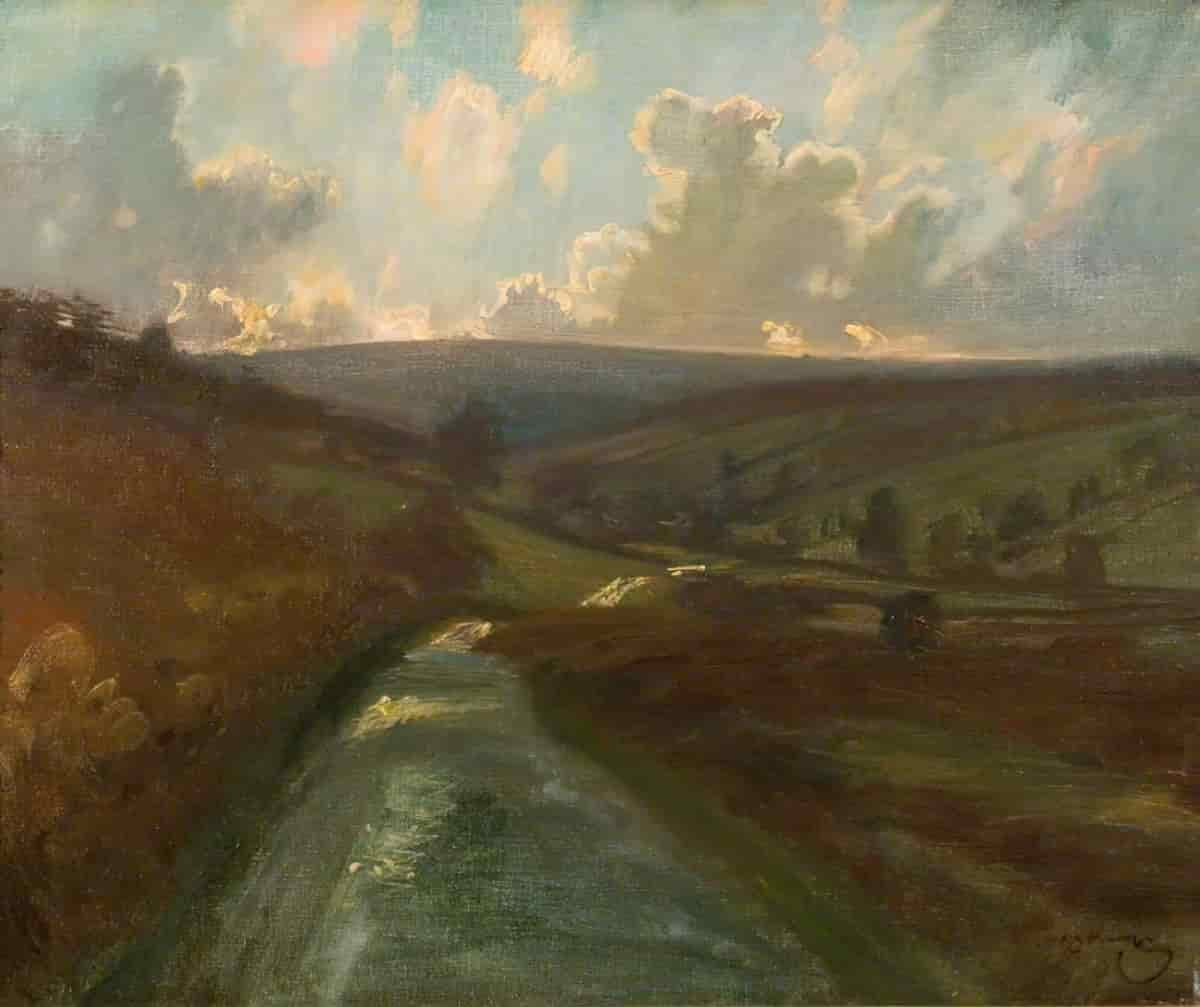
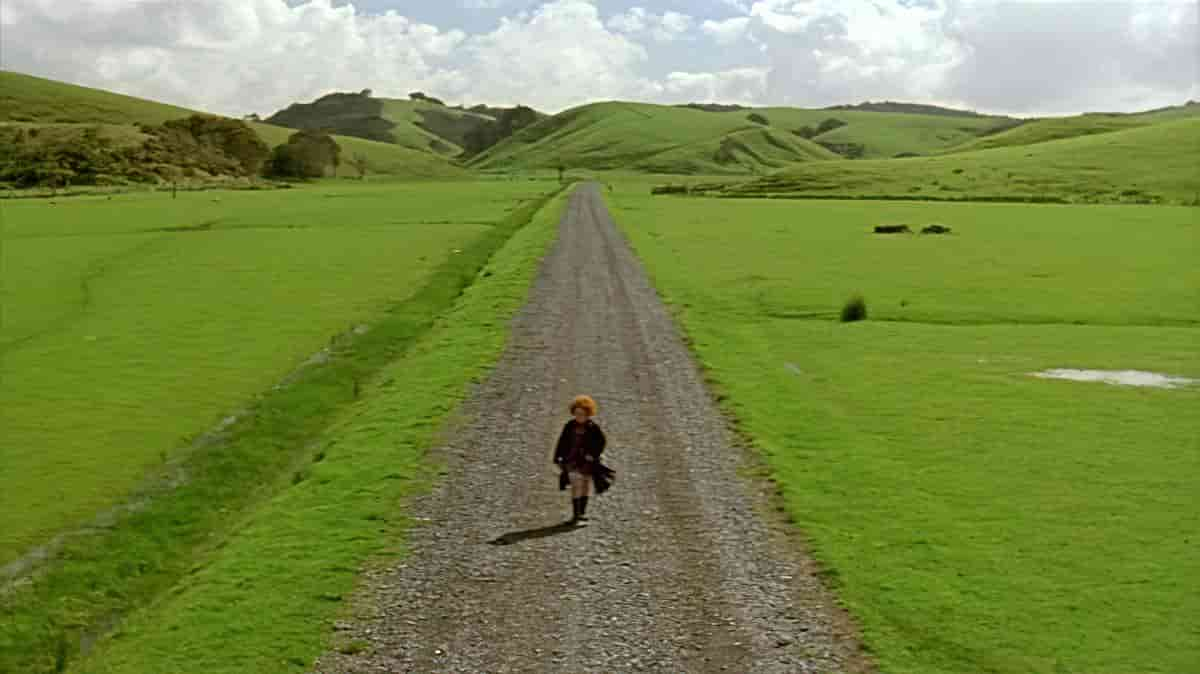
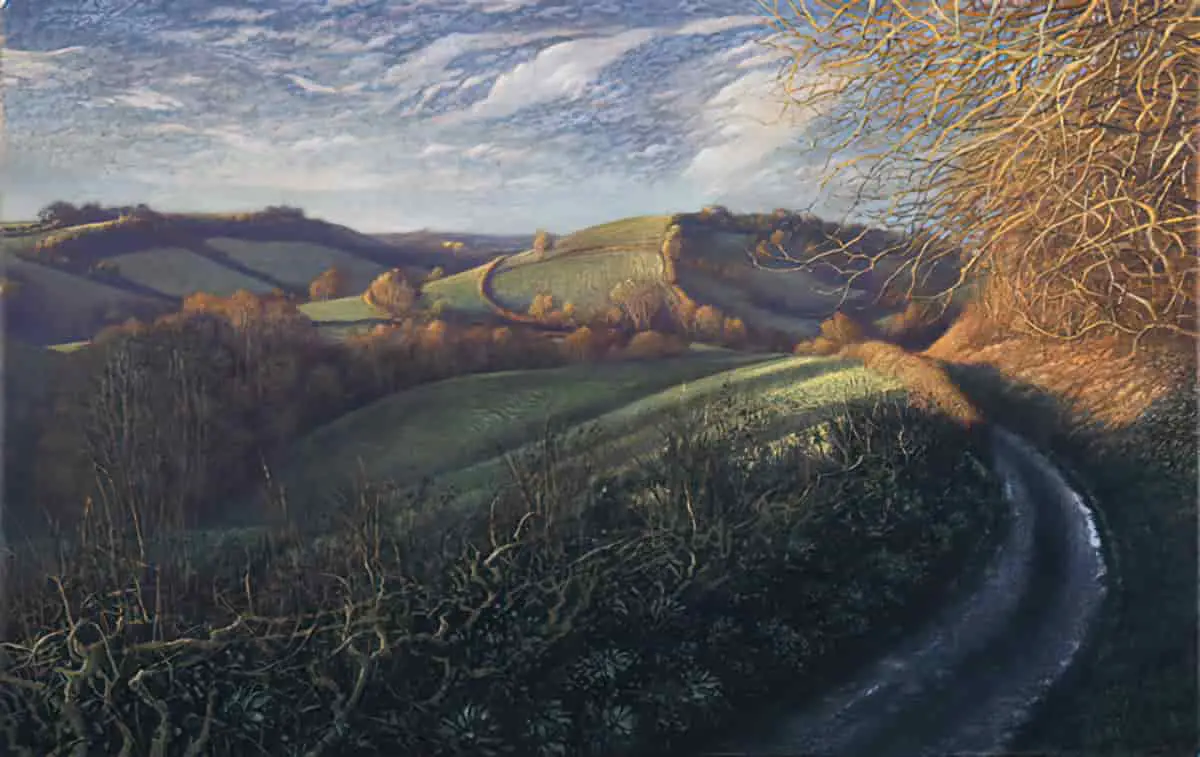
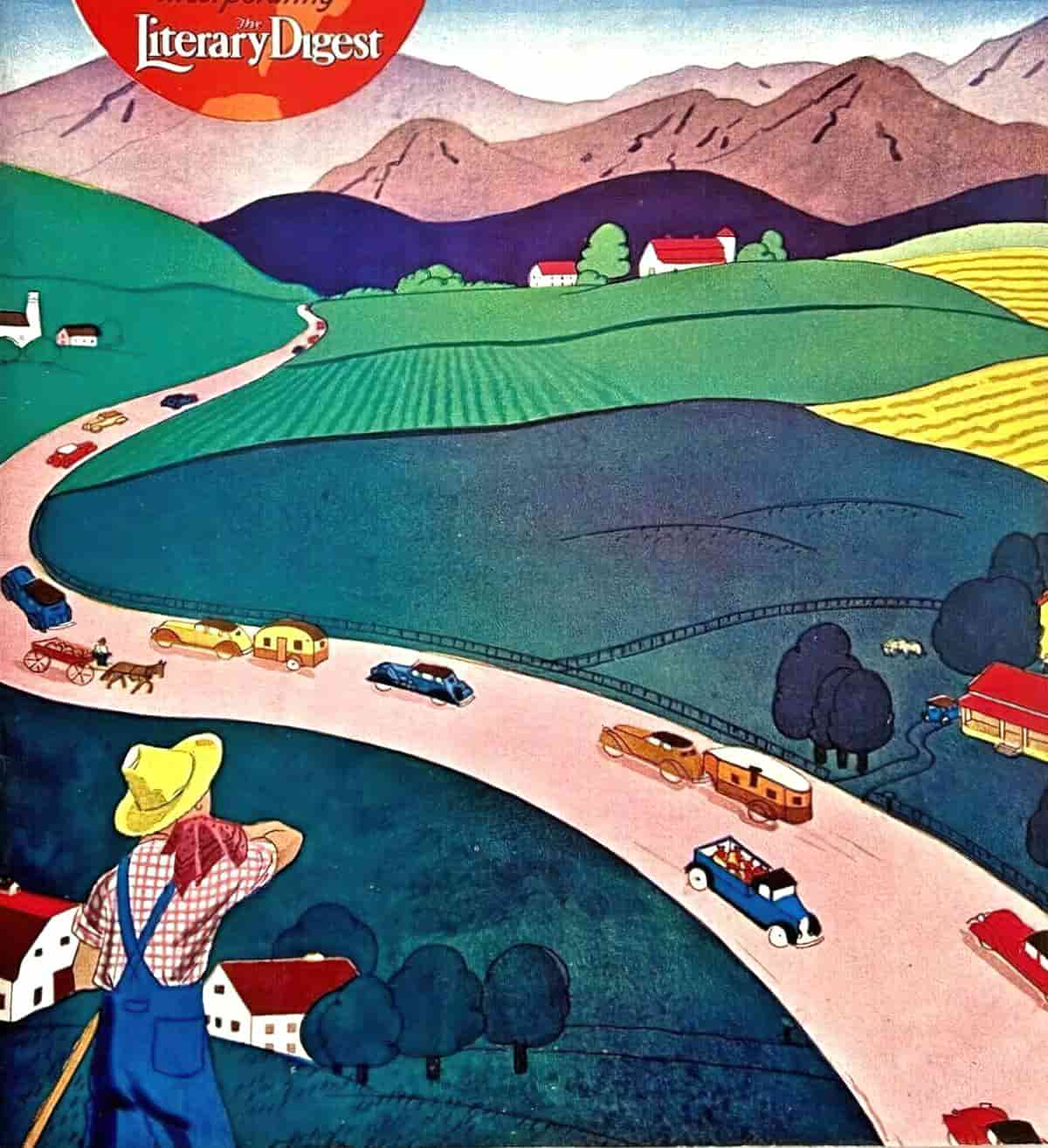
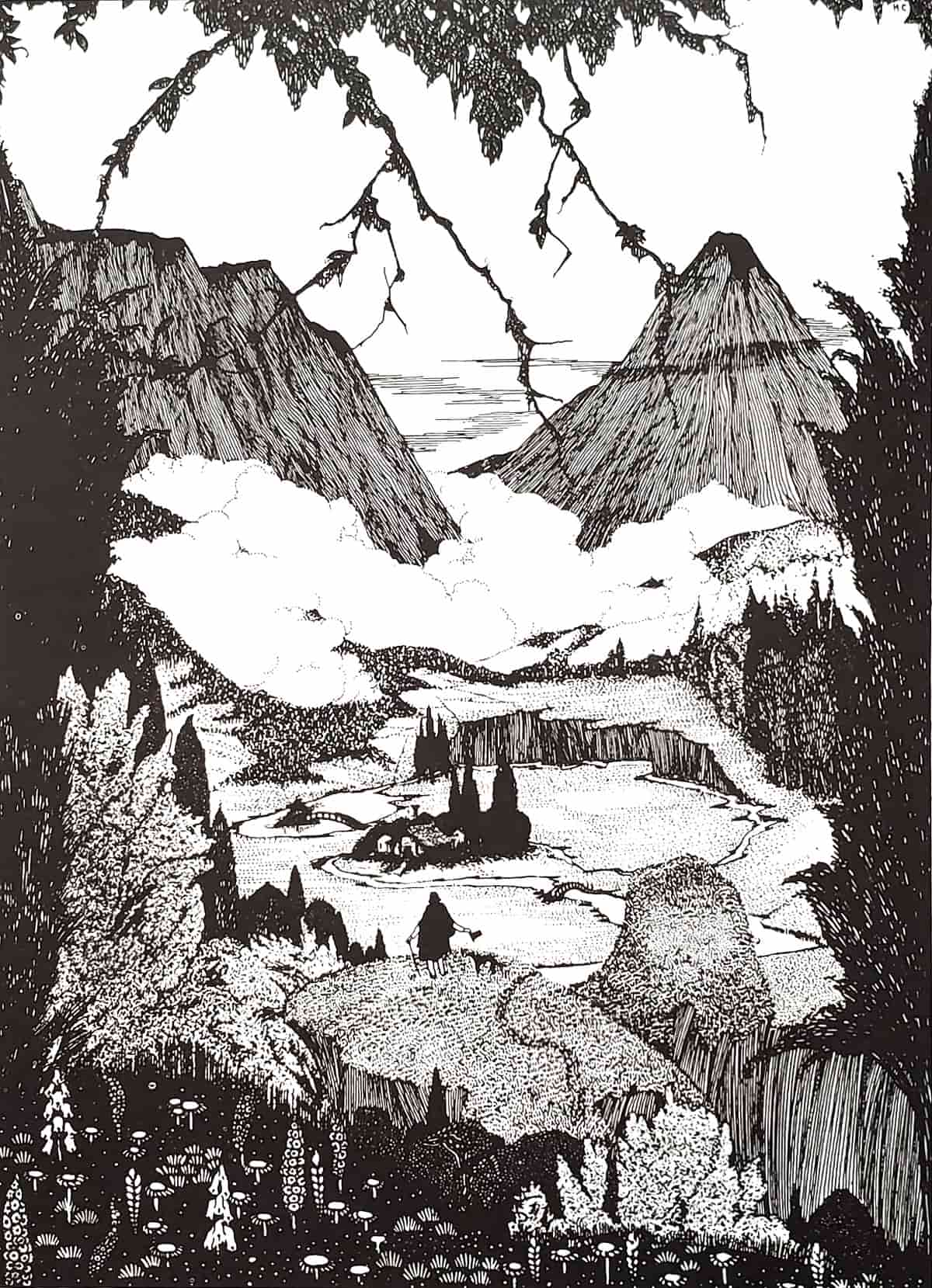
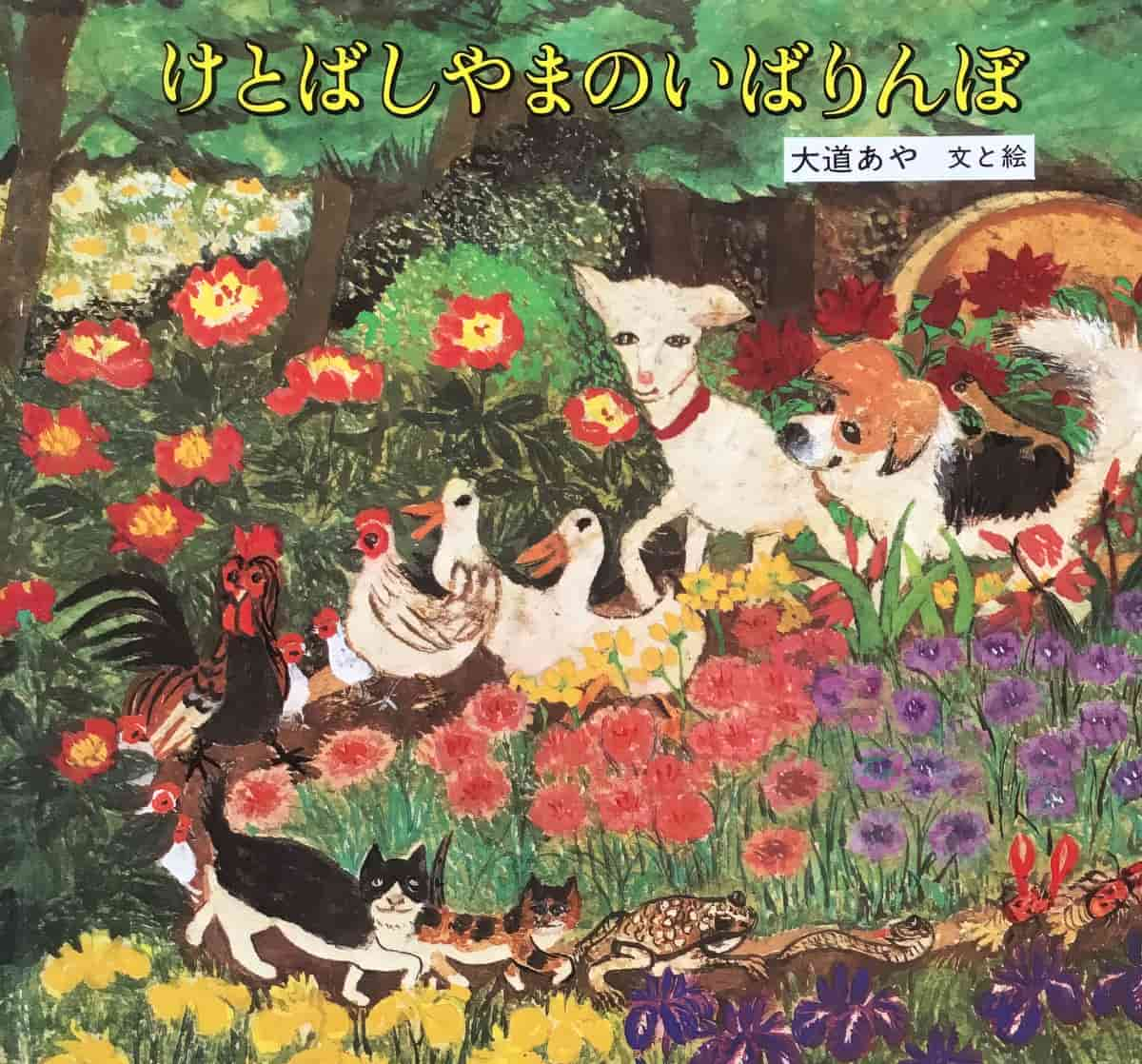
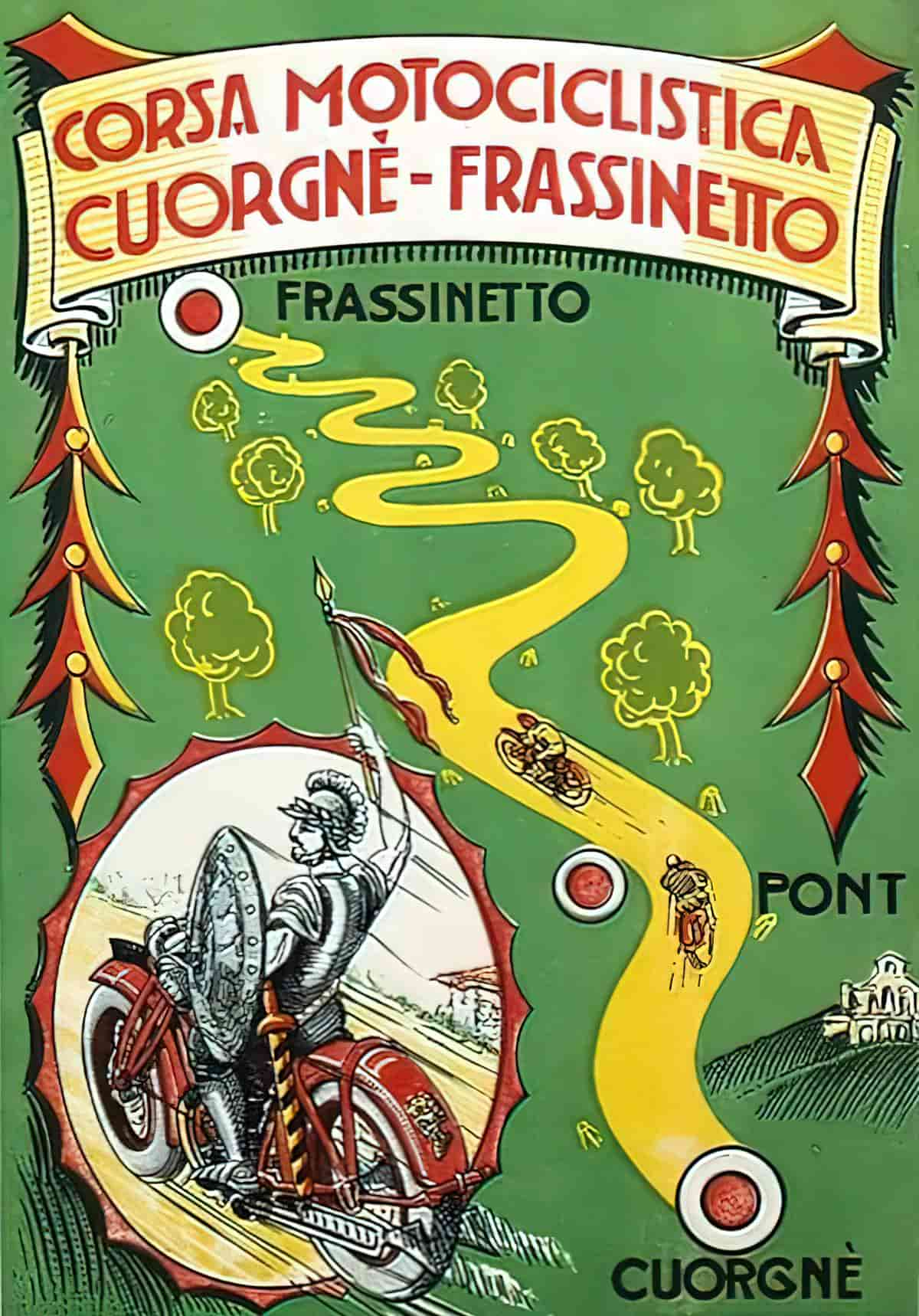
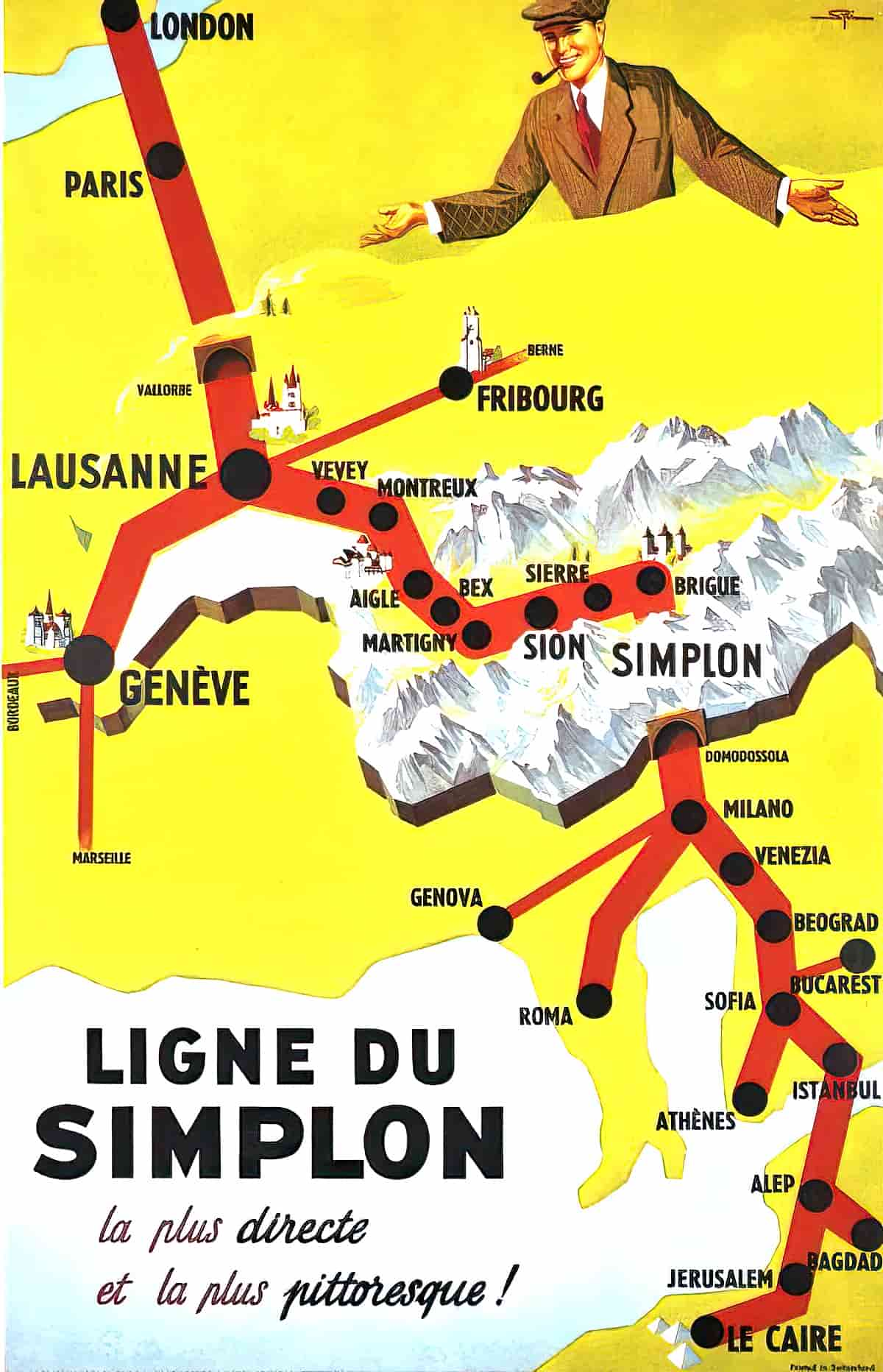
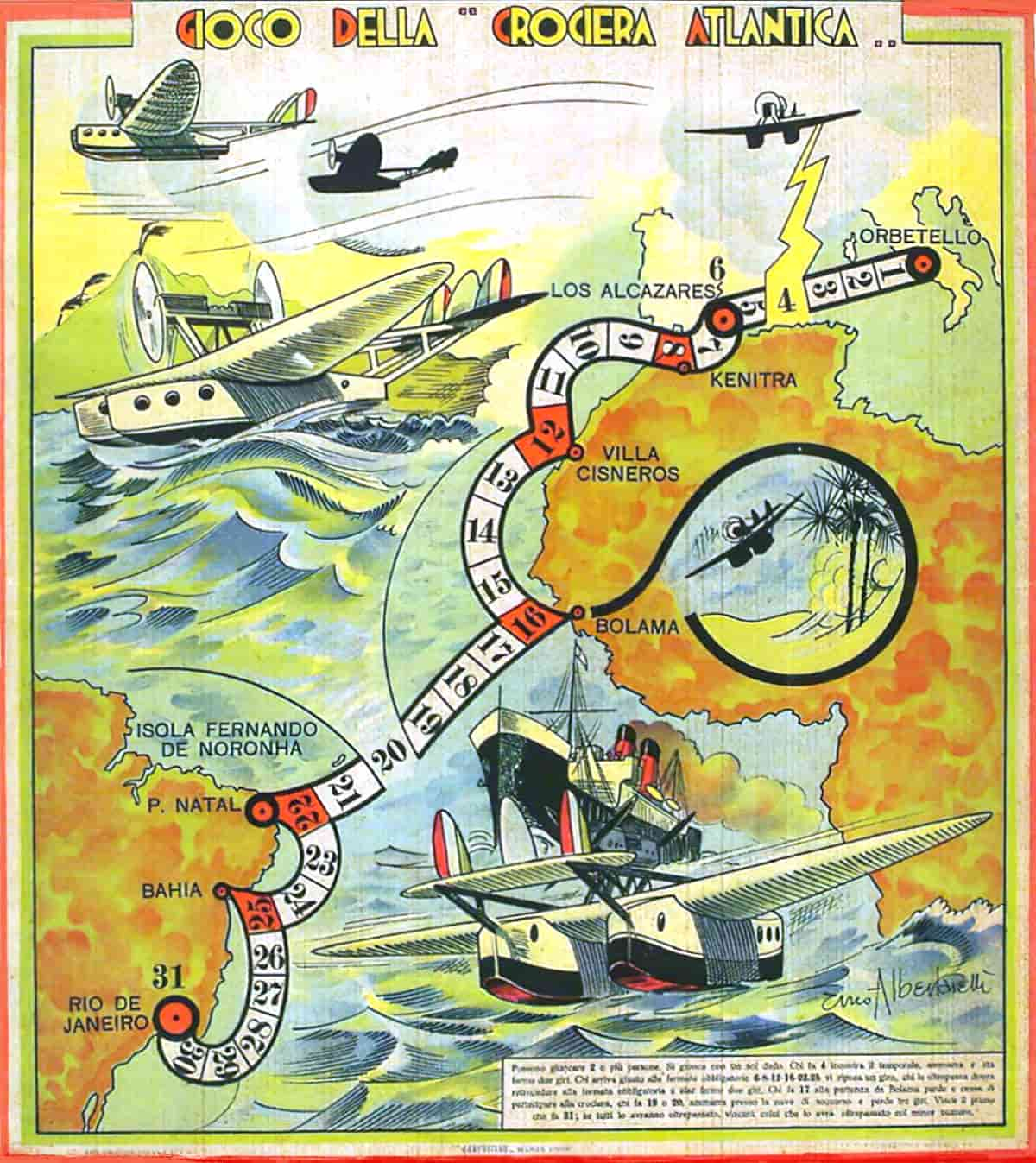
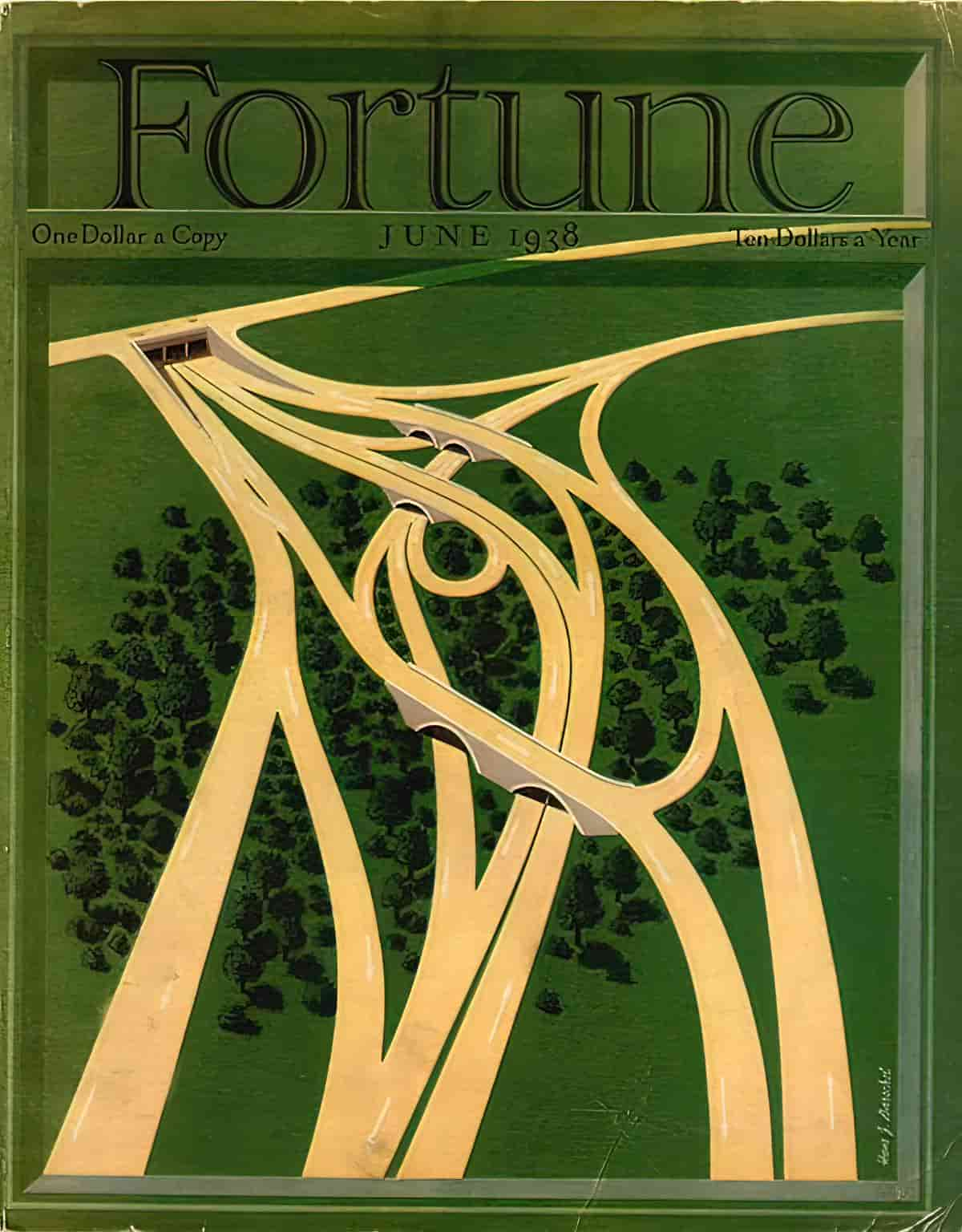

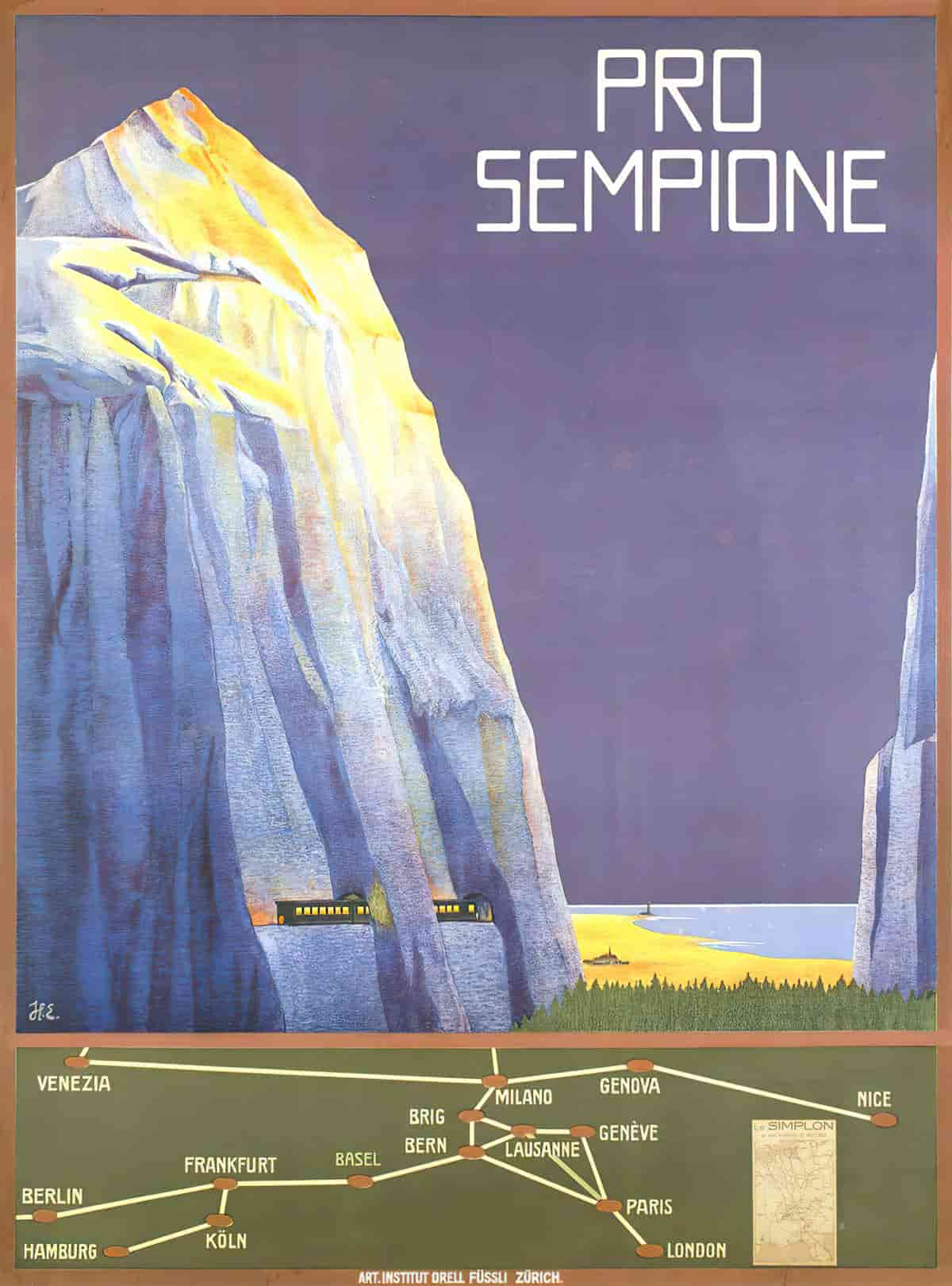
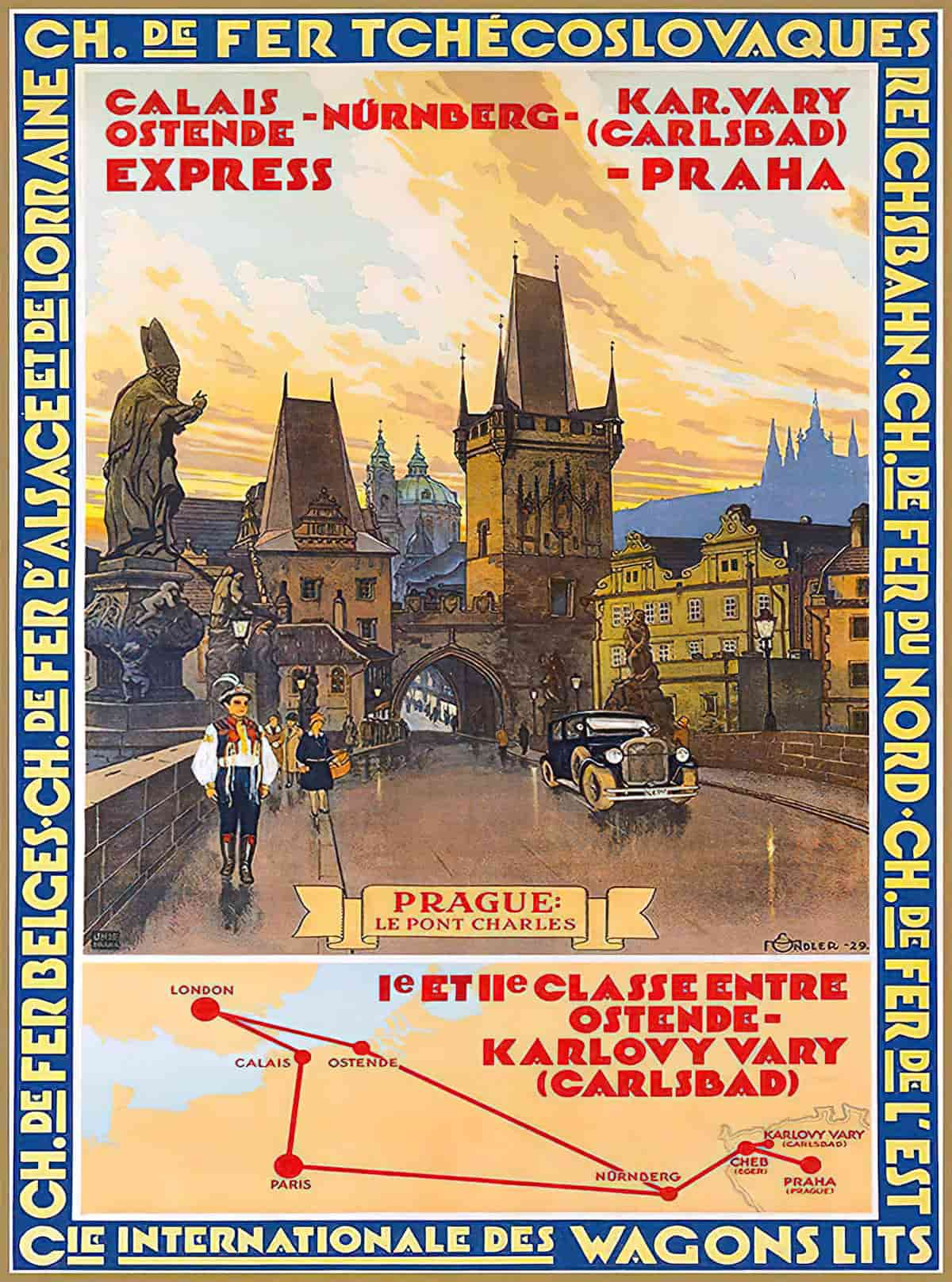
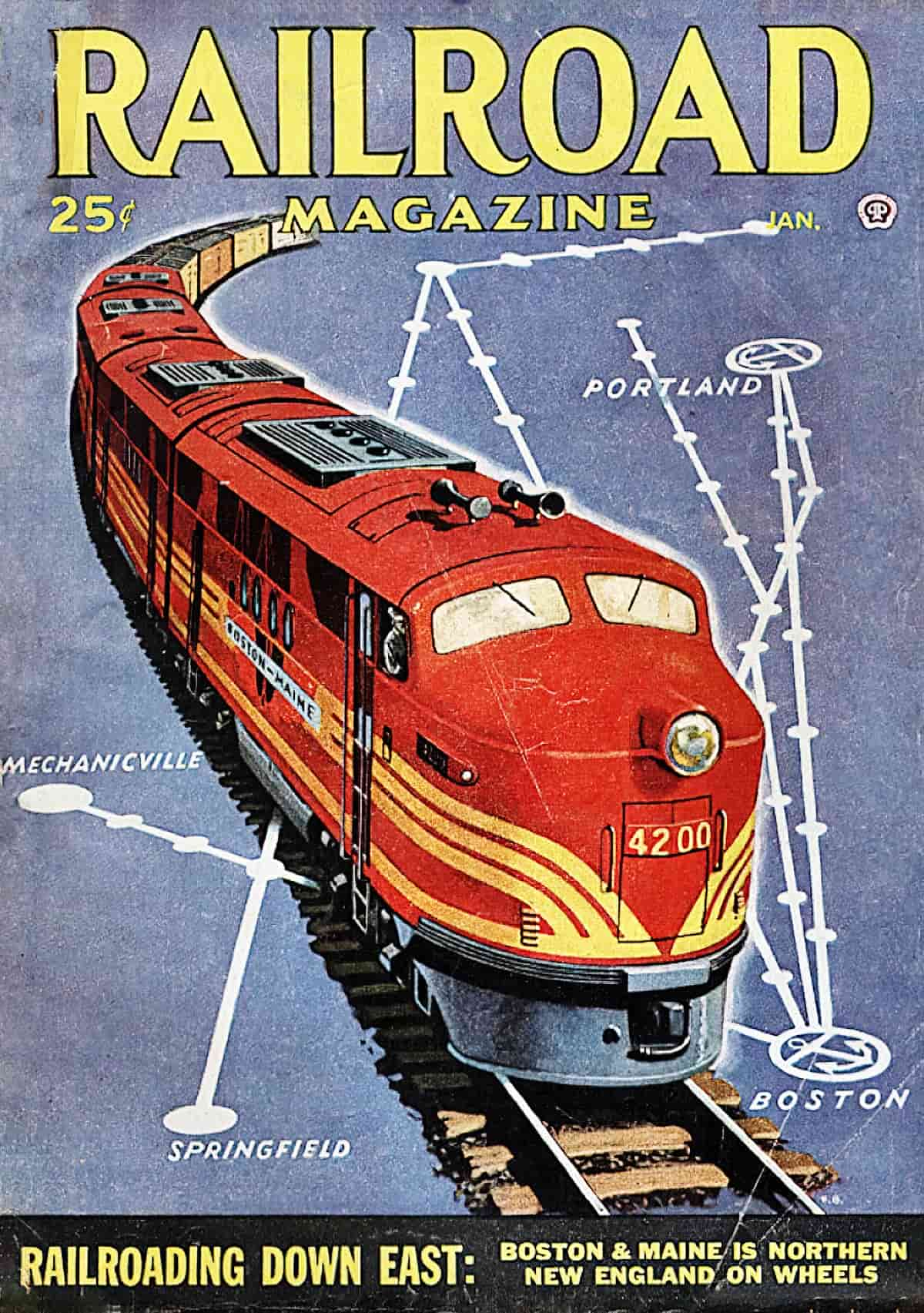
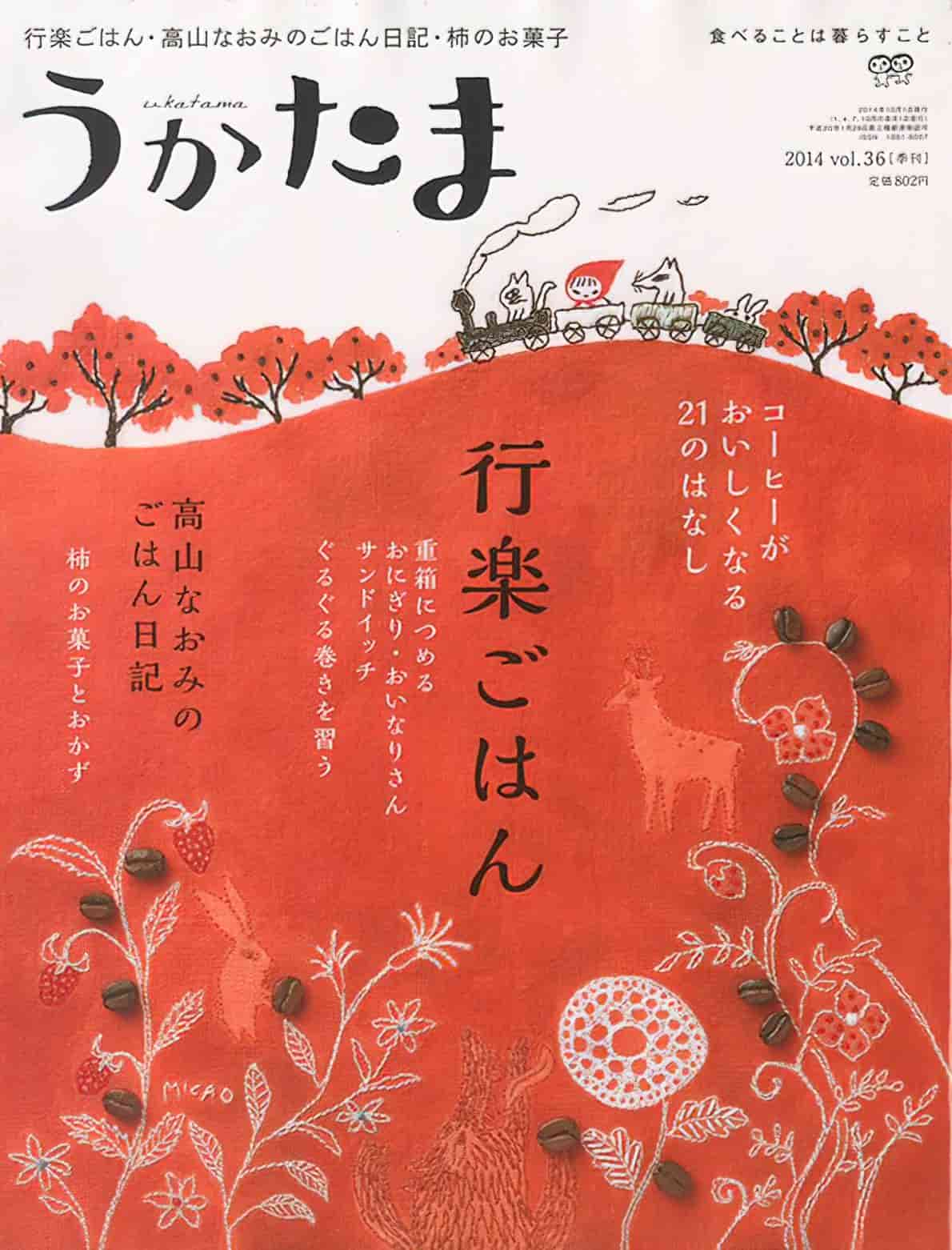
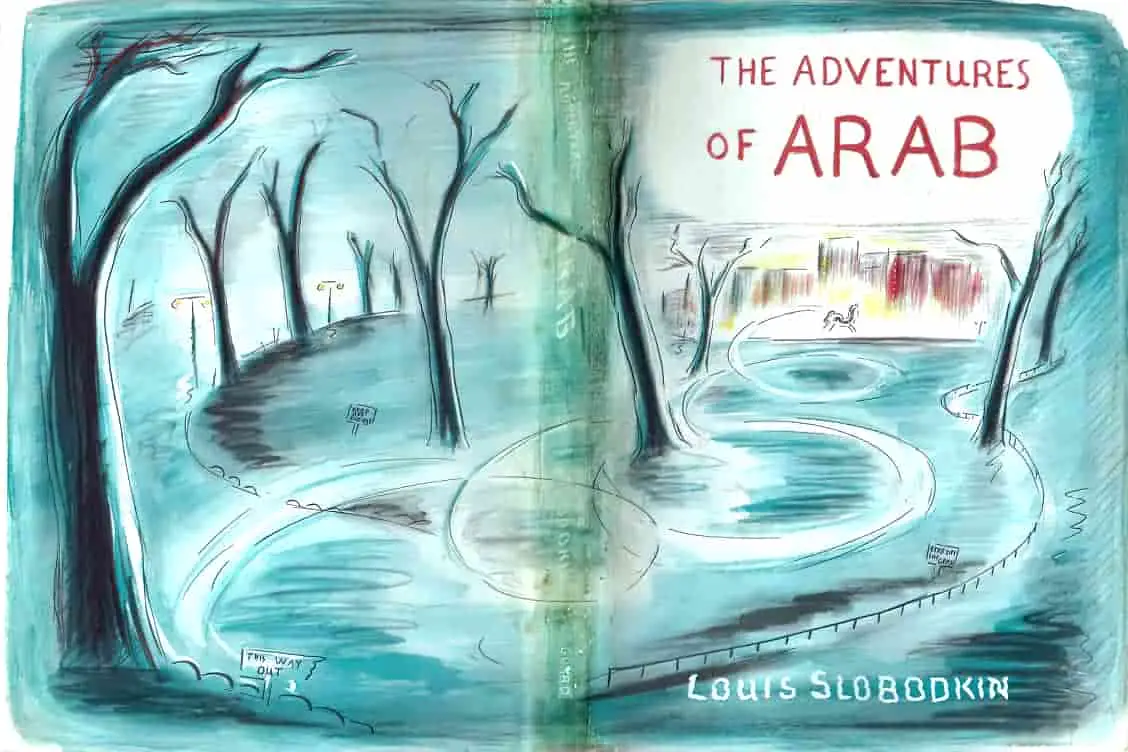
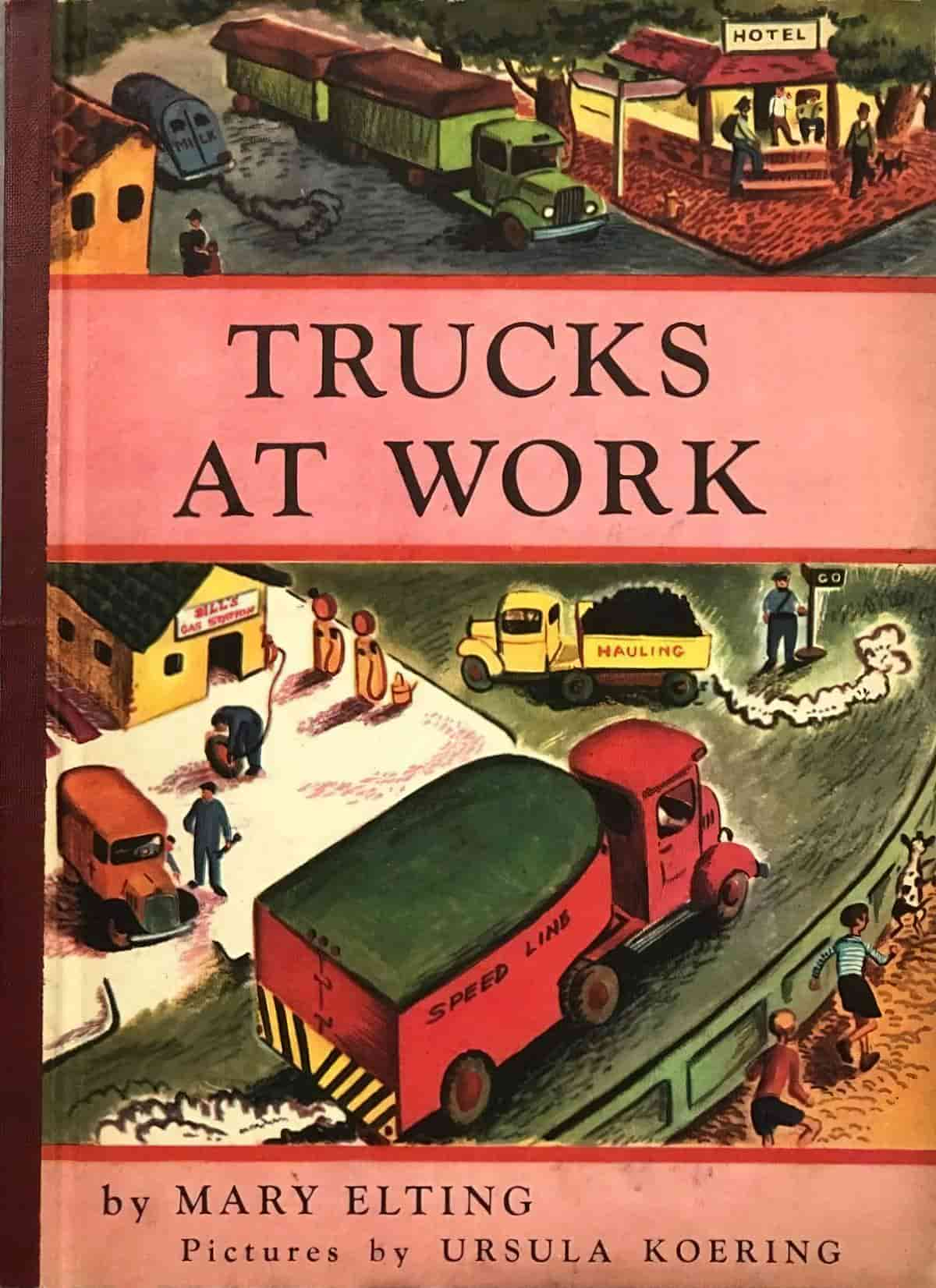
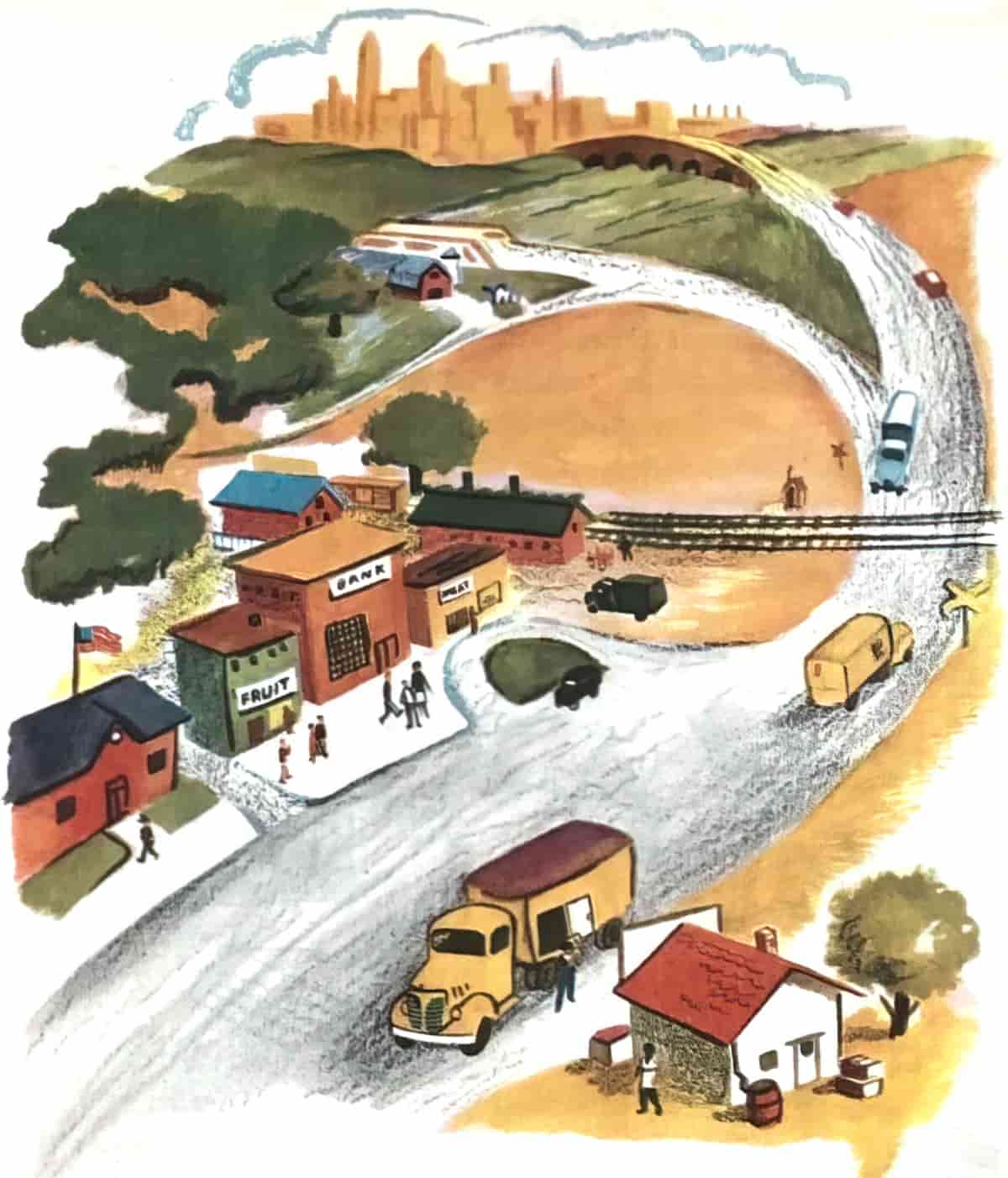
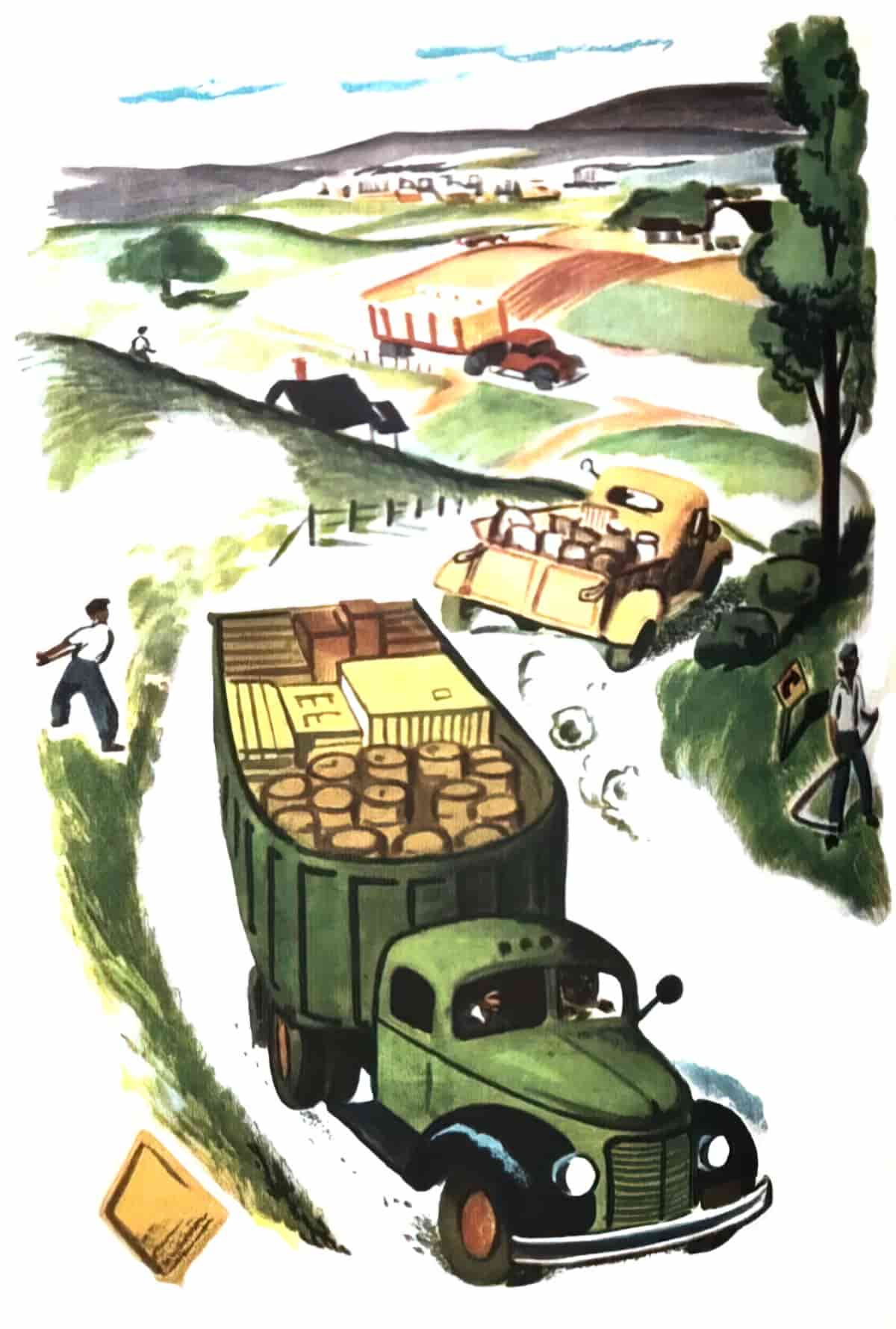
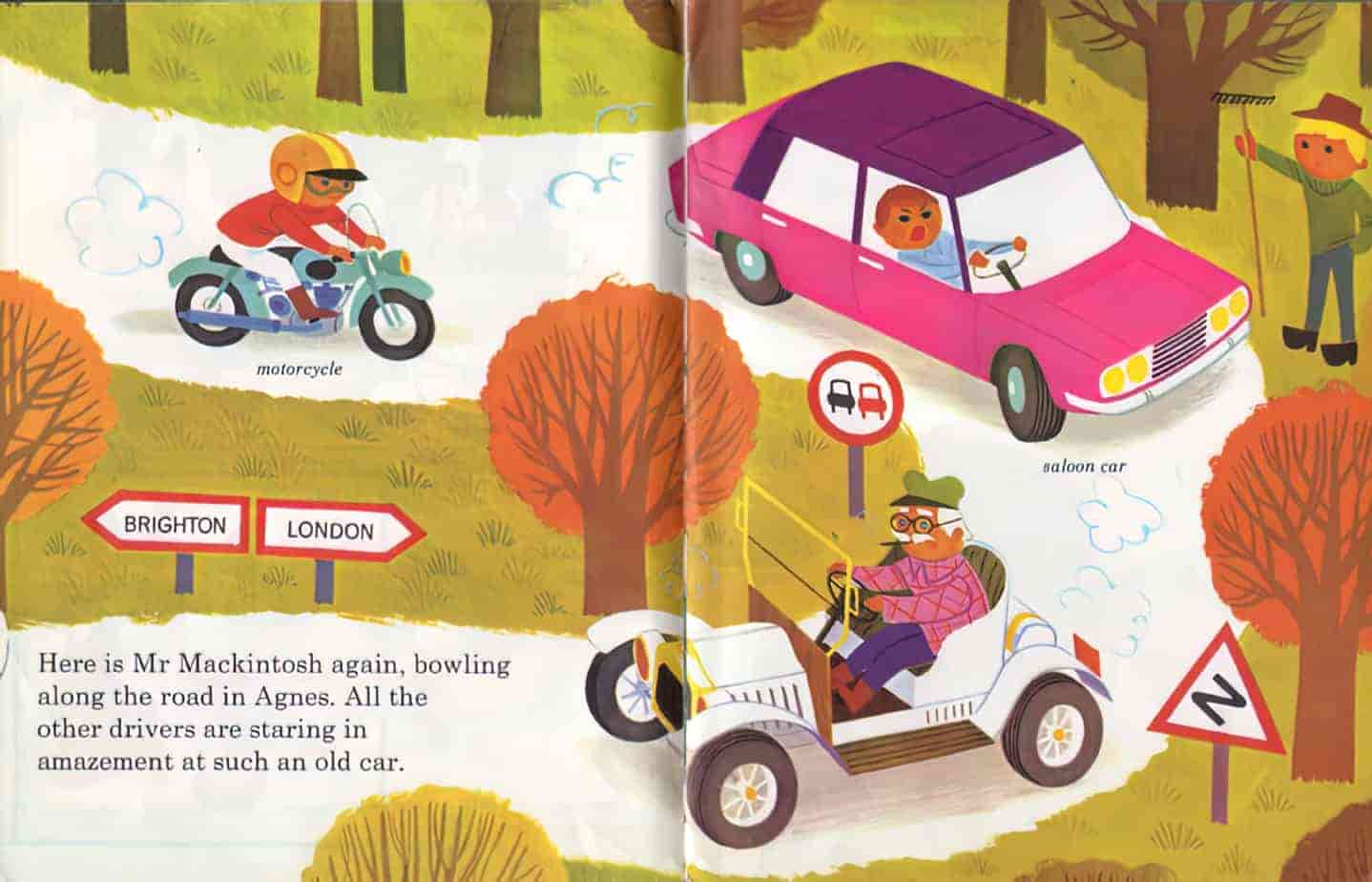
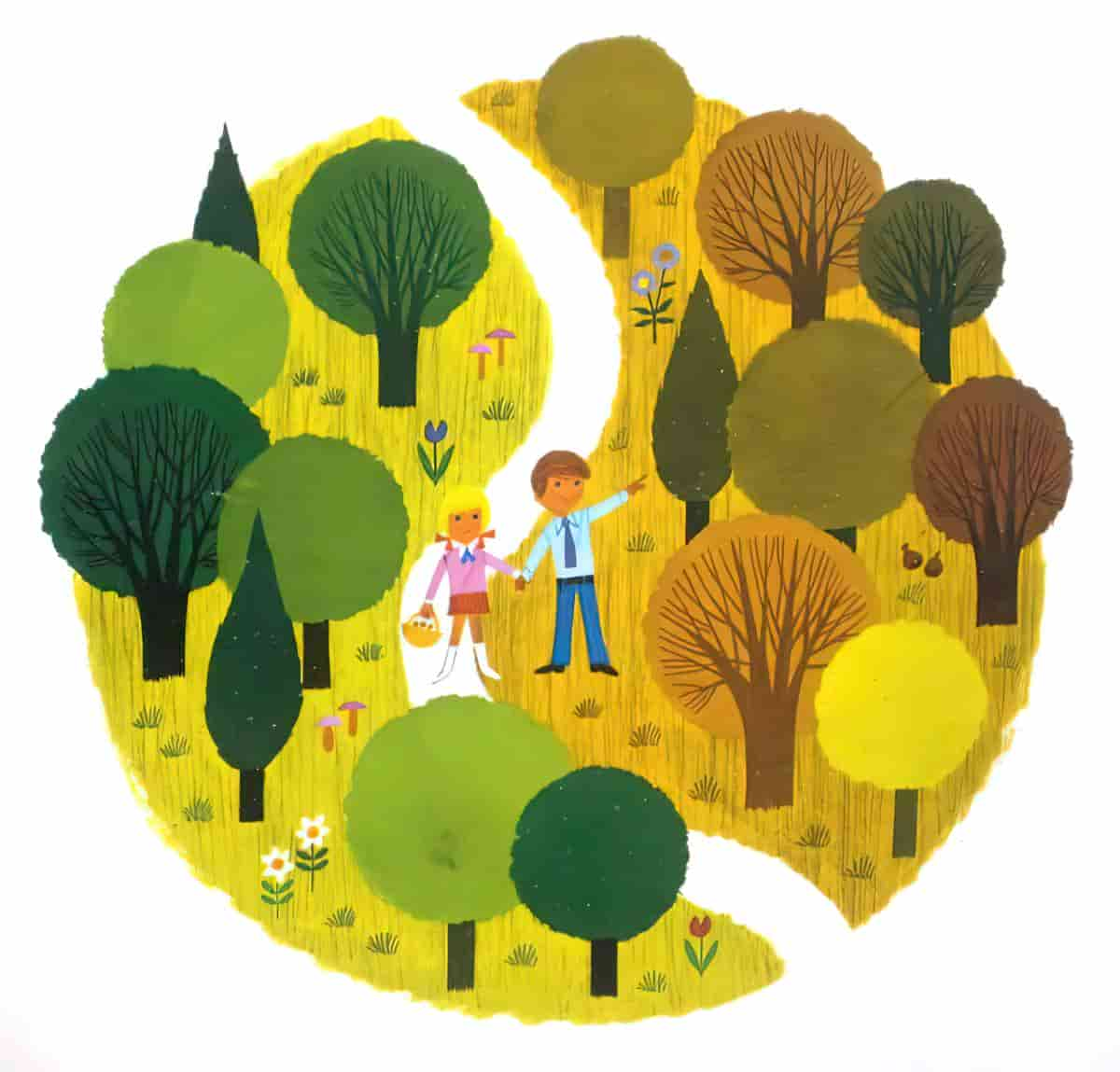
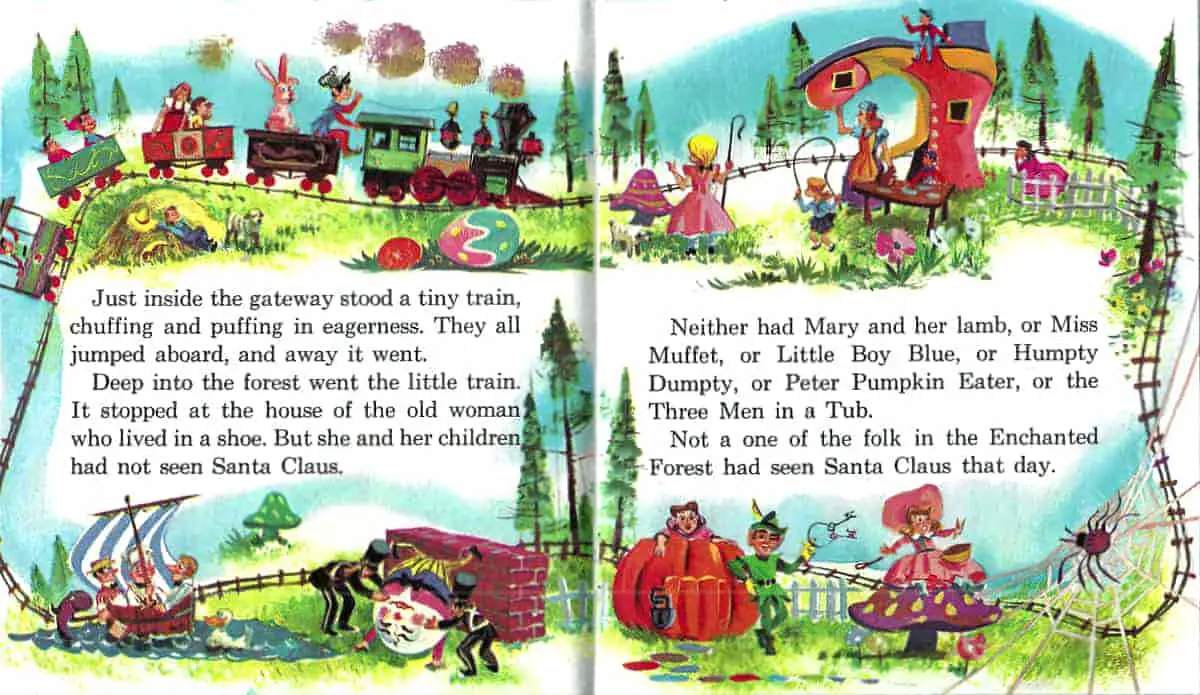
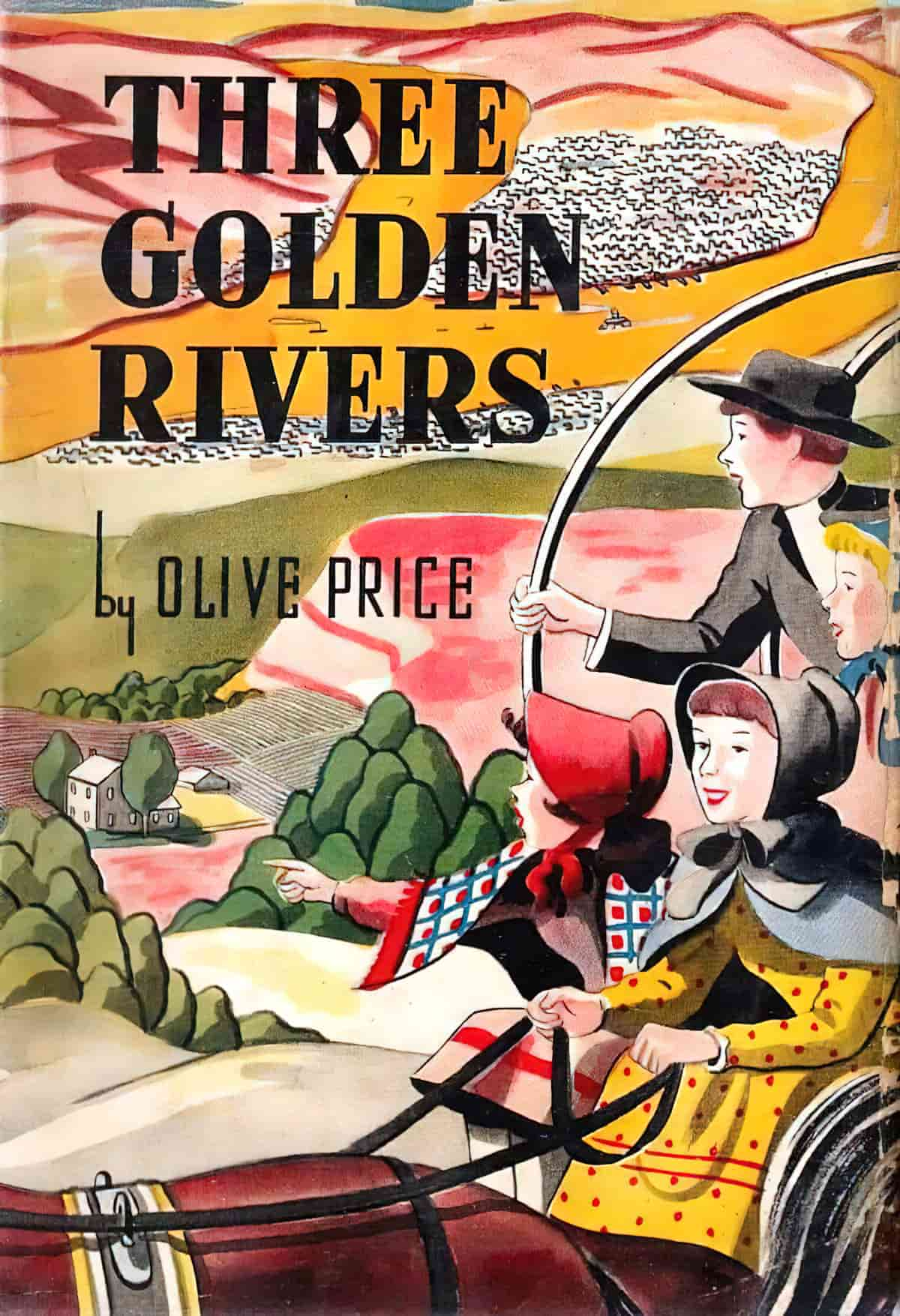
PERILOUS MOUNTAIN ROADS AND PASSES
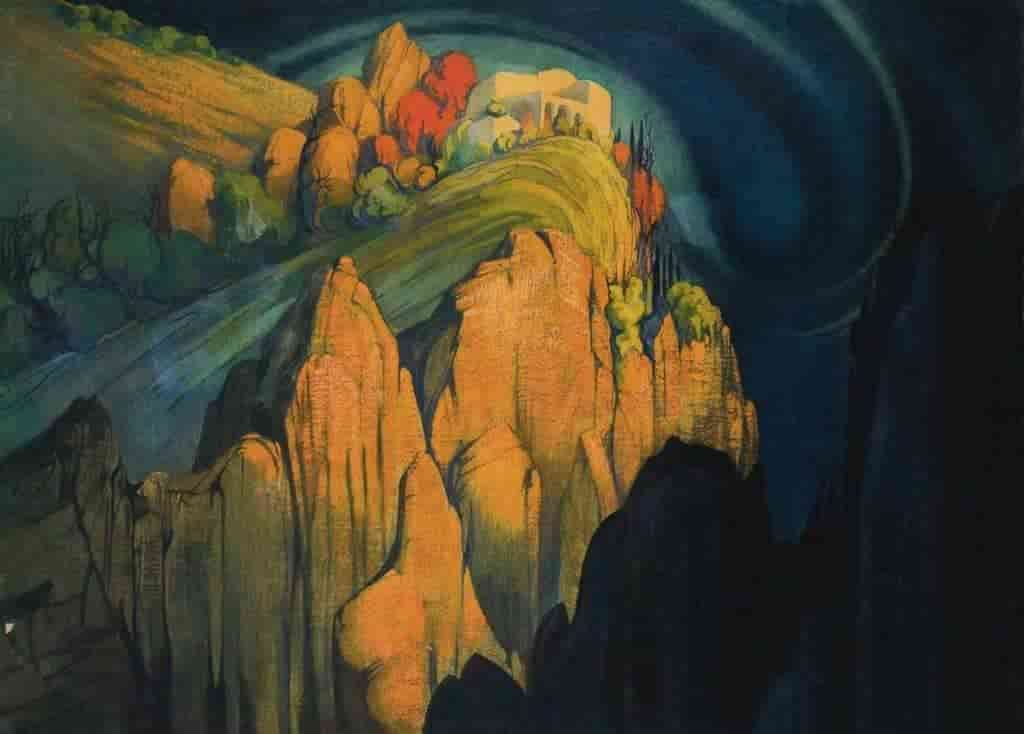
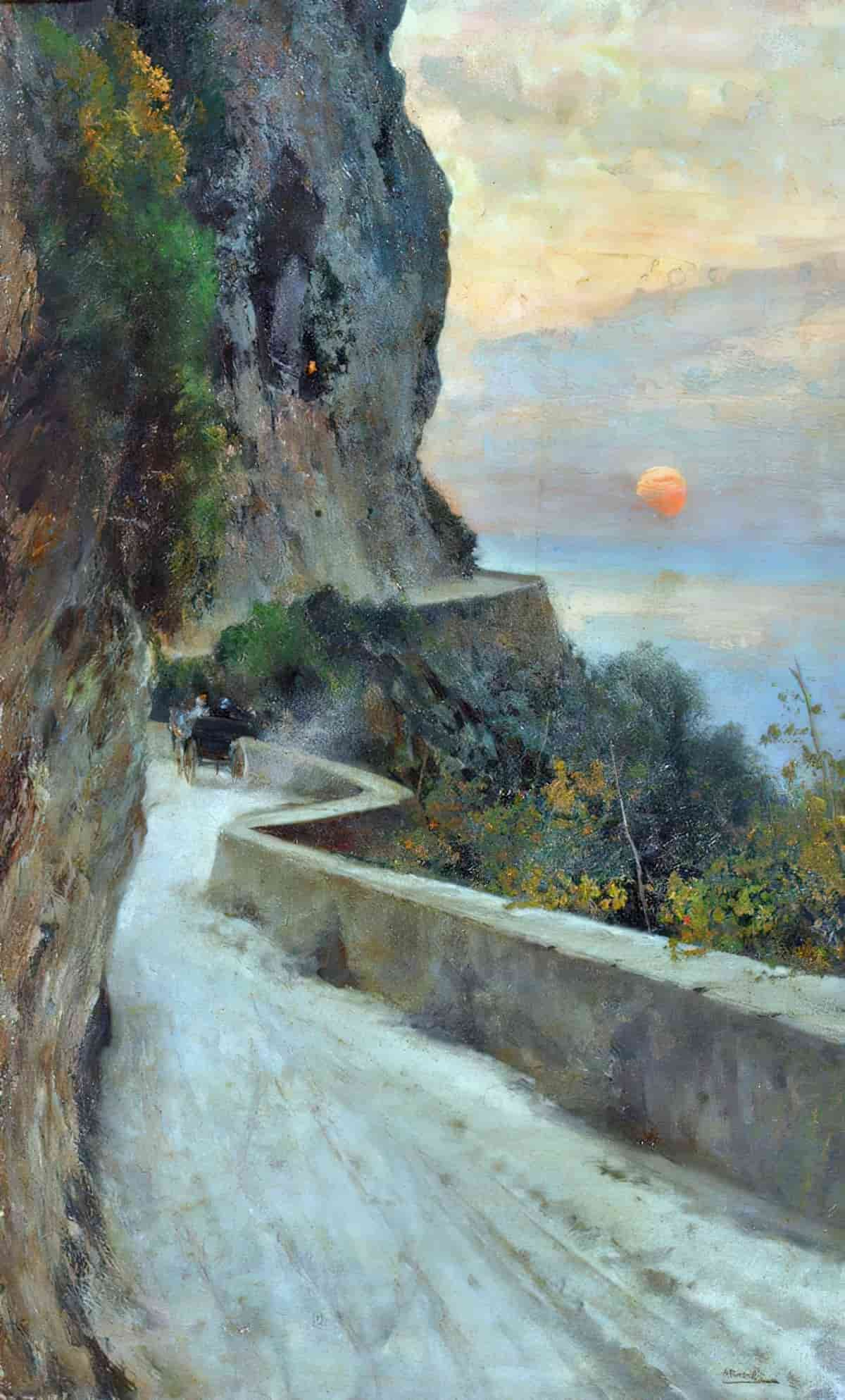
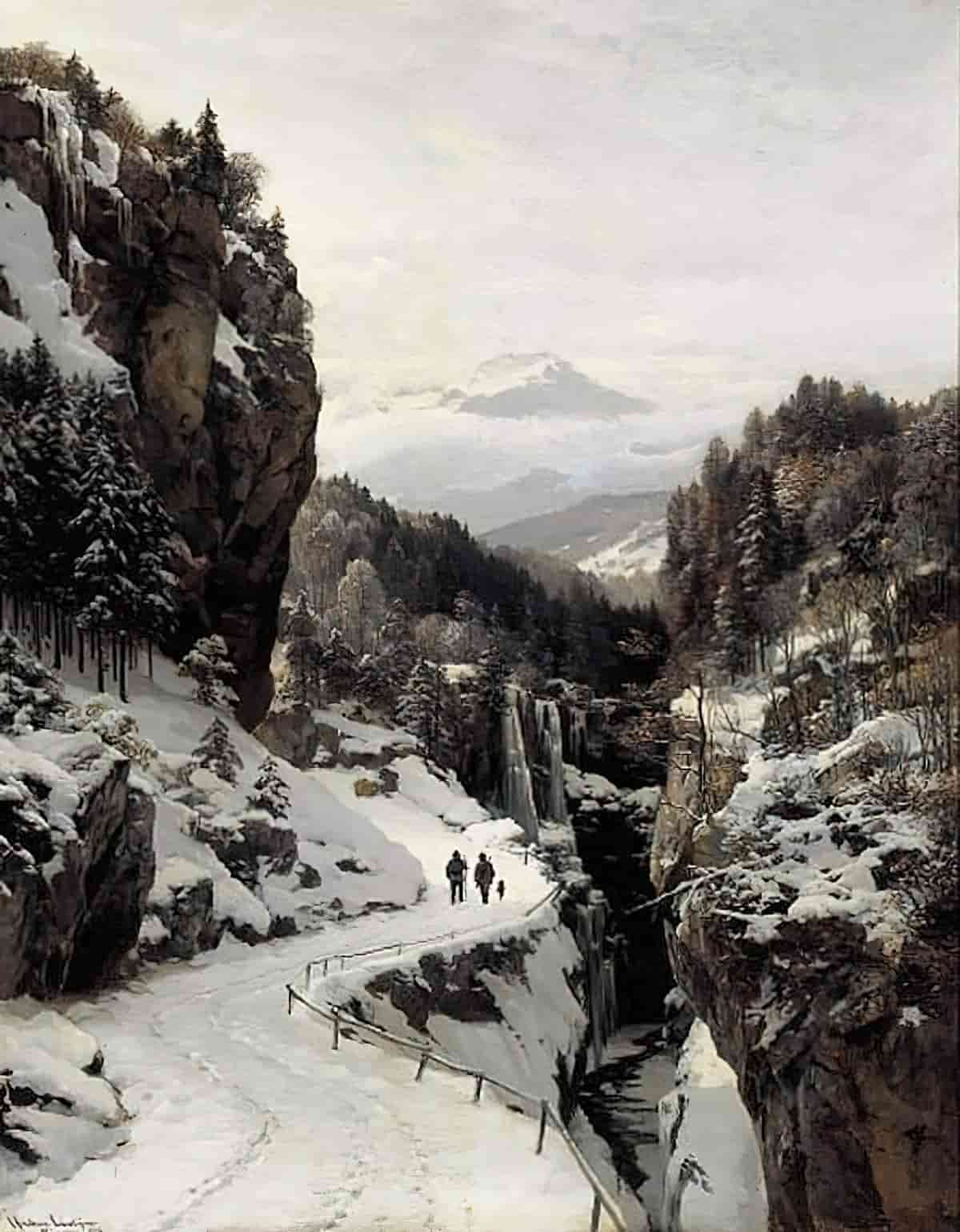
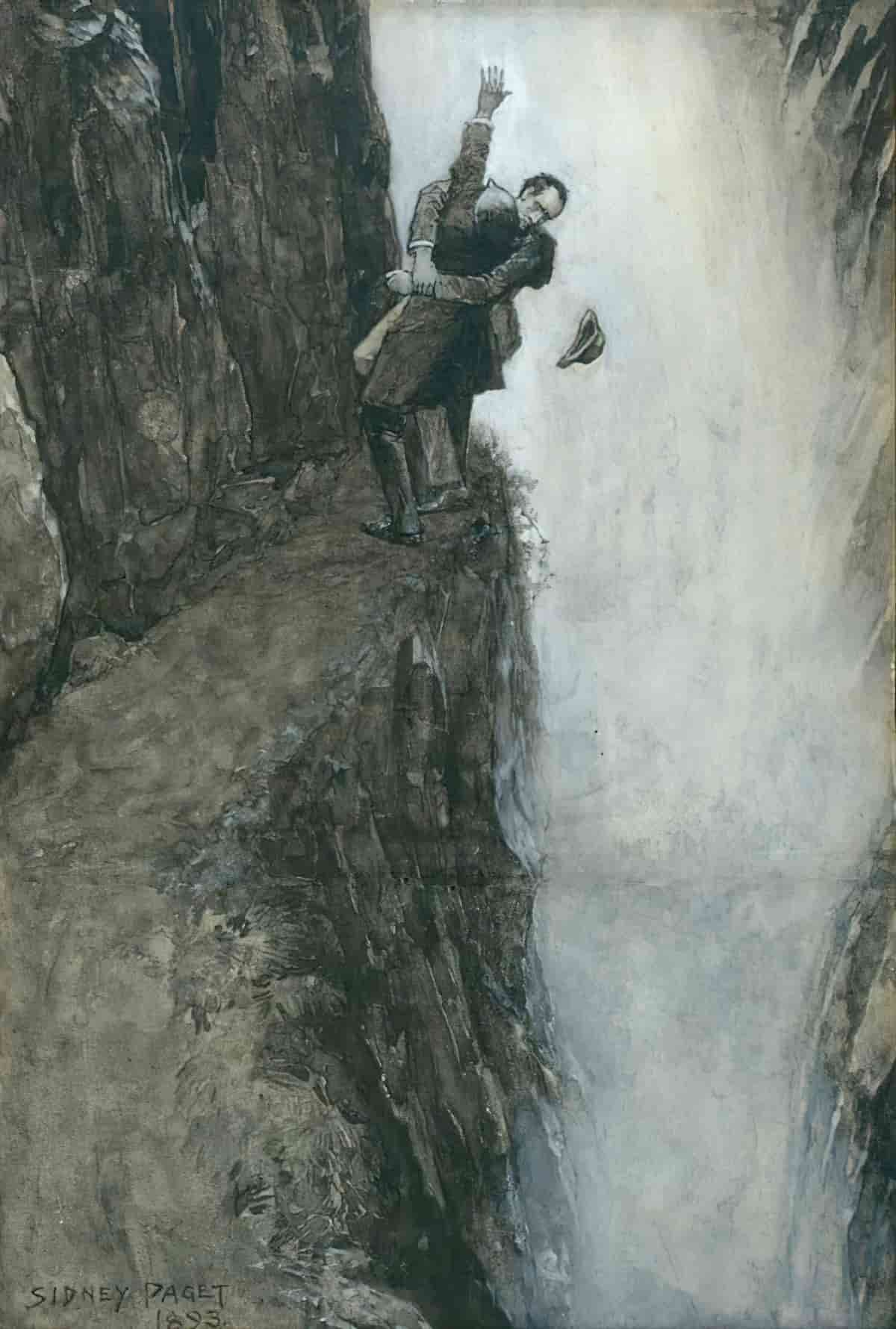
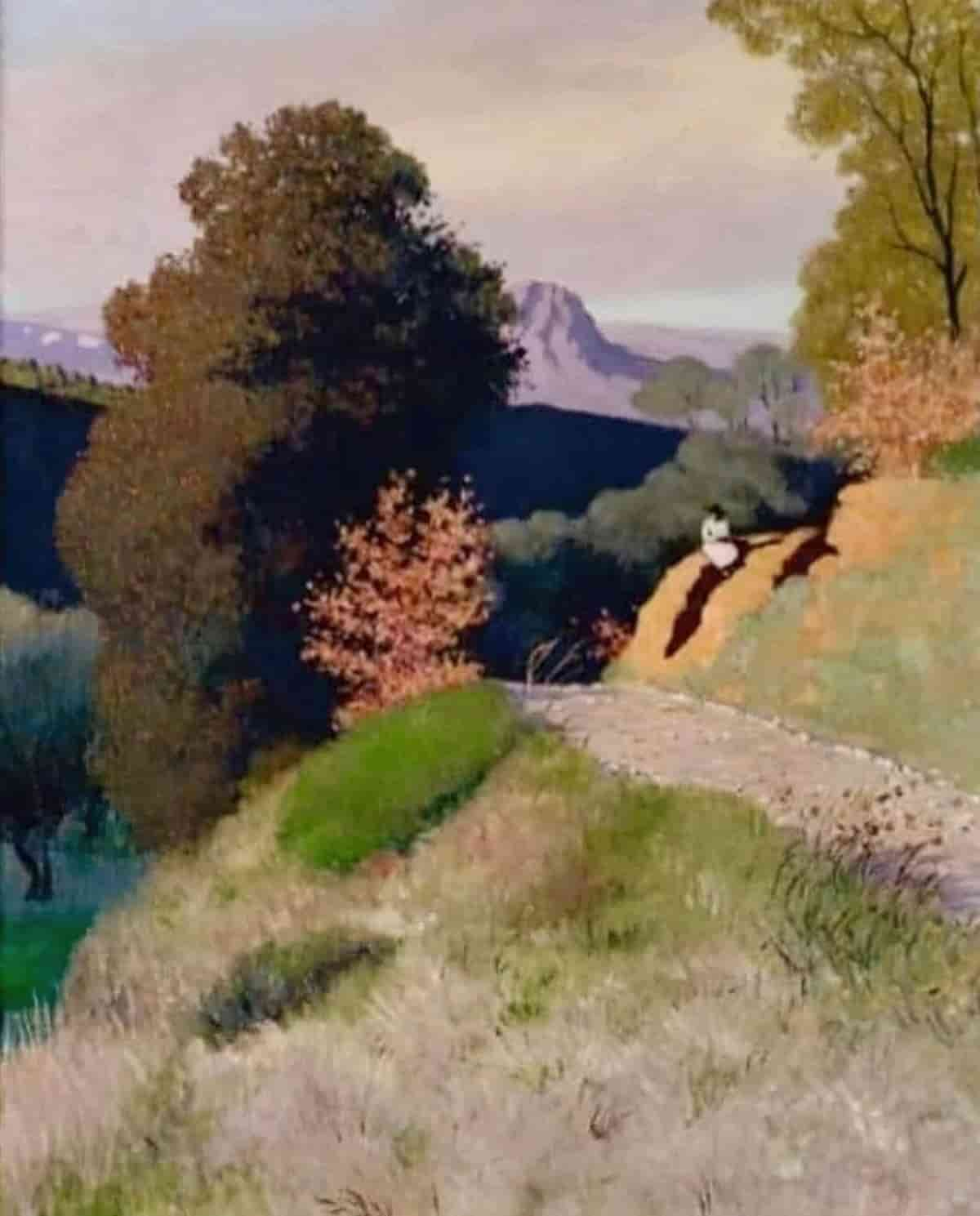
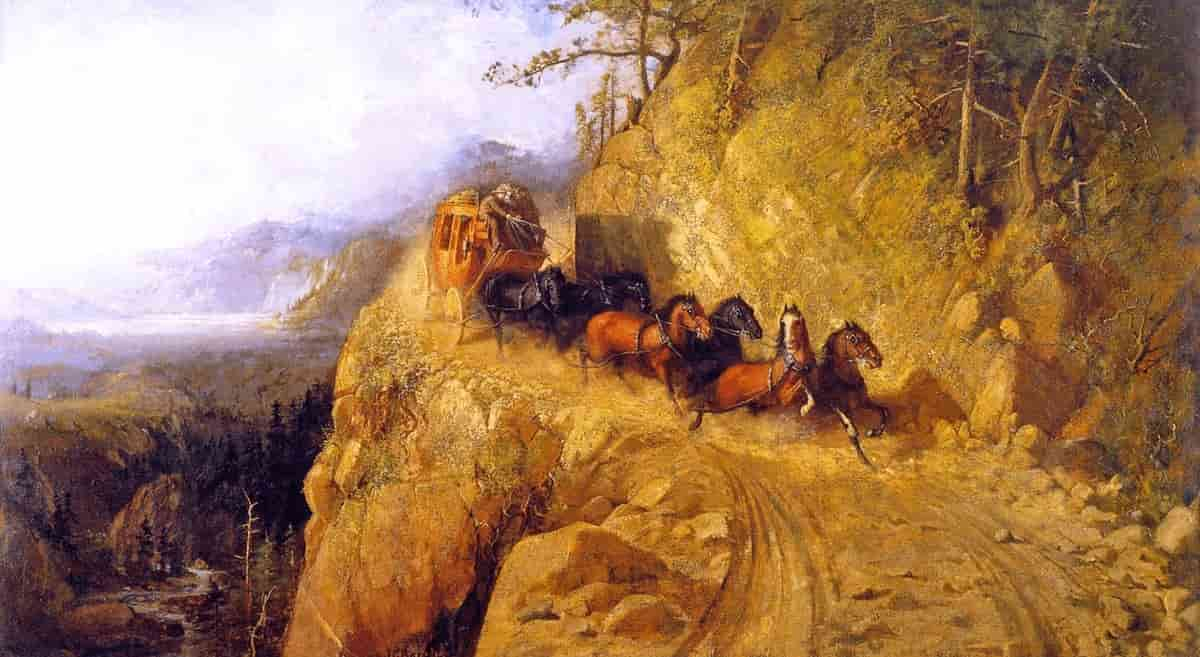
INTERESTING WORDS RELATED TO ROAD TRIPS
Chronotope
According to Russian literary theorist Mikhail Bakhtin (1895–1975), a chronotope is a type of image which fuses spatial and temporal concreteness in a way that is “saturated” with “significance”.
The open road is an ancient example of a chronotope, as a metaphor of life as a solitary journey. The Every Man journeys along a path with a certain amount of time allotted to his life, and a limited number of things to see. The road trip is a condensed lifetime. (In the 1800s, the chronotope of the open road became the city street.)
Peregrination
This is a literary, humorous word and means a long journey, especially a long and meandering one.
Header photo by Toa Heftiba
